CANTERBURY SCENE
A Progressive Rock Sub-genre
From Progarchives.com, the ultimate progressive rock music website
Canterbury Scene definition
With many other types of English progressive music developing mostly in London, it may at first seem strange that the old pilgrimage centre and relatively quiet cathedral city of Canterbury, became the centre of this very English form of progressive music and jazz fusion. Originally the Wilde Flowers, a teenage band of members living in and around Canterbury, playing a mix of pop, R'n'B and band members with a developing love of jazz, was formed in the 60's and became the seedling from which the Canterbury Scene grew. Australian beatnik Daevid Allen during a long stop-over at Robert Wyatt's parent's home, a refuge for many left field artists, was to catalyse the evolution of the Wilde Flowers into the fledging Soft Machine and the development of some avant music during the English psychedelic and underground period. From 1963 to 1969, the Wilde Flowers included most of the figures who later formed Canterbury's two best known bands, (The) Soft Machine (Robert Wyatt, Kevin Ayers, Hugh Hopper) and Caravan (Pye Hastings, David Sinclair, Richard Sinclair, Richard Coughlan).Canterbury was then to be the cradle for several of the more freewheeling British bands of the post-psychedelic era. While fans would suggest this is the home of an English musical quirkiness tempered with quite a bit of whimsy, within the Canterbury Scene's musical spectrum any similarities between Canterbury's major bands, (e.g. Soft Machine, Caravan, Gong, Robert Wyatt, Kevin Ayers, Hatfield & the North, Egg, National Health), are not immediately obvious*. Most bands will be found employing a clever fusion of rock rhythms and jazz improvisation with intellectual song-writing and varying strengths of psychedelia - some would too include folk elements (e.g. Spirogyra), others blues (e.g. Carol Grimes and Delivery). In addition, a number of bands employed various elements from classical music, for instance those bands with Dave Stewart playing keyboards. Whilst there have been a handful of excellent and distinctly different guitarists to play with Canterbury bands (e.g. Andy Summers, Allan Holdsworth, John Etheridge, Steve Hillage, Phil Miller), the lead instrument of choice has been keyboards. One English peculiarity of Canterbury is what the late John Peel called the 'School of Anti-song' because of particular Wyatt, Ayers and Richard Sinclair's approaches to vocals and perhaps the whimsy. More recently Richard Sinclair's vocal style has perhaps accurately been labelled as 'English jazz singing' by Jazzwise (i.e. singing jazz with an English rather than the usual American accent). In addition Canterbury musicians have experimented as avant garde, free jazz players, e.g. instance Elton Dean, Lol Coxhill, Steve Miller.
(*However, once you've heard some Canterbury bands the commonality becomes more obvious - chord sequencing e.g. Caveman Hughscore's electric piano opening on the tune 'More Than Nothing', the vocals, the lyrics etc.)
Both the Soft Machine and Caravan were popular in England's psychedelic/ underground scene before releasing their first albums in 1968, with Machine completing on level footing with Pink Floyd. However, by the early 70's a series of fragmenting changes of bands' line-ups, (Soft Machine went through about 30) and the subsequent formation of new bands, rapidly broadened Canterbury's range, with many newer musicians with only loose and in fact, no previous Canterbury connections. Early Soft Machine member Daevid Allen formed Gong in Paris. Both Kevin Ayers and Robert Wyatt left the Softs because of musical developments they did not like, to begin their own solo careers. By the mid-70's, most the old and new Canterbury bands had progressed away from psychedelia, developing their distinct forms of progressive rock some embracing jazz fusion, many playing extended jams with now limited lyrical input (e.g. Hatfield and The Norths, National Health, Gilgamesh). Caravan became more folky. However, as the 70's progressed several Canterbury bands would lose most of the rock element from their music. Gong retained their psychedelic side longest, but with the departure of Daevid Allen and Steve Hillage in the mid 70's, the band evolved into the percussion-oriented, jazz rock group Gong, which eventually became the modern day Gongzilla. Daevid Allen regained Gong's name in the 90's and through his solo work and with his University of Errors, is still evidently producing psychedelia. Steve Hillage's form of psychedelia evolved into the glissando rock of his own band and then into electronica, by the end of the 70's. In particular, Hillage through his work as a successful record producer of new bands from the 80's, develop his form of electronica through other bands. This music lost much of its complexity e.g. few riffs played over and over, rather than dozens per tune that previously had often typified prog, into a very popular form that is the antithesis of prog, i.e. the various forms of house music, with associated remixing/turntablism. For instance, Gong's "You" got the remix treatment in the 90's - but then to reflect his range of activities, Hillage has also produced and played guitar for Algerian Rai singer, Rachid Taha for over 20 years.
Many of Britain's better known avant-garde and fusion musicians of the 70's and 80's - including Fred Frith (Henry Cow), Allan Holdsworth (Gong, Soft Machine, UK, Bruford) and Peter Blegvad - were involved during their early careers playing in Canterbury bands. And still new musicians join the Canterbury Scene's ranks, Theo Travis being perhaps the most notable recently (Gong, The Soft Machine Legacy). The Canterbury scene was to have a major influence on musicians in Europe, especially France (e.g. Gong, Moving Gelatine Plates), the Netherlands (Super Sister)and Italy (Daedalus), and more belatedly in the USA (Hughscore). Caravan reformed in the mid 90's, while ex-members of Soft Machine could be found in various avant jazz and straight jazz fusion groups, e.g. Just Us, Soft Heap, Soft Works and most recently The Soft Machine Legacy. From the Canterbury Scene, RIO it its various forms has developed.
FOOTNOTE: As indicated above, many Canterbury Scene bands are acknowledged as having played/are playing jazz rock fusion. However, because of their strong Canterbury affliations are listed under "Canterbury Scene" in Prog Archives.
Dick Heath
Based loosely in part on the source: http://www.allmusic.com
(Edition 3, Aug 2009)
Current team members as at 9/12/2022:
Scott (Evolver)
Drew (BrufordFreak)
Mike (siLLy puPPy)
Mira (Mirakaze)
Canterbury Scene Top Albums
Showing only studios | Based on members ratings & PA algorithm* | Show Top 100 Canterbury Scene
 | More Top Prog lists and filters
| More Top Prog lists and filters
Canterbury Scene overlooked and obscure gems albums 
Random 3 (reload page for new list) | As selected by the Canterbury Scene experts team
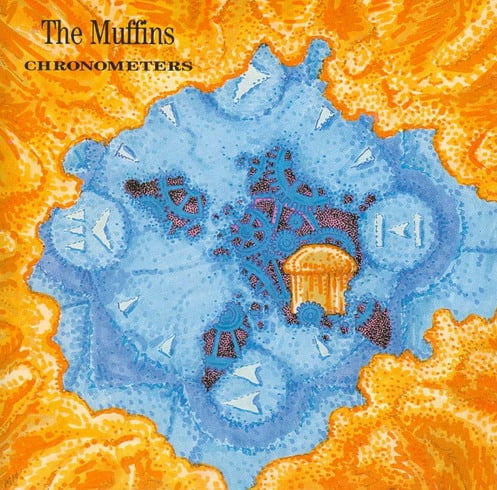 CHRONOMETERS
CHRONOMETERSMuffins, The |
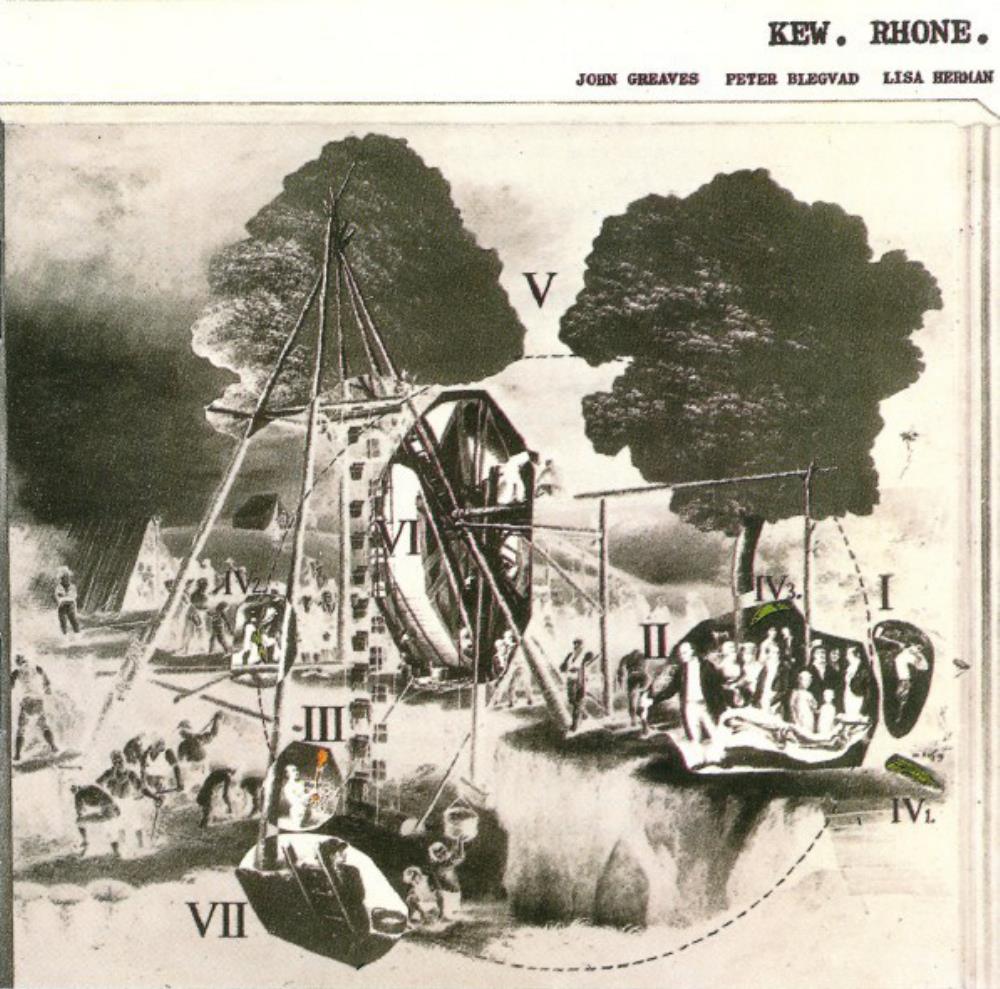 JOHN GREAVES, PETER BLEGVAD & LISA HERMAN: KEW. RHONE.
JOHN GREAVES, PETER BLEGVAD & LISA HERMAN: KEW. RHONE.Greaves, John |
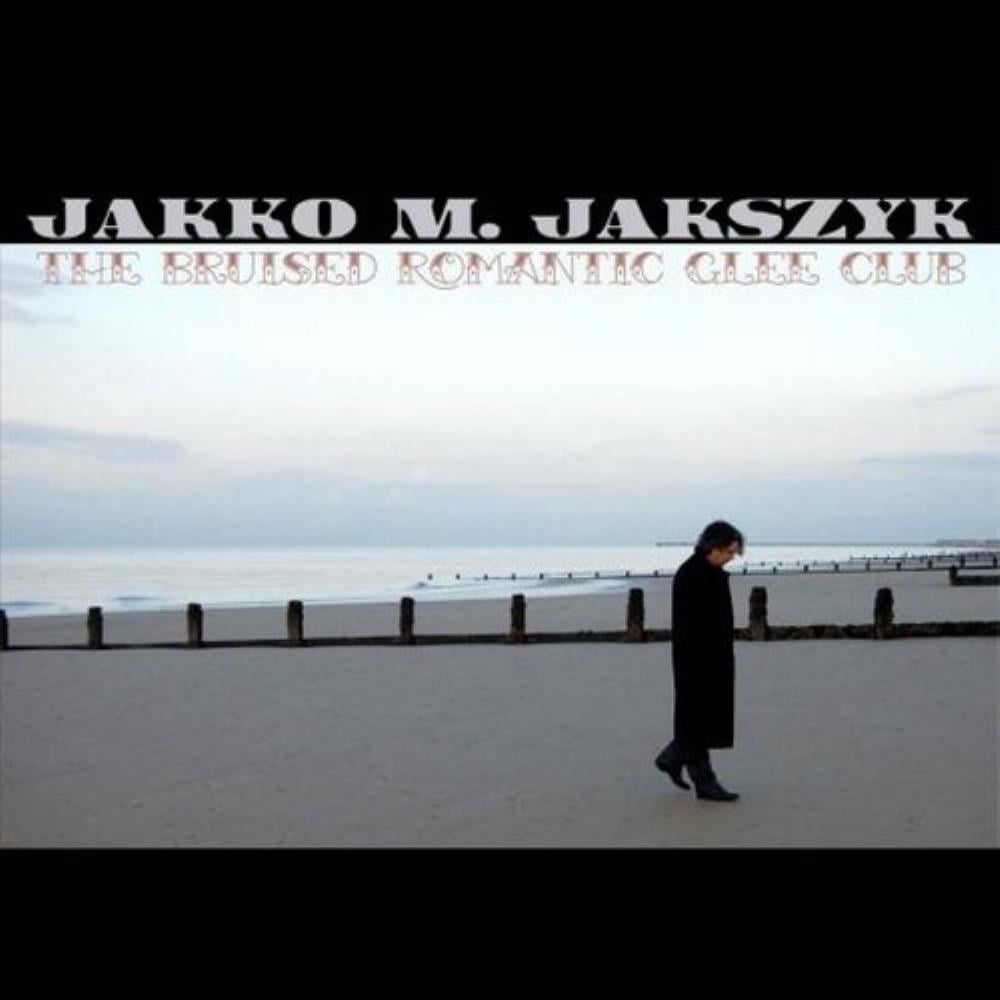 THE BRUISED ROMANTIC GLEE CLUB
THE BRUISED ROMANTIC GLEE CLUBJakszyk, Jakko M. |
Latest Canterbury Scene Music Reviews
National Health Canterbury Scene
Review by Kaiba
 National Health's Of Queues and Cures still holds up as a smart yet accessible prog rock album. The playing is intricate?think jazz-flavored rhythms and layered melodies?but avoids feeling overly calculated. Take The Bryden 2-Step: the guitar and keyboard trade sharp, interlocking phrases without losing the track's drive. Binoculars stands out with its raw emotional tone, offering a directness that contrasts with the album's more abstract moments (which makes it one of my favourite songs among all the works of National Health).
What works in this album is how they balance complexity with groove; even the busiest sections feel grounded. It demands attention, but the payoff comes through repeated listens. A good gateway into 70s Canterbury Scene, whether you're a seasoned prog listener or just curious. 4.5 rounding up to 5.
National Health's Of Queues and Cures still holds up as a smart yet accessible prog rock album. The playing is intricate?think jazz-flavored rhythms and layered melodies?but avoids feeling overly calculated. Take The Bryden 2-Step: the guitar and keyboard trade sharp, interlocking phrases without losing the track's drive. Binoculars stands out with its raw emotional tone, offering a directness that contrasts with the album's more abstract moments (which makes it one of my favourite songs among all the works of National Health).
What works in this album is how they balance complexity with groove; even the busiest sections feel grounded. It demands attention, but the payoff comes through repeated listens. A good gateway into 70s Canterbury Scene, whether you're a seasoned prog listener or just curious. 4.5 rounding up to 5.
Caravan Canterbury Scene
Review by Kaiba
 While this album offers moments of undeniable charm, it struggles to fully commit to a cohesive identity. The
album starts strong with Waterloo Lily?catchy guitar riffs and bright melodies prove it's a solid opener. The
second track isn't bad either: it takes a sharp turn into jazz-rock territory with bold experimental shifts. The
issue begins later: from the third track onward, the band retreats to their comfort zone. The melodies grow
repetitive, the rhythms turn predictable, and while their playful charm remains, it lacks freshness.
Yet amidst these inconsistencies shines "The Love in Your Eye," a sprawling epic whose emotional resonance
arguably ranks among Caravan's finest compositions.
All in all, this isn't a disappointing album. In fact, its bold fusion-jazz experimentation?ironically?even
overshadows the remaining tracks, which, while still pleasant, feel comparatively ordinary. Its high standard
overall, along with the fragmented brilliance still justifies a solid four-star rating. For listeners open to jazz, this
remains to be a album that's worth a listen.
While this album offers moments of undeniable charm, it struggles to fully commit to a cohesive identity. The
album starts strong with Waterloo Lily?catchy guitar riffs and bright melodies prove it's a solid opener. The
second track isn't bad either: it takes a sharp turn into jazz-rock territory with bold experimental shifts. The
issue begins later: from the third track onward, the band retreats to their comfort zone. The melodies grow
repetitive, the rhythms turn predictable, and while their playful charm remains, it lacks freshness.
Yet amidst these inconsistencies shines "The Love in Your Eye," a sprawling epic whose emotional resonance
arguably ranks among Caravan's finest compositions.
All in all, this isn't a disappointing album. In fact, its bold fusion-jazz experimentation?ironically?even
overshadows the remaining tracks, which, while still pleasant, feel comparatively ordinary. Its high standard
overall, along with the fragmented brilliance still justifies a solid four-star rating. For listeners open to jazz, this
remains to be a album that's worth a listen.
Caravan Canterbury Scene
Review by Kaiba
 Pure 1970s gold for anyone who loves rock that's smart but never stuffy. Caravan mixes jazzy basslines, trippy
guitar riffs, and flutes that sound like they're dancing (Hello Hello is a straight-up joyride). As I Feel I Die shows
their magic?crazy sax solos crash into gentle melodies without missing a beat, like a garage band that
accidentally wrote a symphony. The whole album feels raw in the best way: fuzzy recordings, loose jams, and
playful lyrics. Sure, it's "prog-rock," but forget the fancy labels?this is just great music that's aged like a weird
vintage wine. Fifty years later, it's still the kind of album you'll want to play "all over again". 4.5 rounding up to
5.
Pure 1970s gold for anyone who loves rock that's smart but never stuffy. Caravan mixes jazzy basslines, trippy
guitar riffs, and flutes that sound like they're dancing (Hello Hello is a straight-up joyride). As I Feel I Die shows
their magic?crazy sax solos crash into gentle melodies without missing a beat, like a garage band that
accidentally wrote a symphony. The whole album feels raw in the best way: fuzzy recordings, loose jams, and
playful lyrics. Sure, it's "prog-rock," but forget the fancy labels?this is just great music that's aged like a weird
vintage wine. Fifty years later, it's still the kind of album you'll want to play "all over again". 4.5 rounding up to
5.
Caravan Canterbury Scene
Review by Kaiba
 Definitely one of the best albums of Caravan. Mostly constituted by instrumental pieces, this album lays less
stress on vocal parts, which may be the reason why it is sometimes eclipsed by former albums like "the land...".
But it's still an indeed masterpiece that may even reach new heights in the essence of being a Canterbury
Scene with all the superb performances made mainly by keyboard or drum. In particular, "memory
lain"features truly uplifting passages and "surprise, surprise"is a real surprise as well. The combination of viola
and strings also add a distinctive texture to this album, which can be highlighted the most in "a hunting...".
Definitely one of the best albums of Caravan. Mostly constituted by instrumental pieces, this album lays less
stress on vocal parts, which may be the reason why it is sometimes eclipsed by former albums like "the land...".
But it's still an indeed masterpiece that may even reach new heights in the essence of being a Canterbury
Scene with all the superb performances made mainly by keyboard or drum. In particular, "memory
lain"features truly uplifting passages and "surprise, surprise"is a real surprise as well. The combination of viola
and strings also add a distinctive texture to this album, which can be highlighted the most in "a hunting...".
Gong Canterbury Scene
Review by alainPP
 This Special Edition album features all eight tracks from 2023's 'Unending Ascending' and incorporates five live
tracks to make it seem like a live production, available digitally until the time of writing; no doubt, die-hard fans of
this unclassifiable band will have gotten their hands on it under their 80s raincoat, the era of innovative ska. The
bonus track 'Musica Per Aprire La Mente, Musica Per Aprire Il Cuore' is the best live track on this album. For the
eight tracks, the spotlight goes to the languid Crimsonian 'Ship of Ishtar,' magnified by the bewitching voice of
Saskia Maxwell, in fact the vocal engine inspired by the DEAD CAN DANCE or even COCTEAU TWINS. An album that
has brought nothing since the death of its founding father, which maintains the legend of a band apart for many
fans who remained attached to their sound of the 70s and who will die with an epitaph of said band on their
tombstone for sure. An album with an Indian atmosphere, psychedelic above all and quite far from the Canterbury
movement that it is supposed to represent. The most 'painful' pieces are those with wind instruments which upset
by assaulting the ear.
This Special Edition album features all eight tracks from 2023's 'Unending Ascending' and incorporates five live
tracks to make it seem like a live production, available digitally until the time of writing; no doubt, die-hard fans of
this unclassifiable band will have gotten their hands on it under their 80s raincoat, the era of innovative ska. The
bonus track 'Musica Per Aprire La Mente, Musica Per Aprire Il Cuore' is the best live track on this album. For the
eight tracks, the spotlight goes to the languid Crimsonian 'Ship of Ishtar,' magnified by the bewitching voice of
Saskia Maxwell, in fact the vocal engine inspired by the DEAD CAN DANCE or even COCTEAU TWINS. An album that
has brought nothing since the death of its founding father, which maintains the legend of a band apart for many
fans who remained attached to their sound of the 70s and who will die with an epitaph of said band on their
tombstone for sure. An album with an Indian atmosphere, psychedelic above all and quite far from the Canterbury
movement that it is supposed to represent. The most 'painful' pieces are those with wind instruments which upset
by assaulting the ear.
Hatfield And The North Canterbury Scene
Review by alainPP
 1. The Stubbs Effect and Big Jobs (Poo Poo Extract) as canter openings, soft, jazzy soft pop; soft rock,
experimentation, already.
3. Going Up to People and Tinkling follows, a muted pop air, a fusion of genres from a jazzy bar night, ah, it's
becoming clearer, sound effects too, cinematic one would say today.
4. Calyx continues, trumpet and backing vocals or both at the same time, vocal rambling above all with the great
Robert leading the way.
5. Son of "There's No Place Like Homerton," an epic track whose sequencing is once again noteworthy, hence
the prog vein certification; a beautiful peregrination with wind instruments at the forefront, the melody flowing
unrestrainedly on an avant-garde side of the time, combining classical, hushed ambiance and suave
compositions, the moment when we can understand the progressive wanderings of Pink Floyd, Genesis, Magma,
Robert Wyatt. A subdued bon mot for this purely progressive take on the early 70s. An atmosphere that flirts
with the works of the great King Crimson in the final third, with sax and shrill backing vocals.
6. Aigrette, not sour but almost, with this more instrumental vocal for the pastoral, floral interlude.
7. Rifferama and Richard with his swirling bass, a Camel, Caravan, born in Canterbury. Phil uses his energetic
guitar to flirt with free jazz-rock, harking back to the future of Return to Forever.
1. The Stubbs Effect and Big Jobs (Poo Poo Extract) as canter openings, soft, jazzy soft pop; soft rock,
experimentation, already.
3. Going Up to People and Tinkling follows, a muted pop air, a fusion of genres from a jazzy bar night, ah, it's
becoming clearer, sound effects too, cinematic one would say today.
4. Calyx continues, trumpet and backing vocals or both at the same time, vocal rambling above all with the great
Robert leading the way.
5. Son of "There's No Place Like Homerton," an epic track whose sequencing is once again noteworthy, hence
the prog vein certification; a beautiful peregrination with wind instruments at the forefront, the melody flowing
unrestrainedly on an avant-garde side of the time, combining classical, hushed ambiance and suave
compositions, the moment when we can understand the progressive wanderings of Pink Floyd, Genesis, Magma,
Robert Wyatt. A subdued bon mot for this purely progressive take on the early 70s. An atmosphere that flirts
with the works of the great King Crimson in the final third, with sax and shrill backing vocals.
6. Aigrette, not sour but almost, with this more instrumental vocal for the pastoral, floral interlude.
7. Rifferama and Richard with his swirling bass, a Camel, Caravan, born in Canterbury. Phil uses his energetic
guitar to flirt with free jazz-rock, harking back to the future of Return to Forever.8. Fol De Rol follows with this mantra from another age, a moment where each note coming together becomes nostalgic, vibrant, or exasperating, depending on the listeners' tastes; perfection of the moment, soulless tinkering.
9. Shaving Is Boring follows with the typical Canterbury take; It starts out of nowhere, it's barely audible, and then, and then it transforms into a minimalist electronic musical mishmash that holds up, like the work of Tangerine Dream; confusing, astounding, gradually captivating; an open-door break, the sound of footsteps, and the finale, as if coming from elsewhere, for the organ-bass-guitar assault on Canterbury time, the one that melts time with notes. 10. Licks for the Ladies follows, as if there were no sides on LPs at the time; a rural atmosphere with a distant vocal on an acoustic guitar and its electric organ. 11. Bossa Nochance follows, just more energetic. 12. Big Jobs No 2 (by Poo and the Wee Wees) in the same vein, well, why separate tracks that are only the musical continuation? Soft vocals and guitar play the part with a honeyed undertone. 13. Lobster in Cleavage Probe arrives, electric organ on choirs of sirens or nuns in bloom, the bucolic scene is confirmed; a battle without weapons between two female choirs wandering in cloudy limbo before the powerful solo, launching 14. Gigantic Land-Crabs in Earth Takeover Bid and its unashamedly crimsonian solo into violent, archaic, heavy territory?yes, the word is out, which makes me smile at the look of my prog friends, impervious to the prog metal movement, in short; a little sweetness, clarinet, tweet, tweet, or almost, before the new deluge and 15. The Other Stubbs Effect closes the debate with the psychedelically disturbing outro.
National Health Canterbury Scene
Review by Lobster77
 National Health's second LP is generally similar to their first, but there are several points of difference: co-founder
Alan Gowen is no longer involved, Amanda Parsons' lovely vocals are missing as well, and whereas all material on the
debut was composed by Gowen and Dave Stewart, here the songwriting is more evenly distributed, with Stewart
contributing three tracks ? "The Bryden 2-Step (for Amphibians)" Parts 1 and 2, and "The Collapso" ? and bassist John
Greaves, guitarist Phil Miller, and drummer Pip Pyle one apiece ("Squarer for Maud", "Dreams Wide Awake", and
"Binoculars").
National Health's second LP is generally similar to their first, but there are several points of difference: co-founder
Alan Gowen is no longer involved, Amanda Parsons' lovely vocals are missing as well, and whereas all material on the
debut was composed by Gowen and Dave Stewart, here the songwriting is more evenly distributed, with Stewart
contributing three tracks ? "The Bryden 2-Step (for Amphibians)" Parts 1 and 2, and "The Collapso" ? and bassist John
Greaves, guitarist Phil Miller, and drummer Pip Pyle one apiece ("Squarer for Maud", "Dreams Wide Awake", and
"Binoculars").Side A's first track, "The Bryden 2-Step (for Amphibians)" Part 1, begins with a hushed "dawn" introduction (complete with birdsong), which gives way to an energetic theme that might at first be mistaken for something by Emerson, Lake & Palmer before settling into a fusion-y interlude and concluding with a hypnotic passage featuring a bass solo. Regarding the next track, "The Collapso", suffice it to say that it bears no resemblance to calypso, even though Selwyn Baptiste appears briefly on steel drums; in fact, it sounds particularly ELP-ish. The final track on Side A, "Squarer for Maud", is rather more foreboding, sounding at times somewhat like some extended instrumental excursion by the Starless and Bible Black-period King Crimson, and incorporates a sudden spoken-word interjection that feels like it could have come from Robert Fripp's Exposure.
Opening side B is "Dreams Wide Awake", which starts out in a way that could put you momentarily in mind of Edgar Winter's "Frankenstein" and then goes back into the standard National Health solo-trading that's always enjoyable to listen to but would be a challenge to identify which track it came from if you were to hear a random segment of it. The next track, "Binoculars", features actual singing (by John Greaves), making it the most reminiscent of Hatfield and the North of anything on this LP; there's also some nice flute and clarinet by Jimmy Hastings. The album closes with "The Bryden 2-Step (for Amphibians)" Part 2, which starts with an almost bolero-like riff before breaking into the main theme from Part 1 and finally drifting off ethereally in typical Dave Stewart fashion. 4.99 a essential for the Canterbury section of a collection.
Hatfield And The North Canterbury Scene
Review by Lobster77
 Debut album by the legendary Canterbury group Hatfield And The North, probably one of the most iconic and
unsurpassed masters of the genre. Comprising of keyboardist Dave Stewart, guitarist Phil Miller, bassist / vocalist
Richard Sinclair and drummer Pip Pyle, with guests like reedman Geoff Leigh (Henry Cow), vocalist Robert Wyatt and
others, they recorded what is considered to be the ultimate Canterbury masterpiece. The album represents
everything that the genre stands for: brilliant melodies, strange harmonies, superb musicianship, quirk rhythmic
patterns and a good dash of British humor. It is difficult to pinpoint why this album and its follow up turned out to be
the genre's icons, but the fact that they are the first thing that come to mind when Canterbury is mentioned speaks
for itself. Whatever the reasons, this is an absolute classic album, which lost nothing of its intrinsic beauty and
musical perfection over time. A definite Canterbury essential 4.0
Debut album by the legendary Canterbury group Hatfield And The North, probably one of the most iconic and
unsurpassed masters of the genre. Comprising of keyboardist Dave Stewart, guitarist Phil Miller, bassist / vocalist
Richard Sinclair and drummer Pip Pyle, with guests like reedman Geoff Leigh (Henry Cow), vocalist Robert Wyatt and
others, they recorded what is considered to be the ultimate Canterbury masterpiece. The album represents
everything that the genre stands for: brilliant melodies, strange harmonies, superb musicianship, quirk rhythmic
patterns and a good dash of British humor. It is difficult to pinpoint why this album and its follow up turned out to be
the genre's icons, but the fact that they are the first thing that come to mind when Canterbury is mentioned speaks
for itself. Whatever the reasons, this is an absolute classic album, which lost nothing of its intrinsic beauty and
musical perfection over time. A definite Canterbury essential 4.0
National Health Canterbury Scene
Review by SliprKC70
 National Health was a late Canterbury Scene supergroup consisting of Dave Stewart, Pip Pyle, John
Greaves, and Phil Miller. It's essentially Hatfield and the North with the addition of Greaves instead of
Richard Sinclair. Out of all these talented men that played on this record, I want to quickly say that I
personally loved Pip Pyle's performance on all these numbers. I just love Pyle's style as a whole, but here it's
very much present all over this thing. Going along now, for the longest time, I avoided much of the main
Canterbury Scene bands, but in the past couple of months I've opened up to bands like Hatfield and the
North, Moving Gelatin Plates, and obviously National Health. Their second album, Of Queues and Cures, is
an absolute masterpiece and possibly one of the last great moments of the classic progressive rock era. Its
musicianship, precision, and sheer complexity rival even some of the greatest albums in the scene, and the
sprawling song lengths give room for the band to exercise and explore their creative playing and ideas into
such stunning tracks. It's perfectly balanced between playful and humorous progressive rock and fast-
paced, serious avant-garde jazz fusion. All of this makes for a stellar record that, while a bit hard for some
listeners to digest, is a staple for the progressive rock genre as a whole. It's also an impressive achievement,
seeing how this is coming off the heels of the amazing self-titled debut they made the same year.
National Health was a late Canterbury Scene supergroup consisting of Dave Stewart, Pip Pyle, John
Greaves, and Phil Miller. It's essentially Hatfield and the North with the addition of Greaves instead of
Richard Sinclair. Out of all these talented men that played on this record, I want to quickly say that I
personally loved Pip Pyle's performance on all these numbers. I just love Pyle's style as a whole, but here it's
very much present all over this thing. Going along now, for the longest time, I avoided much of the main
Canterbury Scene bands, but in the past couple of months I've opened up to bands like Hatfield and the
North, Moving Gelatin Plates, and obviously National Health. Their second album, Of Queues and Cures, is
an absolute masterpiece and possibly one of the last great moments of the classic progressive rock era. Its
musicianship, precision, and sheer complexity rival even some of the greatest albums in the scene, and the
sprawling song lengths give room for the band to exercise and explore their creative playing and ideas into
such stunning tracks. It's perfectly balanced between playful and humorous progressive rock and fast-
paced, serious avant-garde jazz fusion. All of this makes for a stellar record that, while a bit hard for some
listeners to digest, is a staple for the progressive rock genre as a whole. It's also an impressive achievement,
seeing how this is coming off the heels of the amazing self-titled debut they made the same year. The album begins with The Bryden 2-Step Pt. 1, a lush and powerful melody of fast-paced jazz fusion while mixing avant prog elements into it, all while staying on a positive side. This is an excellent way to start the album and truly shows National Health's creativity when writing. The clean production on this track also puts it out there as one of the Canterbury Scene's finest examples. It's always shifting in different ways everywhere the song goes, keeping the sound fresh and unique from anything else on the song. The instrumental aspects also add more space for the band to experiment in, and they take it to their full advantage. Seriously, it's incredible how the band can go from ambient nature noise to rapid-fire jazz tunes at such volumes in such little time during the first minutes alone. The next song, The Collapso, continues this trend, being much more quirky guitar and drum work. This track is much more laid back while still pushing boundaries and exploring many different wacky instrumentations and structures. Sure, the technicality and quality of the first track aren't here, but this is still an incredible piece. One of the main problems I have with the song, though, is that it is far too short. I know the band was already stretching out what they could fit on a vinyl and that they were running out of space on a singular vinyl, but if it weren't for those limitations and they could've made this song longer, I would've liked it a lot more (as good as it already is). Squarer for Maud is probably the best song on the album, and while it might be one of the longest, the true greatness of this number is revealed more and more as the song progresses. The perfect transition from dark and ominous jazz fusion to lush and powerful avant-rock melodies is truly one of a kind in this song. The structure is also constantly teetering between different strange time signatures and wild jazz experimentation. It's hard for me to state the key perfection this song has, but basically it has every good aspect on this album doubled in terms of quality.
Dreams Wide Awake is the opening on side two and is composed mainly of drum-driven, hard-rocking, progressive rock accompanied by excessively evolving guitar and keyboard solos in the beginning, while the second half has more happy-sounding material similar to what was found on The Bryden 2 Step Pt. 1; it still brings its own unique twists and manic rhythms into the mix. It's another great piece of this record, and while it may be on the weaker side of things, it's still essential to keep this album's flow going. For a while, the next song, called Binoculars, was probably one of my most played songs. It's catchy while staying inside the realm of the band's best music, with the eleven minutes of length giving it length to squeeze wonderful vocal sections with instrumental jamming and individual spotlights on each of the band members talents. It has a neat dynamic between uplifting, soft, and quiet moments and heavy levels of loud and bombastic experimentation that make this song all the better. There is a short interlude called Phl'kat'n before we end off the album in the second part of The Bryden 2 Step, which, as the name implies, continues the musical developments found on the first part. This song definitely focuses less on having an introduction and throws the listener into the wild stuff. Sure, there are some repeating melodies from the first part, but the band manages to stay original and create a whole new atmosphere within this track. It ends off the album magnificently with this great performance.'
In conclusion, every listener of progressive rock needs to hear this marvelous sensation and feel the experience and excitement that is Of Queues and Cures. Literally, this is one of my top favorite albums of all time. Nothing on this record lets me down, and while this might be my second favorite Canterbury Scene album (behind Hatfield and the North's debut), it is impossibly close. I would give this record a perfect 5/5, but I think it's just barely out of reach, mainly because of that eight-second song (if you could call it that), and when talking about perfection, everything matters. My official rating is 4.75/5. I would highly recommend it to all listeners of this genre if you haven't already. It's incredible!
Khan Canterbury Scene
Review by Lobster77
 "KHAN" were a 4 piece made up of Canterbury-influenced musicians who later went on to their own projects, primarily guitarist
Steve Hillage. He and keyboard virtuoso Dave Stewart dominate the album with better-than-average prog ideas that
are intermittently interrupted by "far out" hippie rock cliches in the vocal verses of the song. Which is too bad,
because it somewhat distracts and detracts from some creative instrumental work that is as playful as it is complex.
I like what user Loserboy said that some of Dave Stewarts best Hammond work is on here, he's definitely right.
Dave Stewart's keyboard sounds and arrangements make this album more detailed than spacy, despite the silly
outer-space themes (especially compared to Hillage's subsequent work with the much more psychedelic band Gong).
Whether playing rhythms, arrangements, or psych/hard rock leads, Hillage's guitar style is strong and unique. Many
of the tendencies of prog rock, for better and/or worse, are abundant on this lesser-known release during its heyday.
some of these tracks on their sophomore album ( that wouldn't be released) would be placed onto Steve hillage's
solo debut "Fish Rising". 4.0 Canterbury classic
"KHAN" were a 4 piece made up of Canterbury-influenced musicians who later went on to their own projects, primarily guitarist
Steve Hillage. He and keyboard virtuoso Dave Stewart dominate the album with better-than-average prog ideas that
are intermittently interrupted by "far out" hippie rock cliches in the vocal verses of the song. Which is too bad,
because it somewhat distracts and detracts from some creative instrumental work that is as playful as it is complex.
I like what user Loserboy said that some of Dave Stewarts best Hammond work is on here, he's definitely right.
Dave Stewart's keyboard sounds and arrangements make this album more detailed than spacy, despite the silly
outer-space themes (especially compared to Hillage's subsequent work with the much more psychedelic band Gong).
Whether playing rhythms, arrangements, or psych/hard rock leads, Hillage's guitar style is strong and unique. Many
of the tendencies of prog rock, for better and/or worse, are abundant on this lesser-known release during its heyday.
some of these tracks on their sophomore album ( that wouldn't be released) would be placed onto Steve hillage's
solo debut "Fish Rising". 4.0 Canterbury classic
Canterbury Scene bands/artists list
| Bands/Artists | Country |
| ACTIONFREDAG | Norway |
| DAEVID ALLEN | Australia |
| AMOEBA SPLIT | Spain |
| ANTIQUE SEEKING NUNS | United Kingdom |
| KEVIN AYERS | United Kingdom |
| BIG HOGG | United Kingdom |
| THE BOOT LAGOON | United Kingdom |
| BILLIE BOTTLE | United Kingdom |
| BRAINVILLE | United Kingdom |
| CARAVAN | United Kingdom |
| CLEAR FRAME | United Kingdom |
| COS | Belgium |
| DE LORIANS | Japan |
| DELIVERY | United Kingdom |
| EGG | United Kingdom |
| THE FILIBUSTER SALOON | United States |
| THE GHOULIES | United Kingdom |
| MICHAEL GILES | United Kingdom |
| GILGAMESH | United Kingdom |
| GONG | Multi-National |
| GOWEN - MILLER - SINCLAIR - TOMKINS | United Kingdom |
| JOHN GREAVES | United Kingdom |
| NICHOLAS GREENWOOD | United Kingdom |
| GRINGO | United Kingdom |
| HATFIELD AND THE NORTH | United Kingdom |
| HENRYTENNIS | Japan |
| STEVE HILLAGE | United Kingdom |
| HOMUNCULUS RES | Italy |
| HOPPER - DEAN - TIPPETT - GALLIVAN | United Kingdom |
| HUGH HOPPER | United Kingdom |
| JAKKO M. JAKSZYK | United Kingdom |
| THE KENTISH SPIRES | United Kingdom |
| KHAN | United Kingdom |
| THE LODGE | United States |
| LUNOPHONE | Multi-National |
| MAGIC BUS | United Kingdom |
| MANNA / MIRAGE | United States |
| MASTER CYLINDER | United States |
| MATCHING MOLE | United Kingdom |
| MILLER & COXHILL | United Kingdom |
| PHIL MILLER | United Kingdom |
| MOLESLOPE | Japan |
| MOOM | United Kingdom |
| MOVING GELATINE PLATES | France |
| MR. SIRIUS | Japan |
| THE MUFFINS | United States |
| NATIONAL HEALTH | United Kingdom |
| OCARINAH | France |
| PANTHEON | Netherlands |
| PAZOP | Belgium |
| TOM PENAGUIN | France |
| JOHN G. PERRY | United Kingdom |
| PICCHIO DAL POZZO | Italy |
| THE POLITE FORCE | United Kingdom |
| PIP PYLE | United Kingdom |
| QUANTUM JUMP | United Kingdom |
| QUIET SUN | United Kingdom |
| SHORT WAVE | United Kingdom |
| RICHARD SINCLAIR | United Kingdom |
| SOFT HEAP | United Kingdom |
| SOFT MACHINE LEGACY | United Kingdom |
| THE SOFT MACHINE | United Kingdom |
| SOFT MOUNTAIN | Multi-National |
| SOFT WORKS | United Kingdom |
| STUBBS | Japan |
| SUPERSISTER | Netherlands |
| SUPPLY DEMAND & CURVE | Ireland |
| TORTILLA FLAT | Germany |
| TRAVELLING | France |
| TWENTY FIVE VIEWS OF WORTHING | United Kingdom |
| VOLARÉ | United States |
| THE WILDE FLOWERS | United Kingdom |
| THE WINSTONS | Italy |
| ROBERT WYATT | United Kingdom |
| ZOPP | United Kingdom |
| ZYMA | Germany |

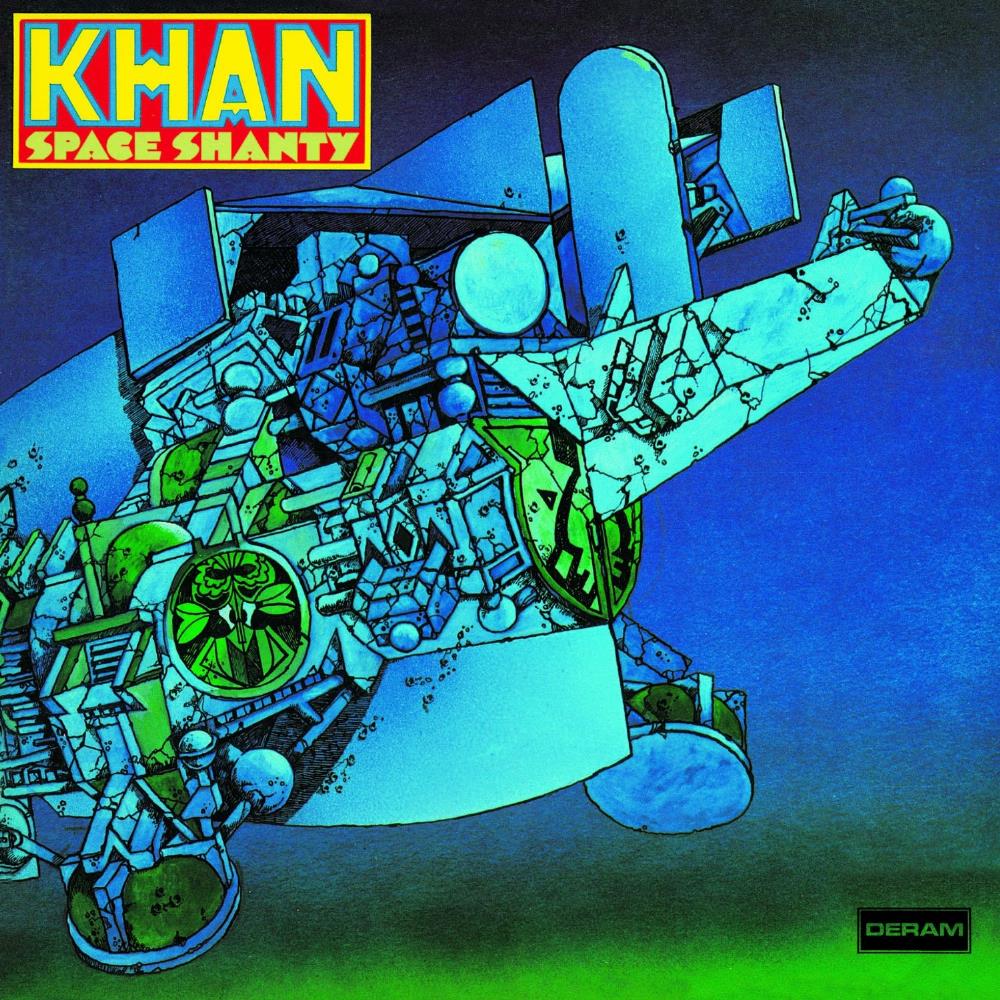

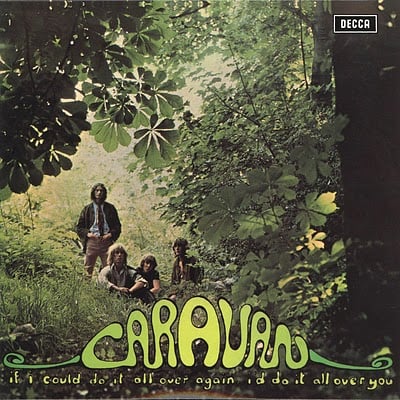
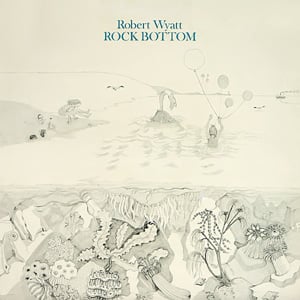
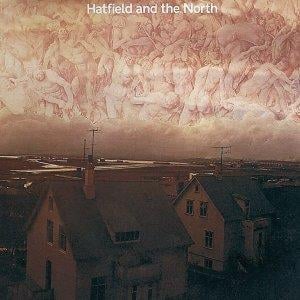
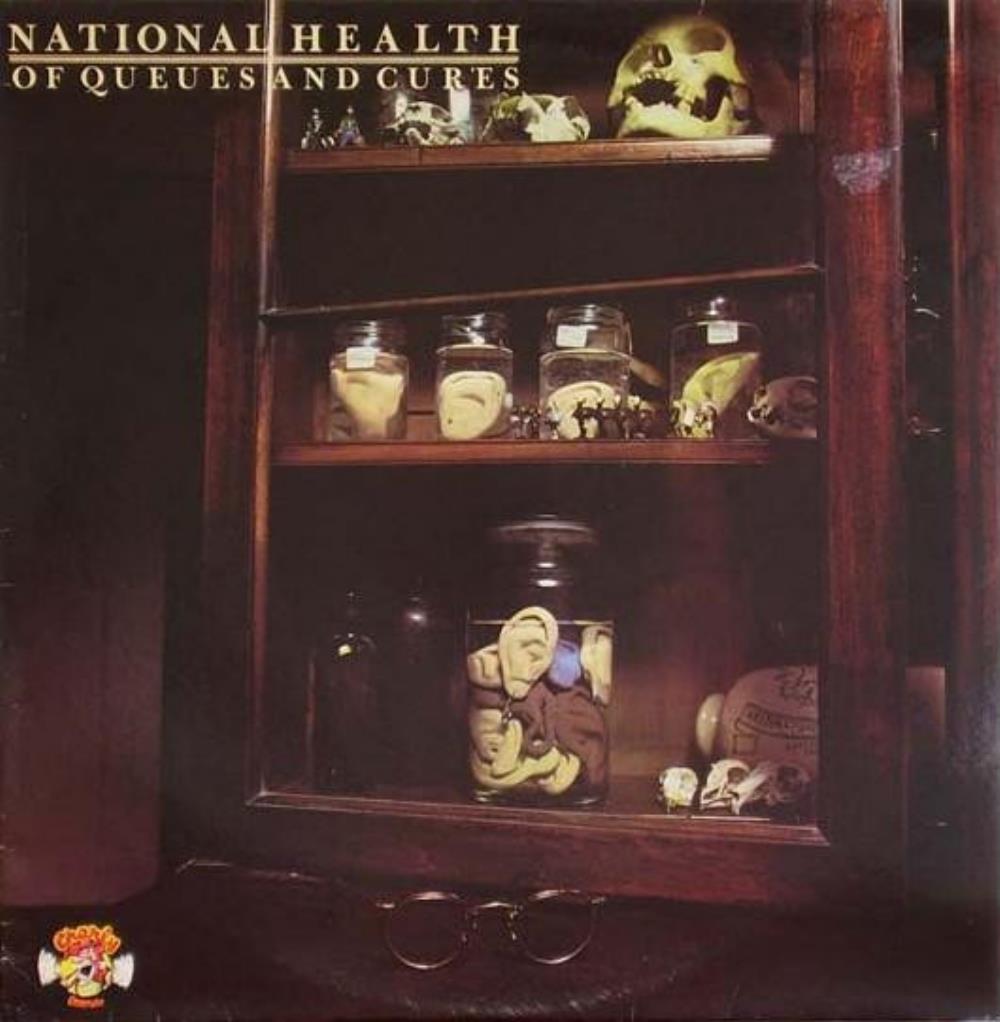
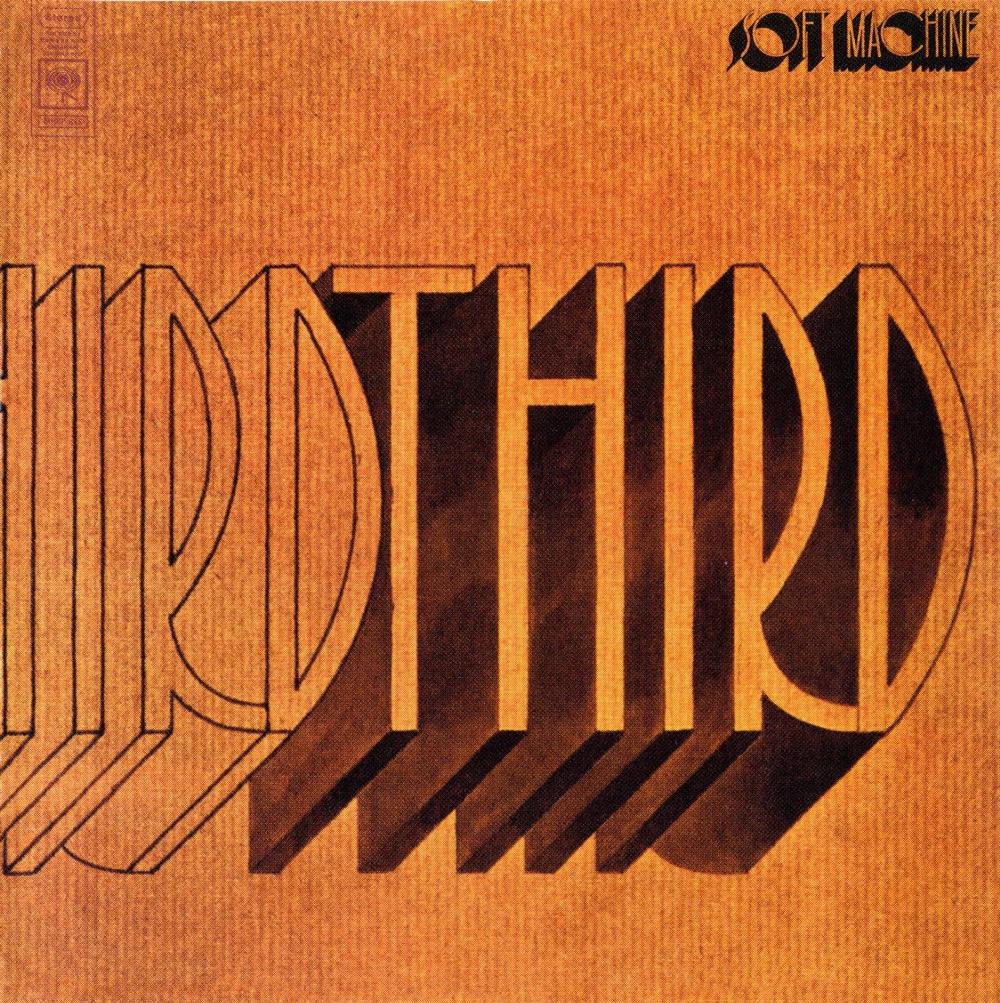
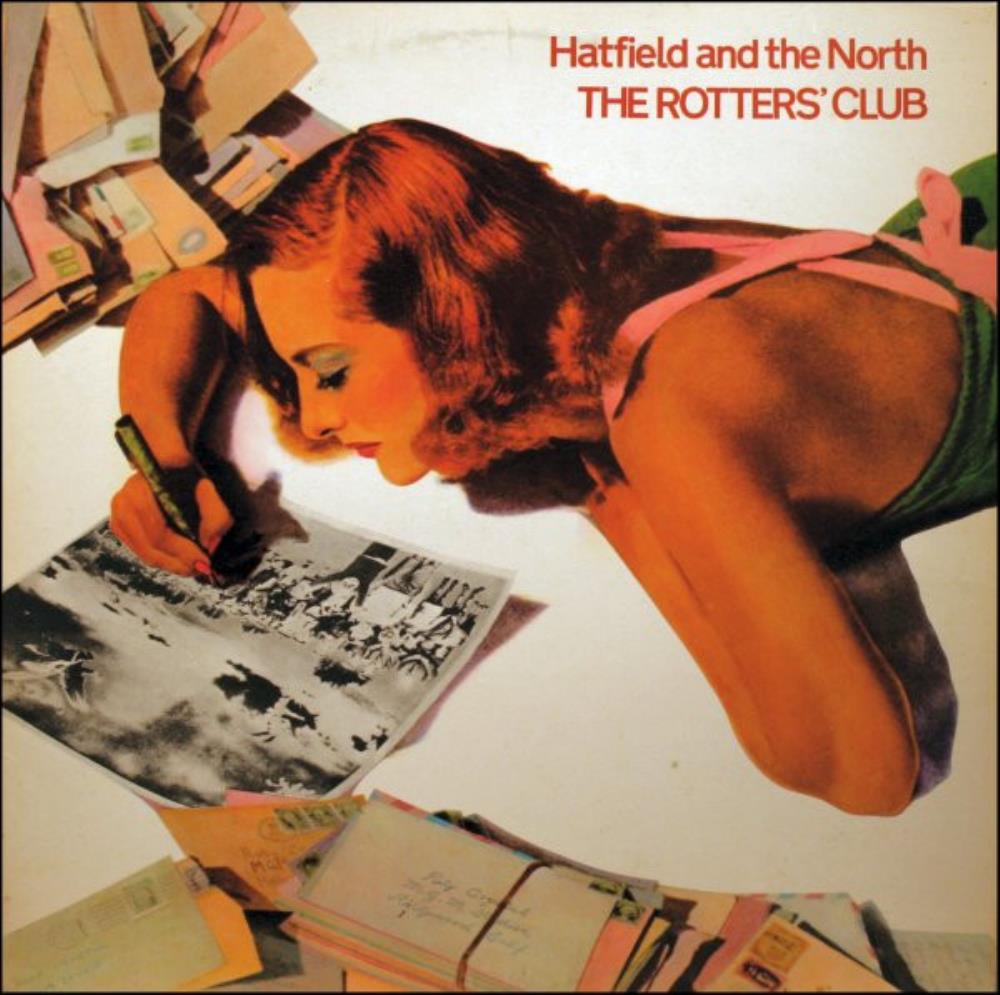
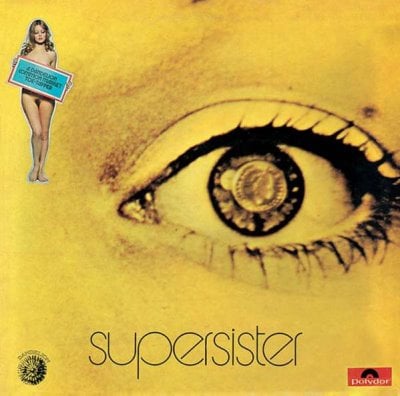
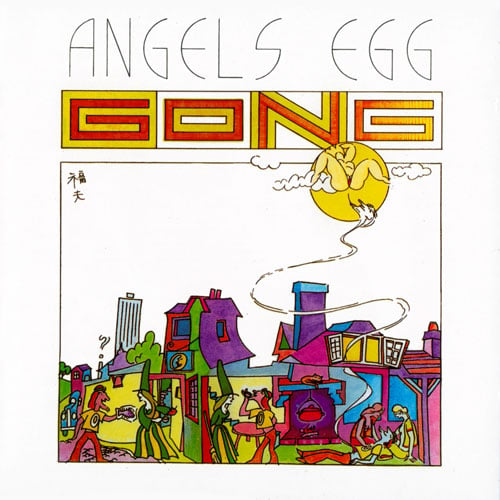
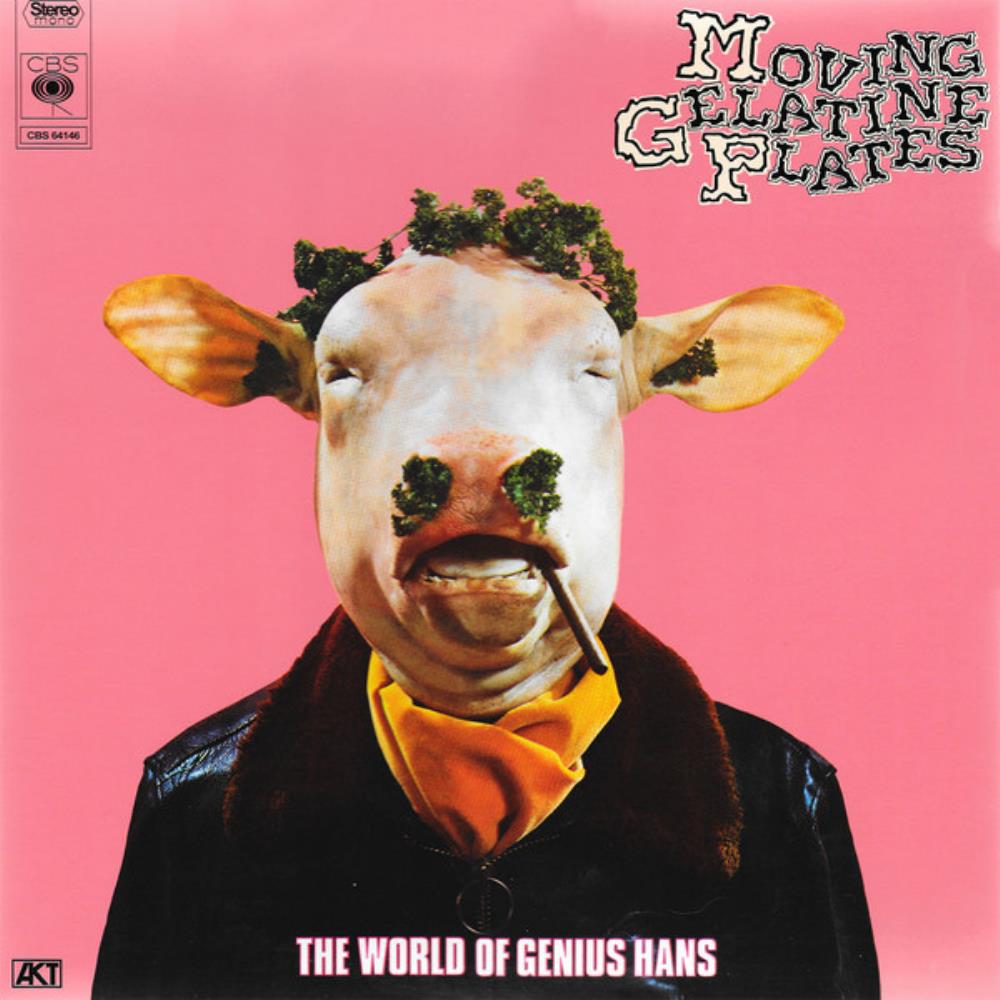
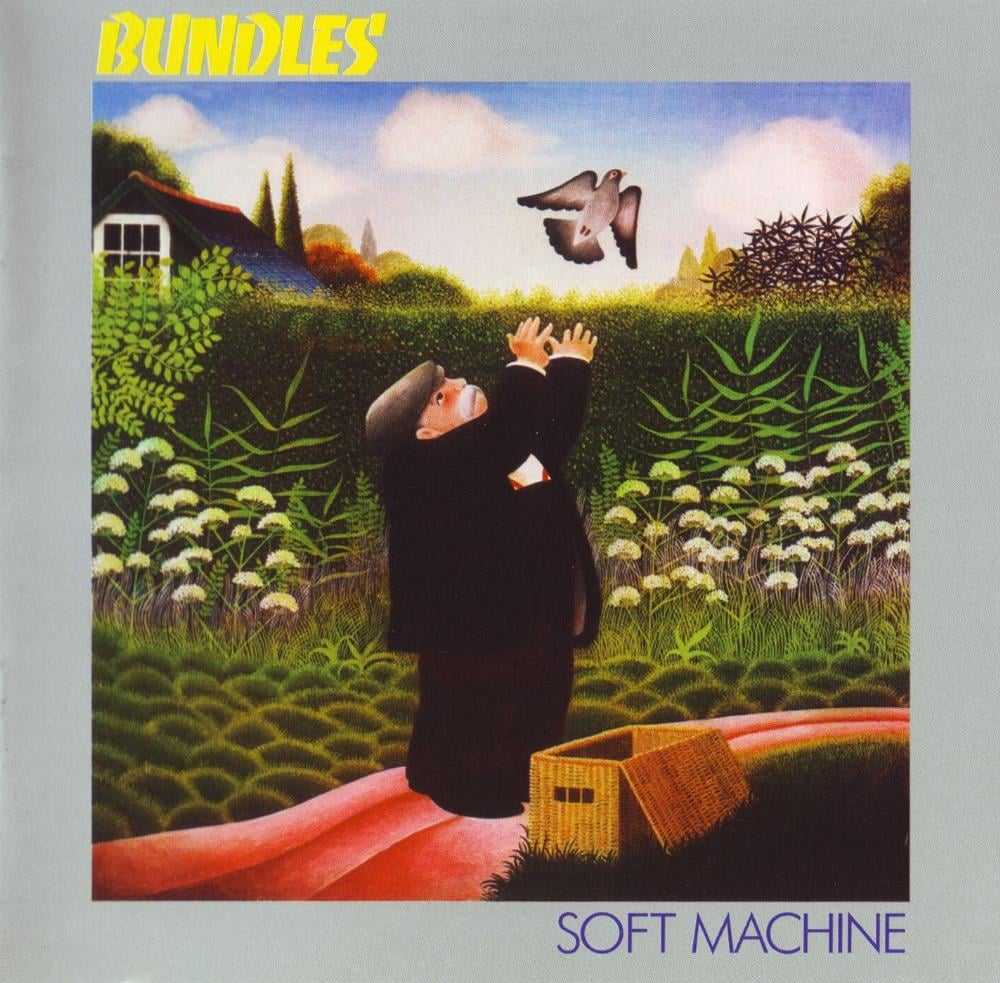
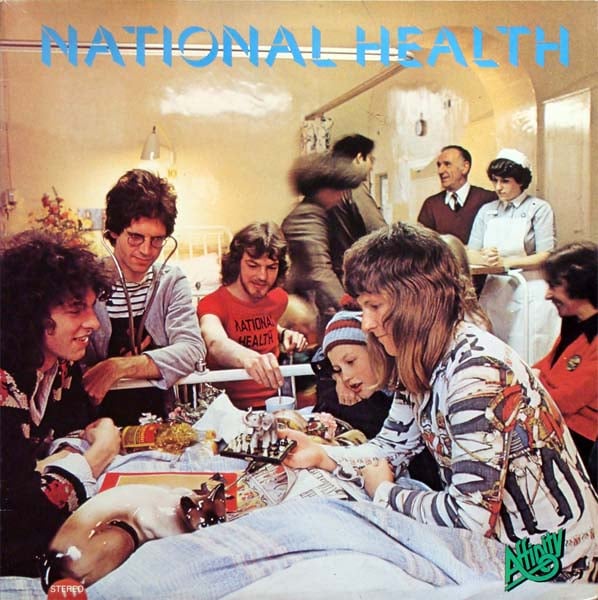
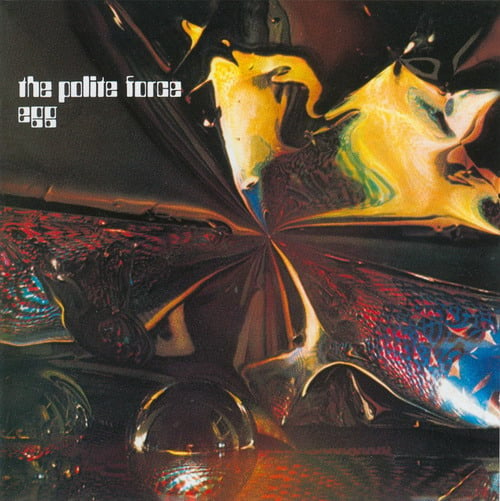
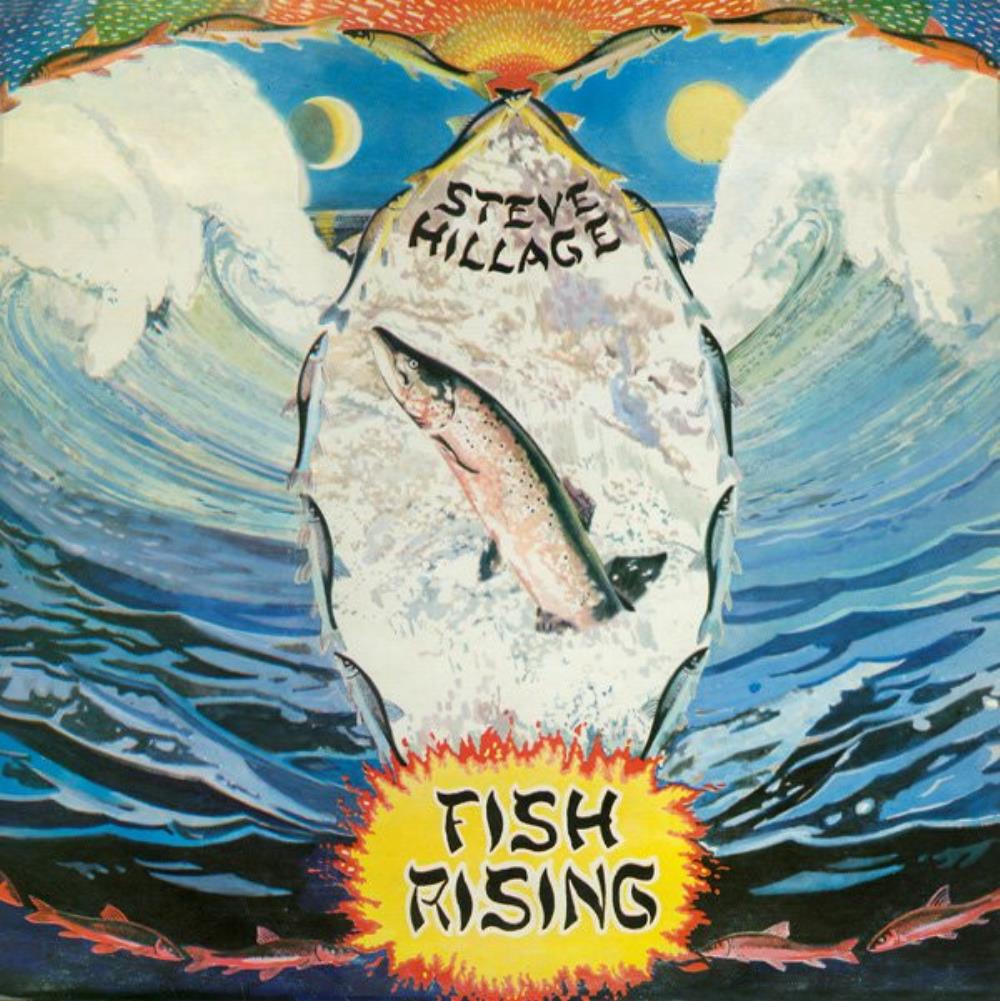
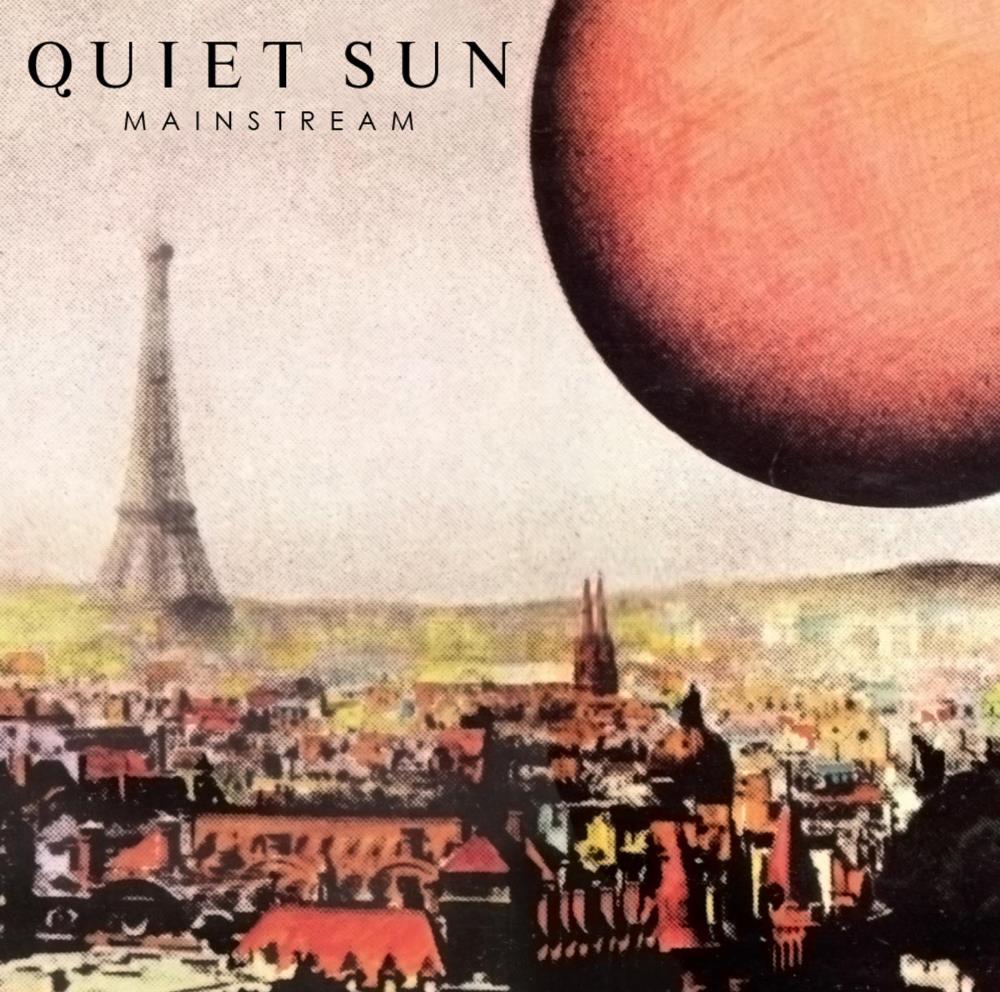
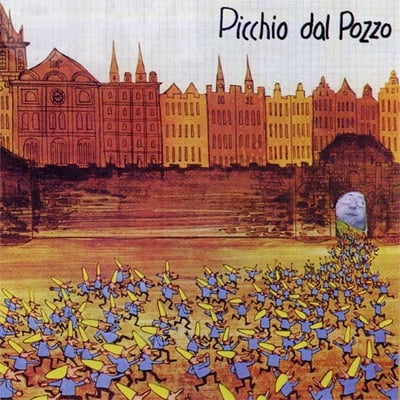
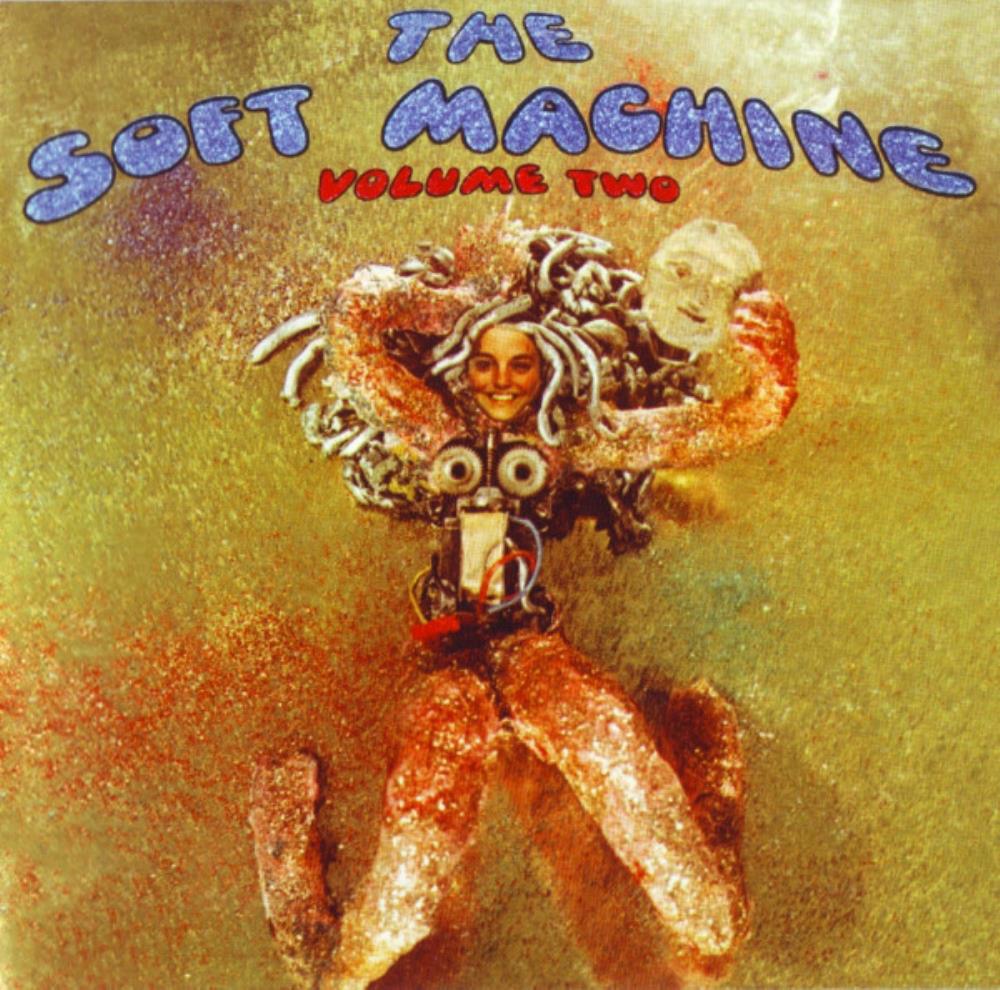

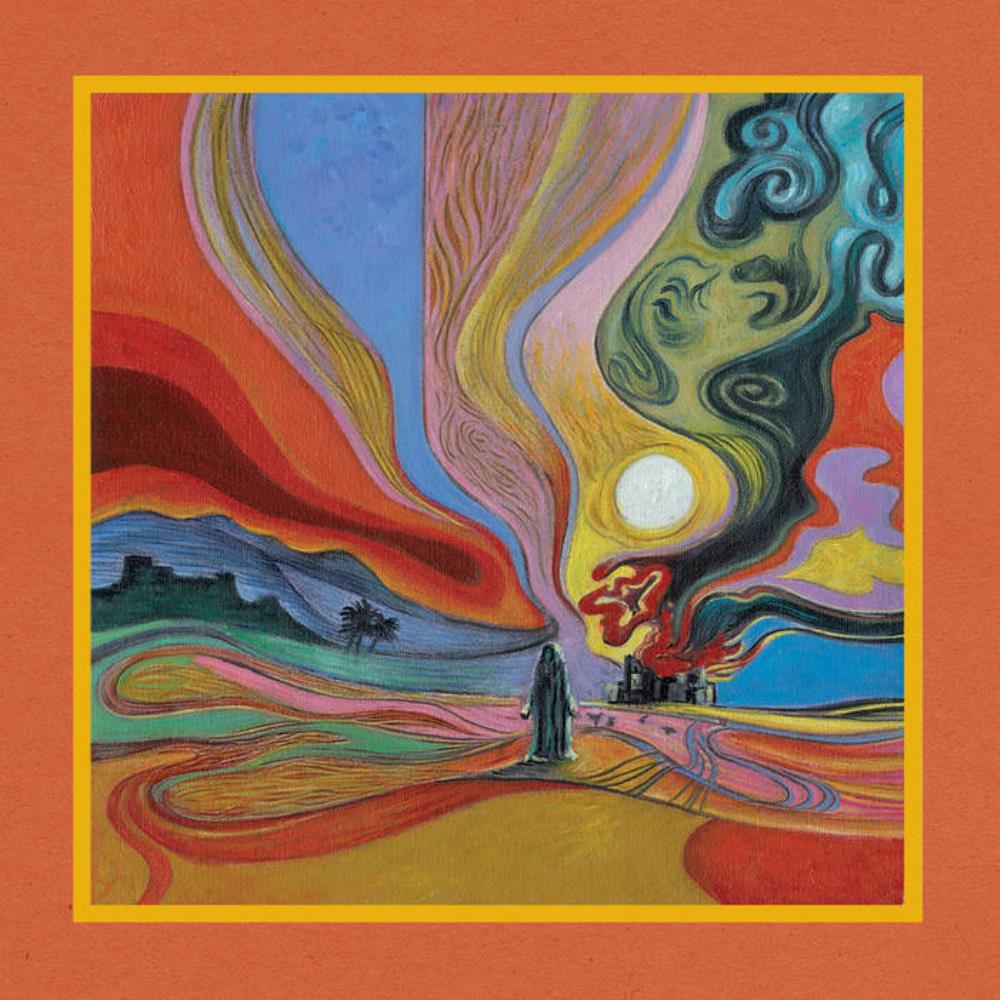
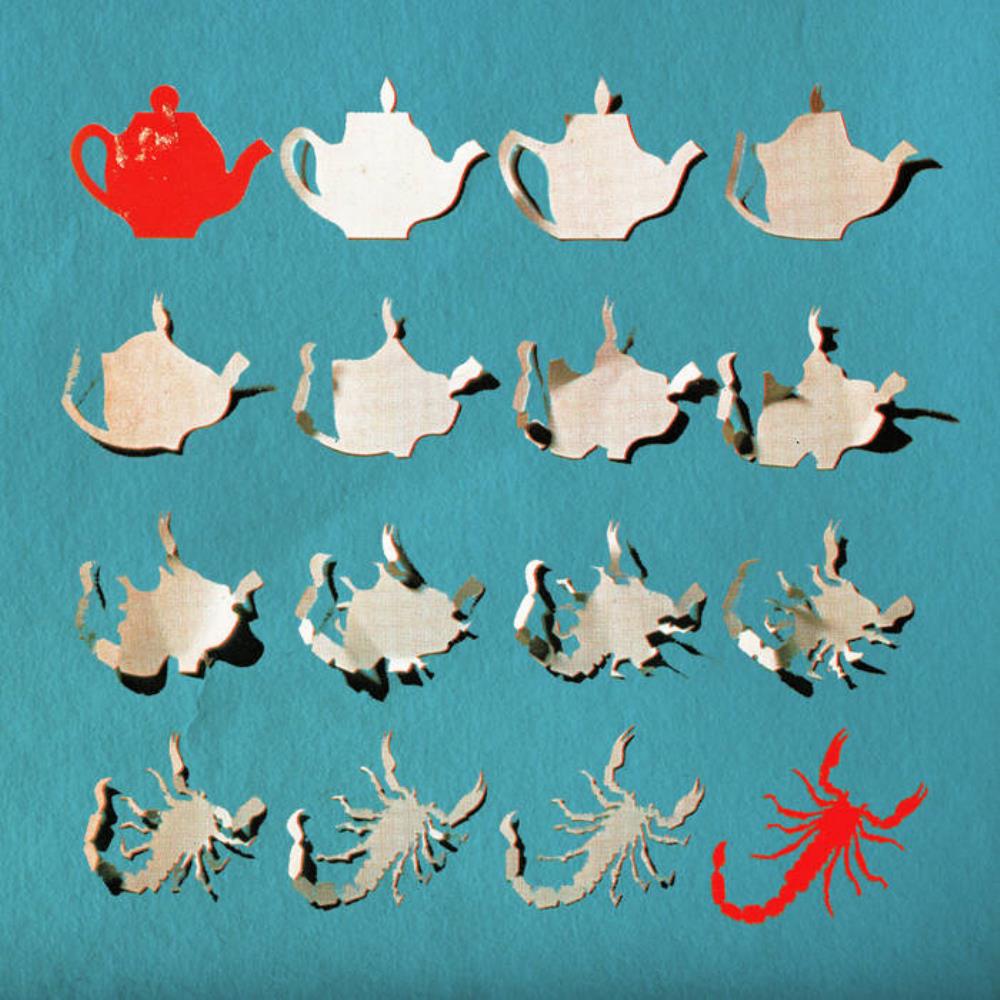
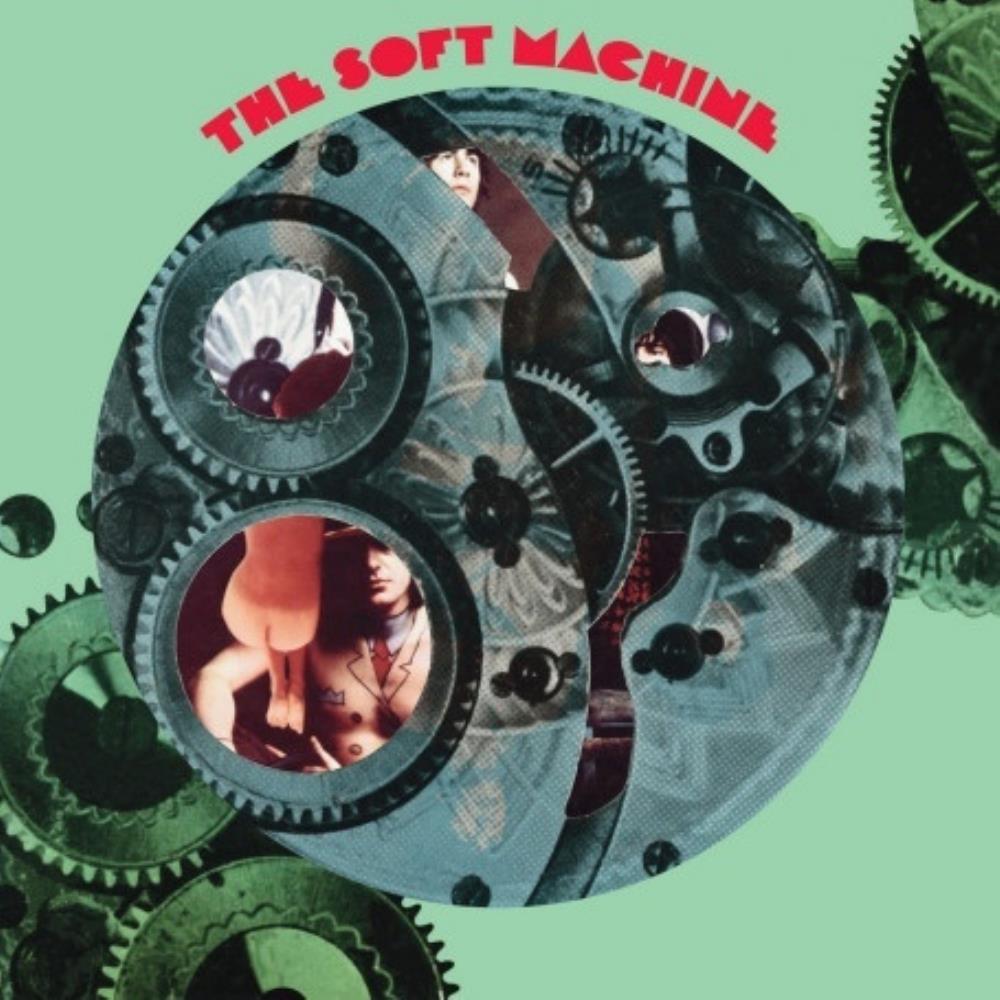
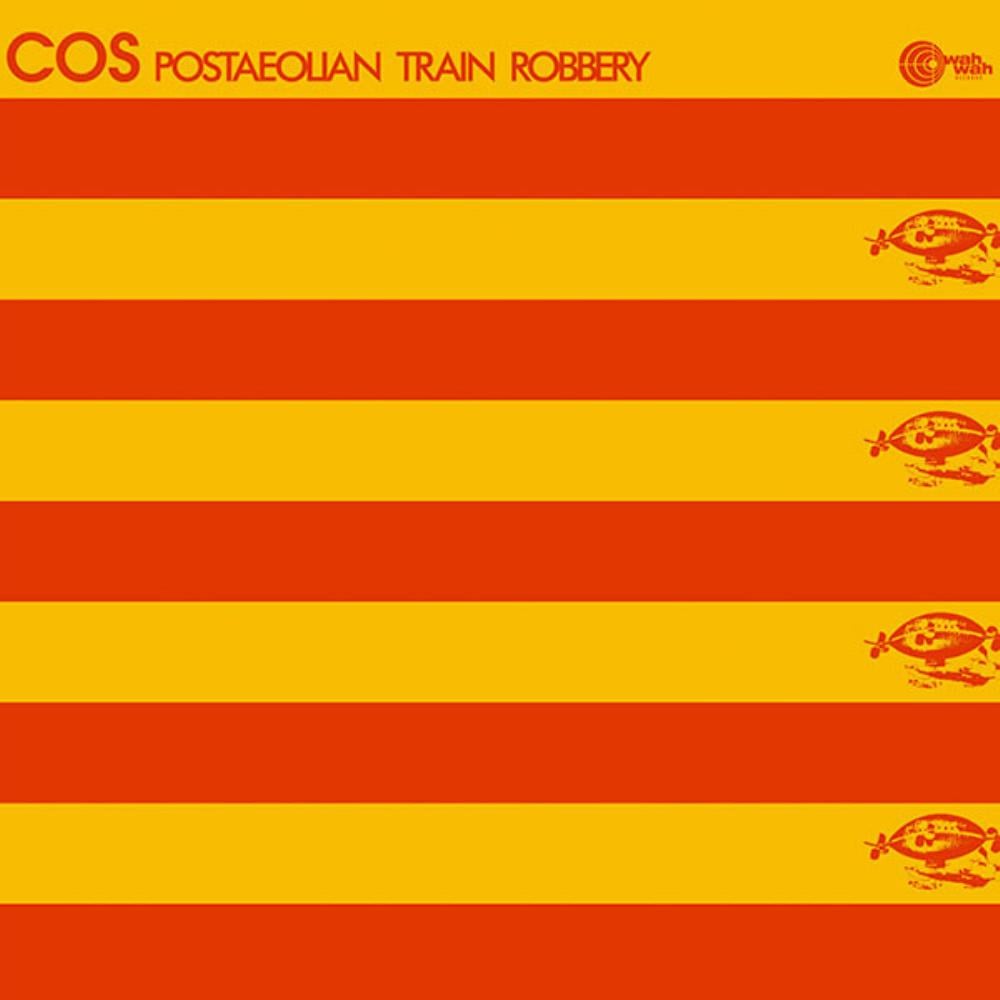
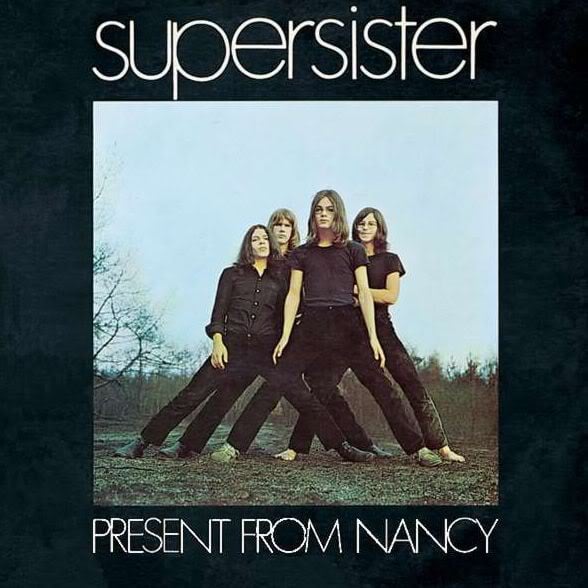
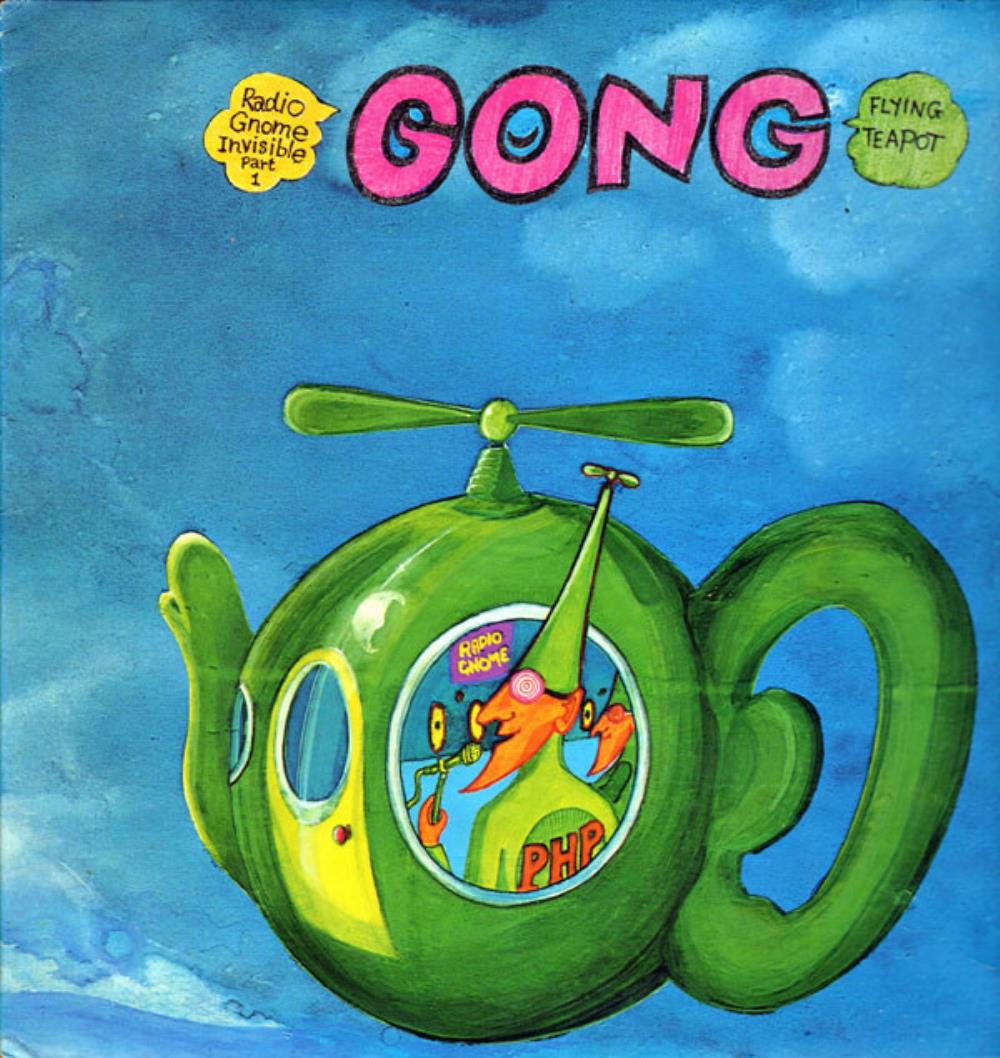
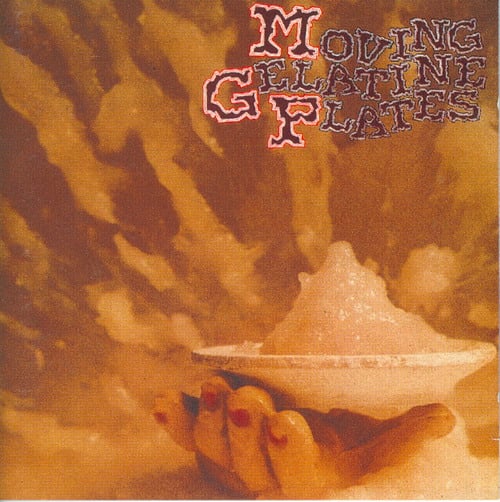
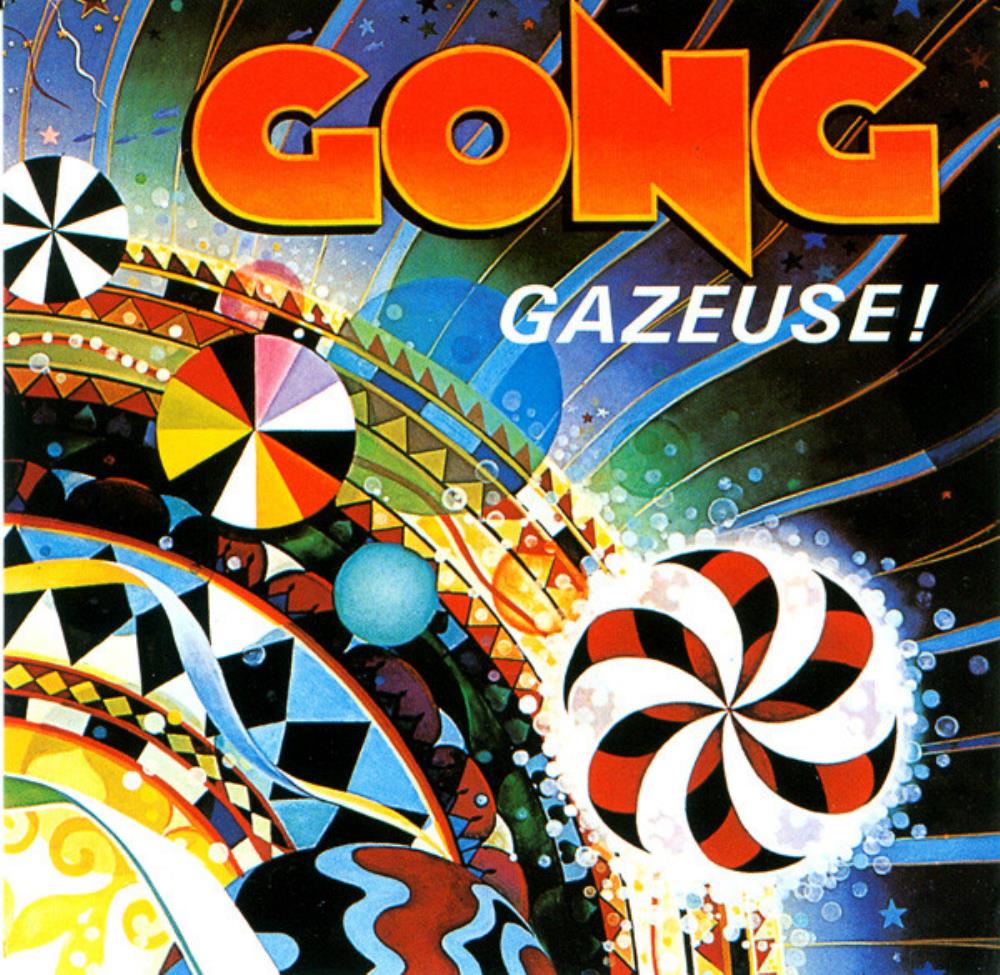
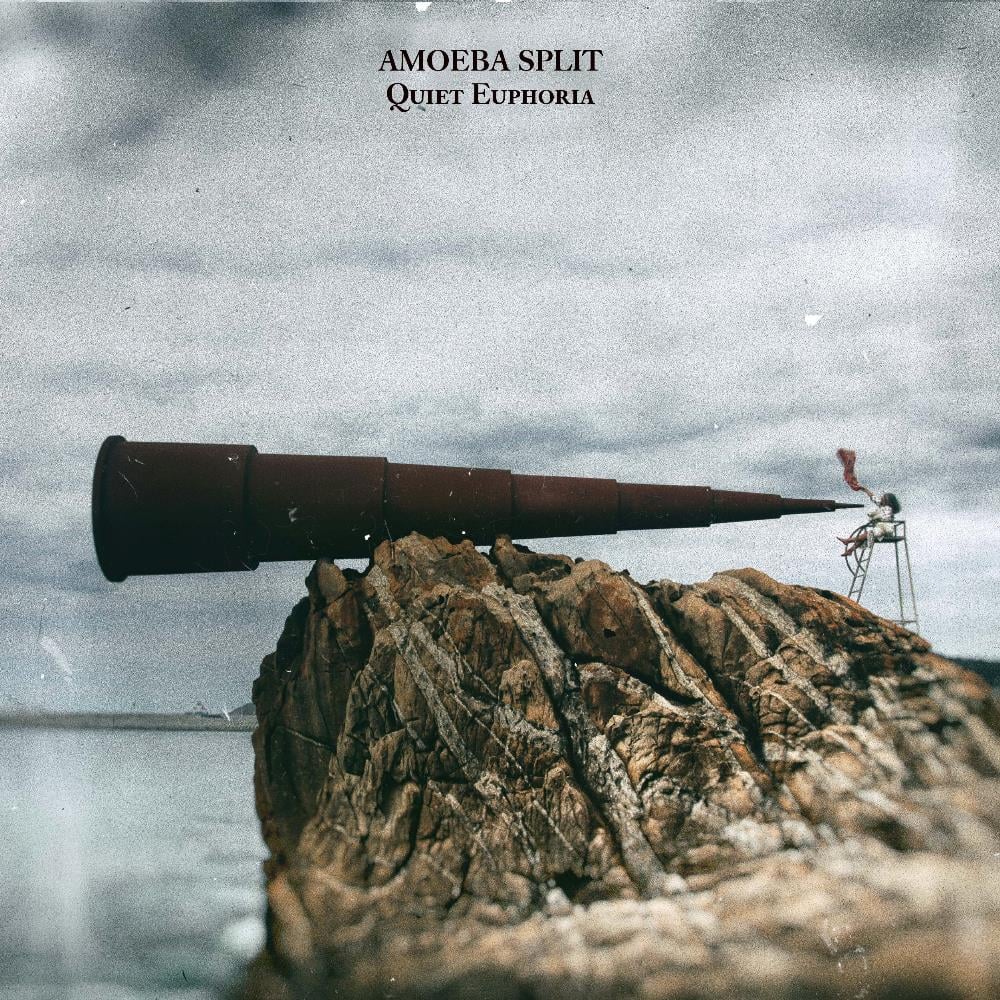
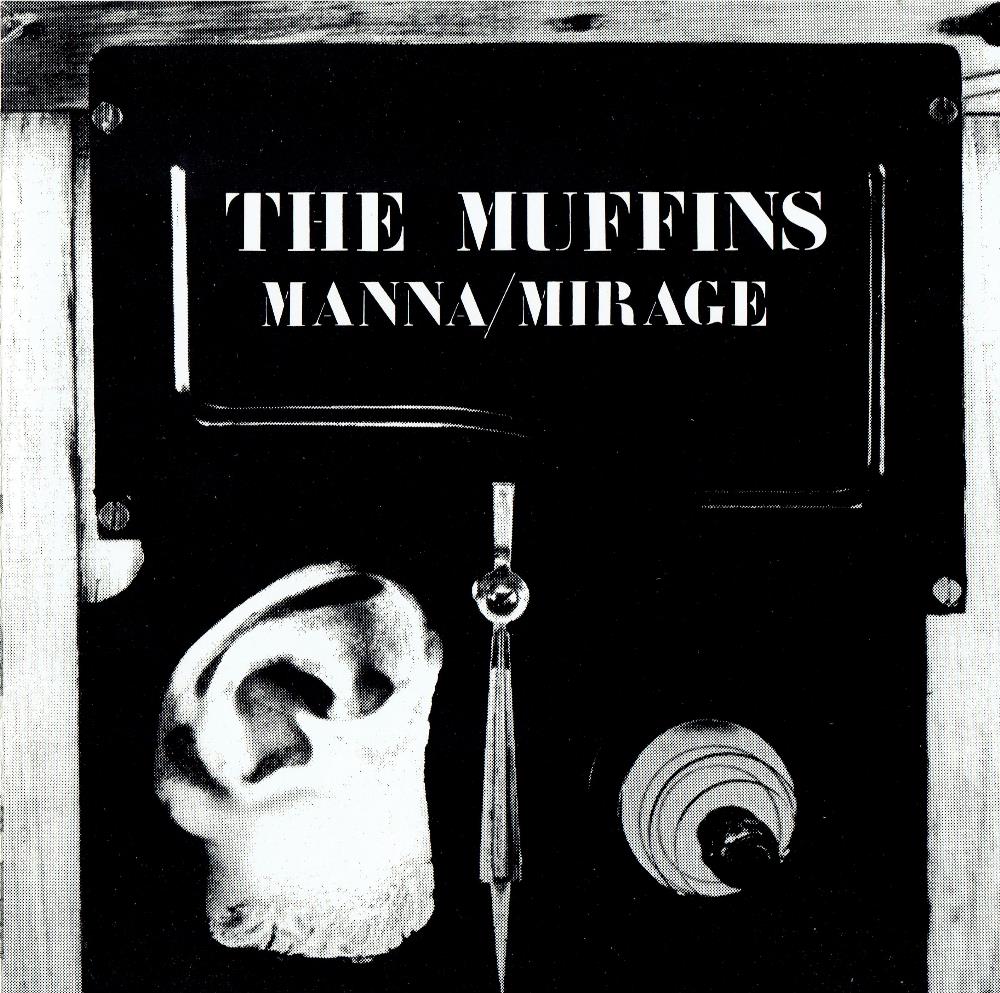
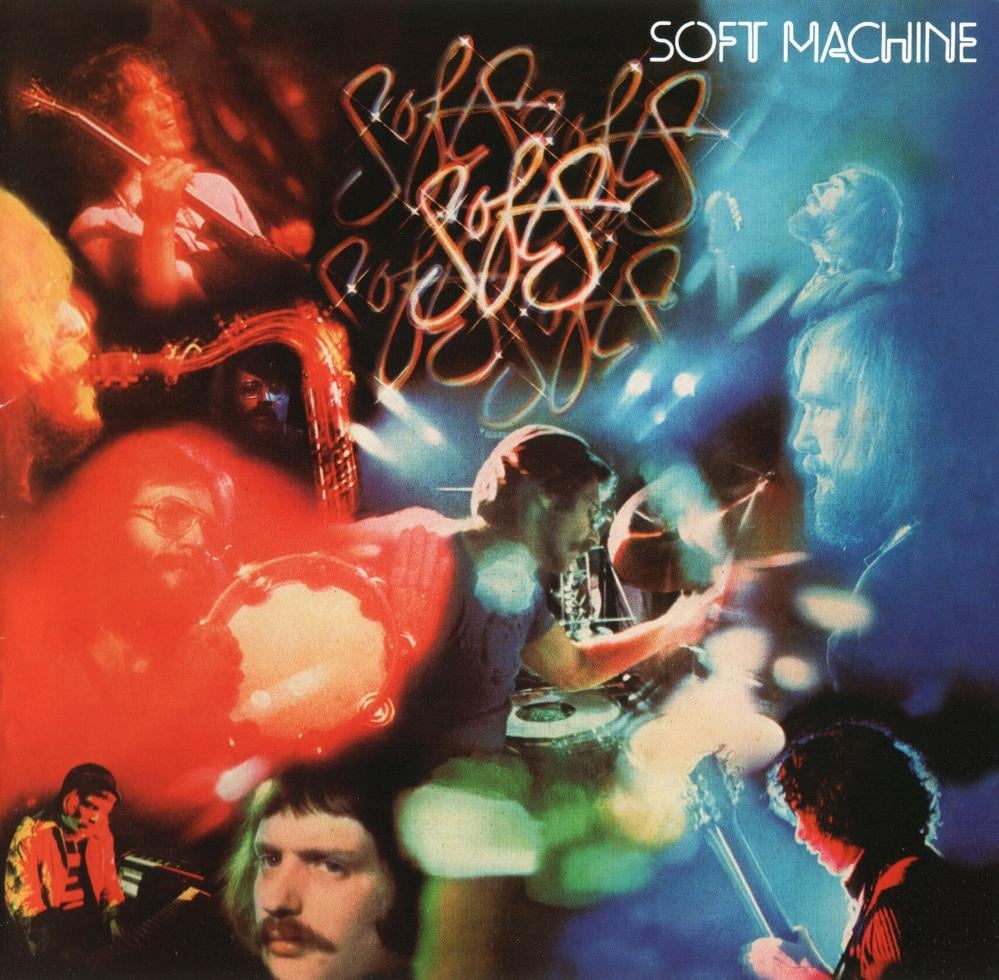
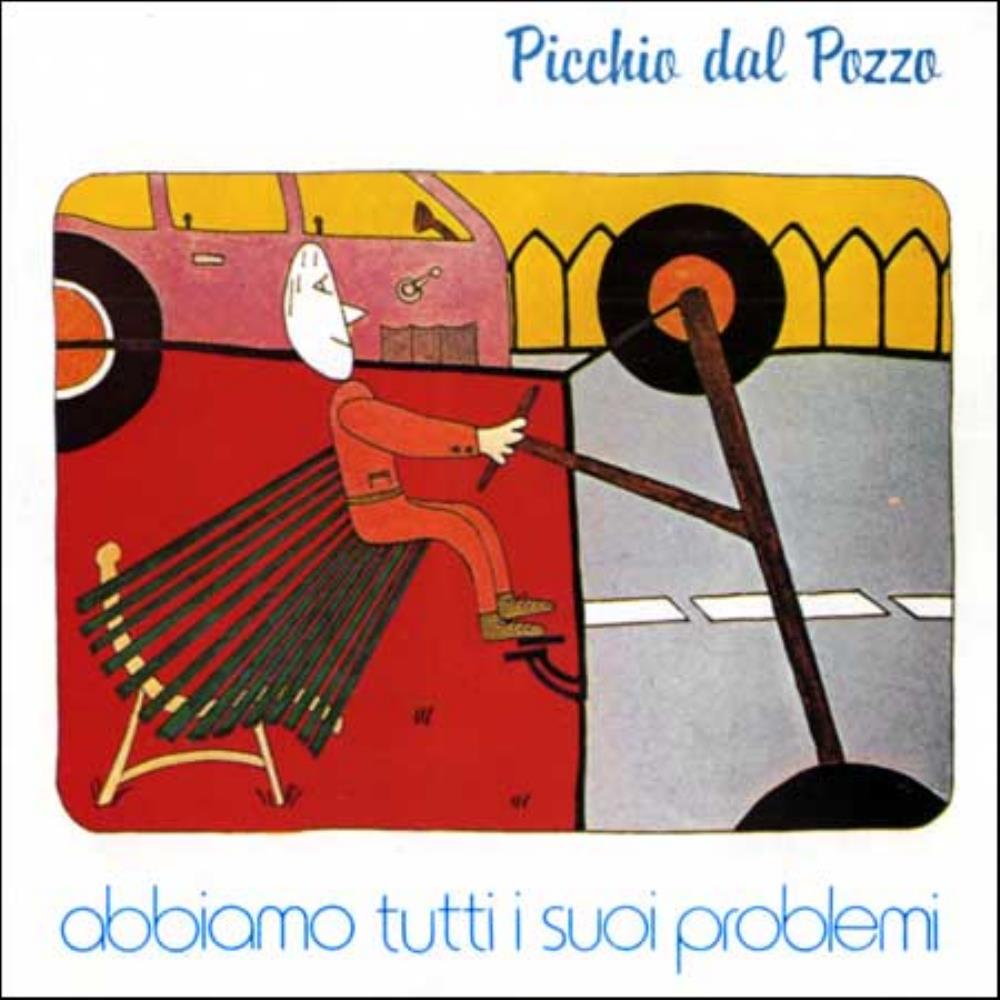
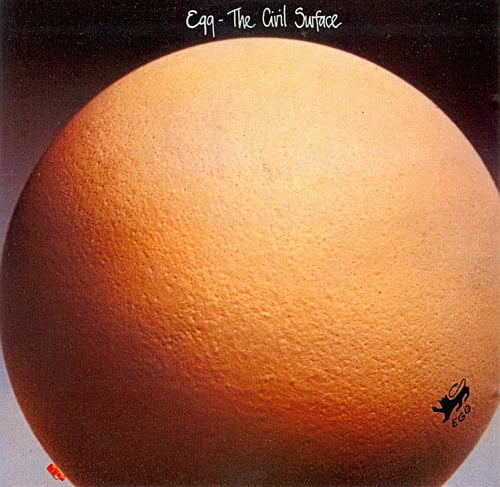
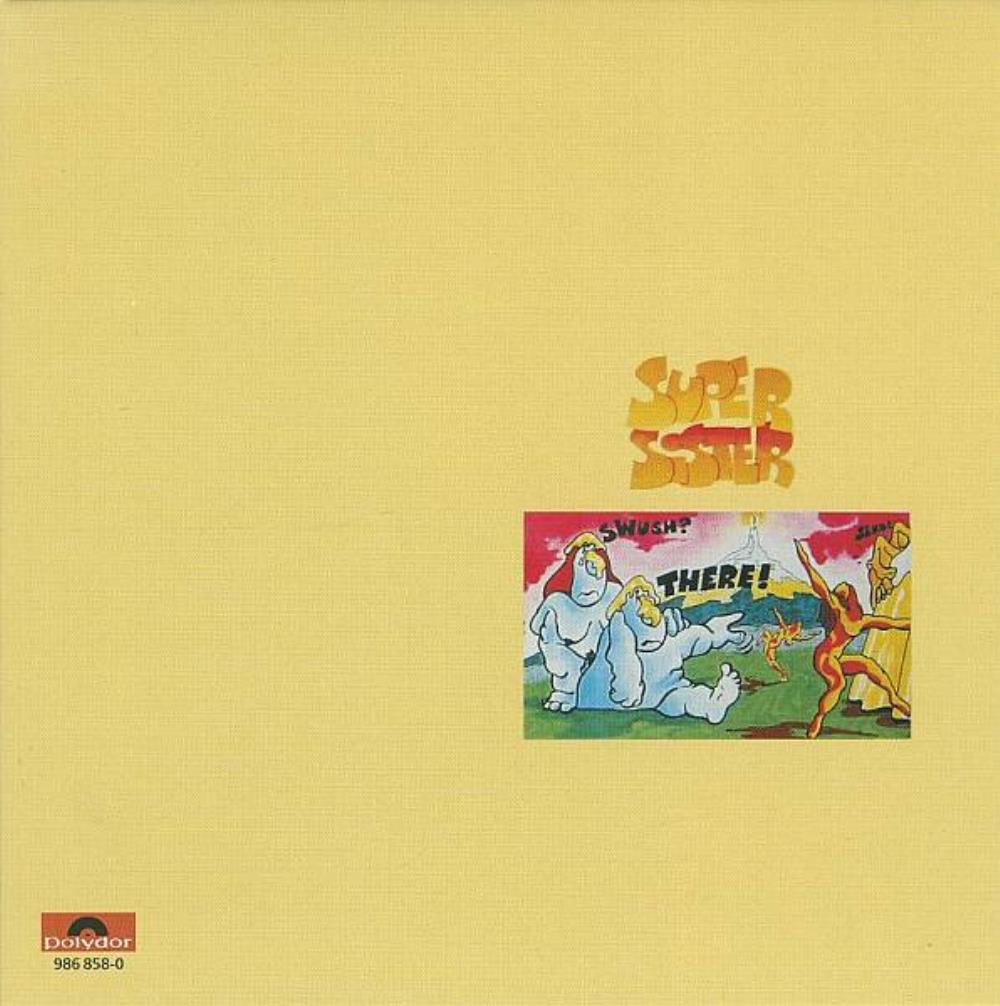
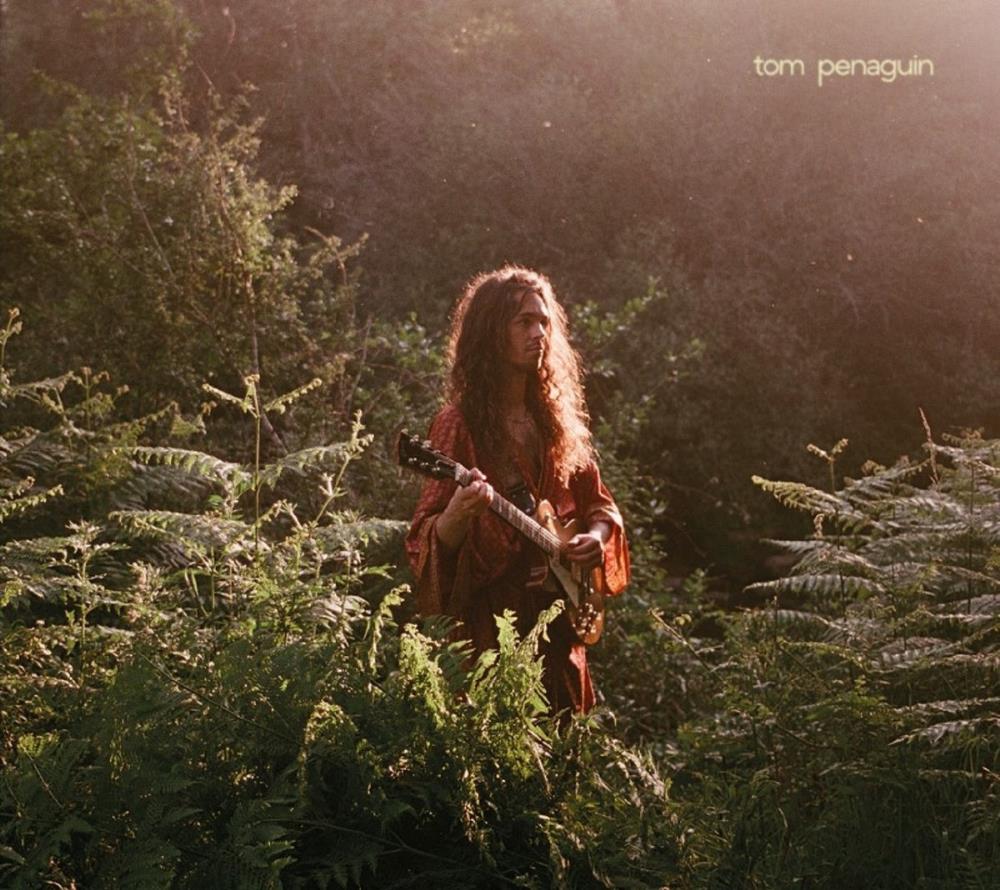
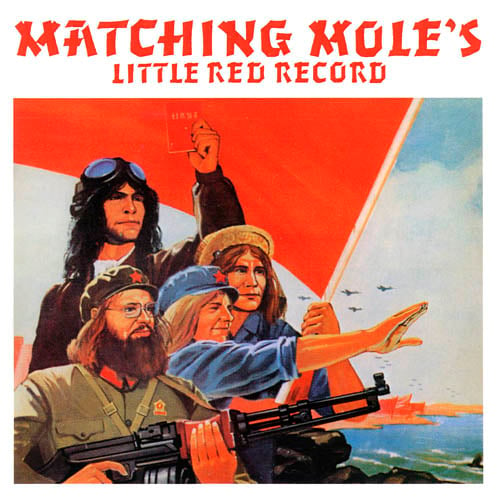
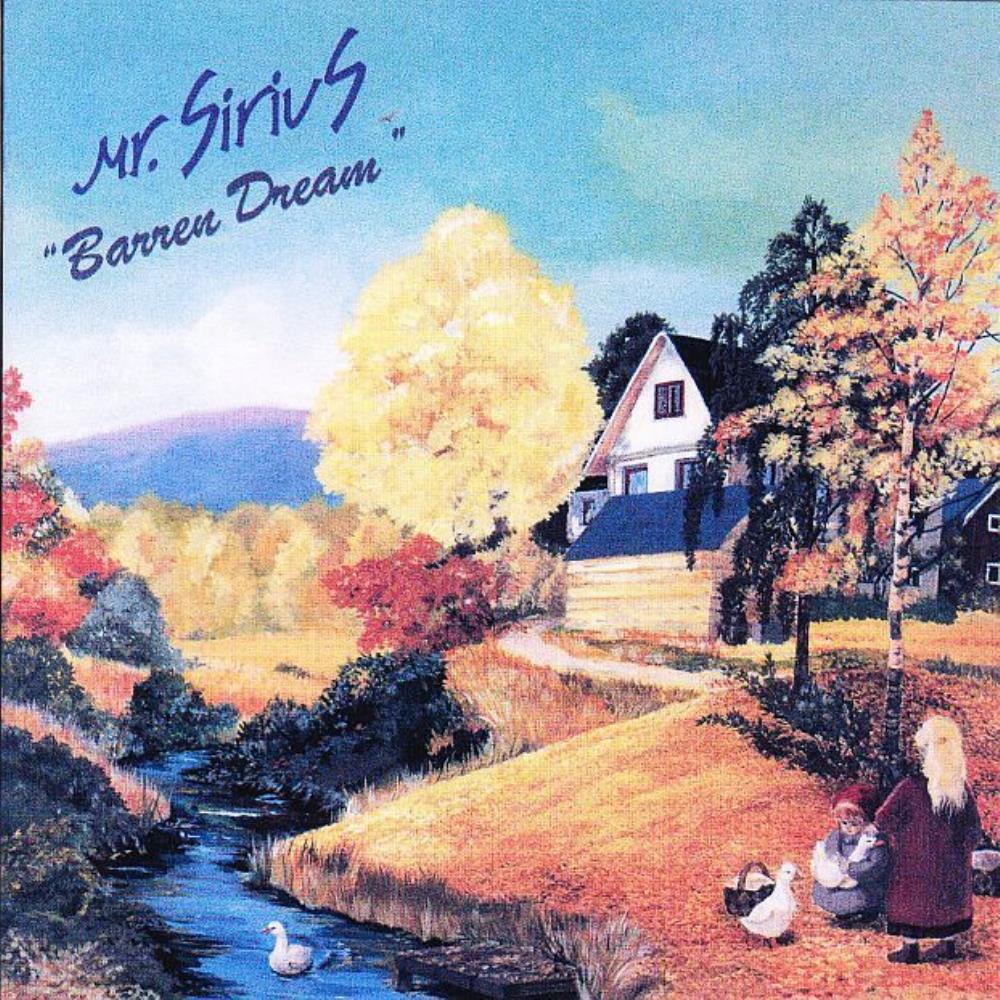
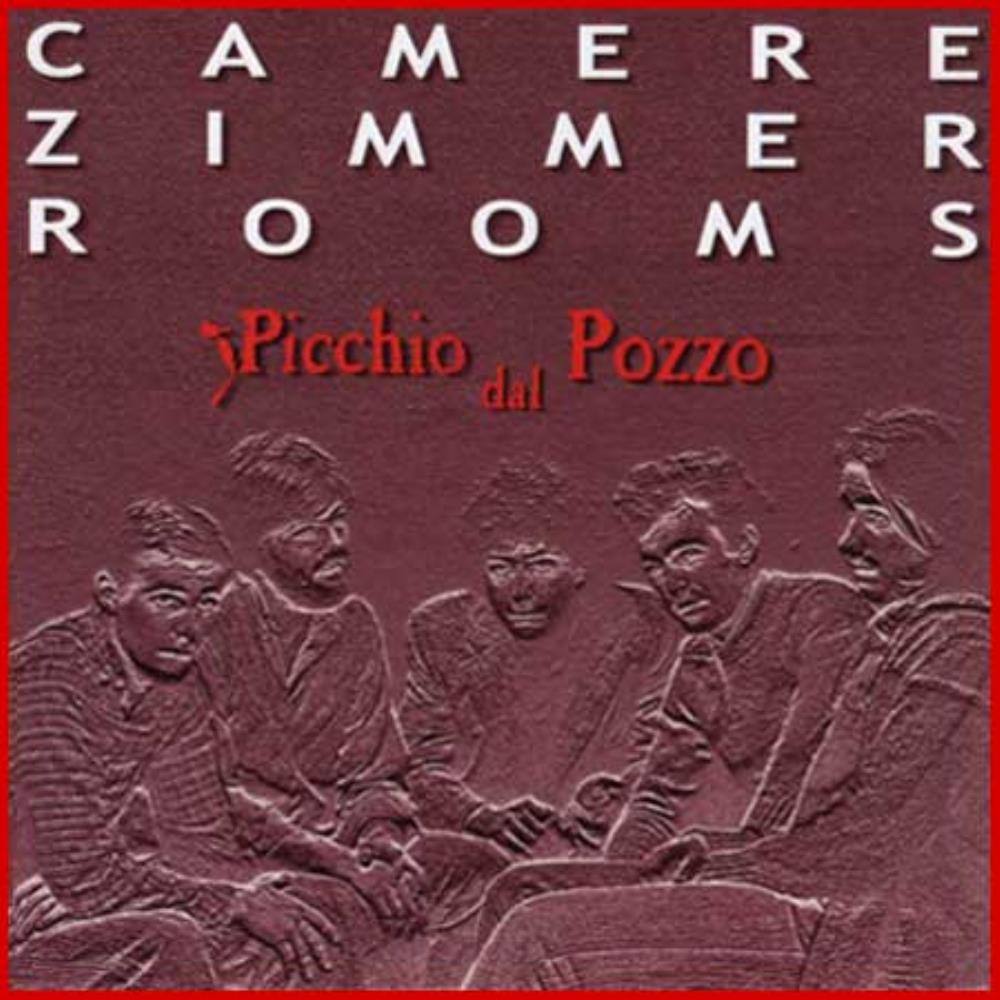
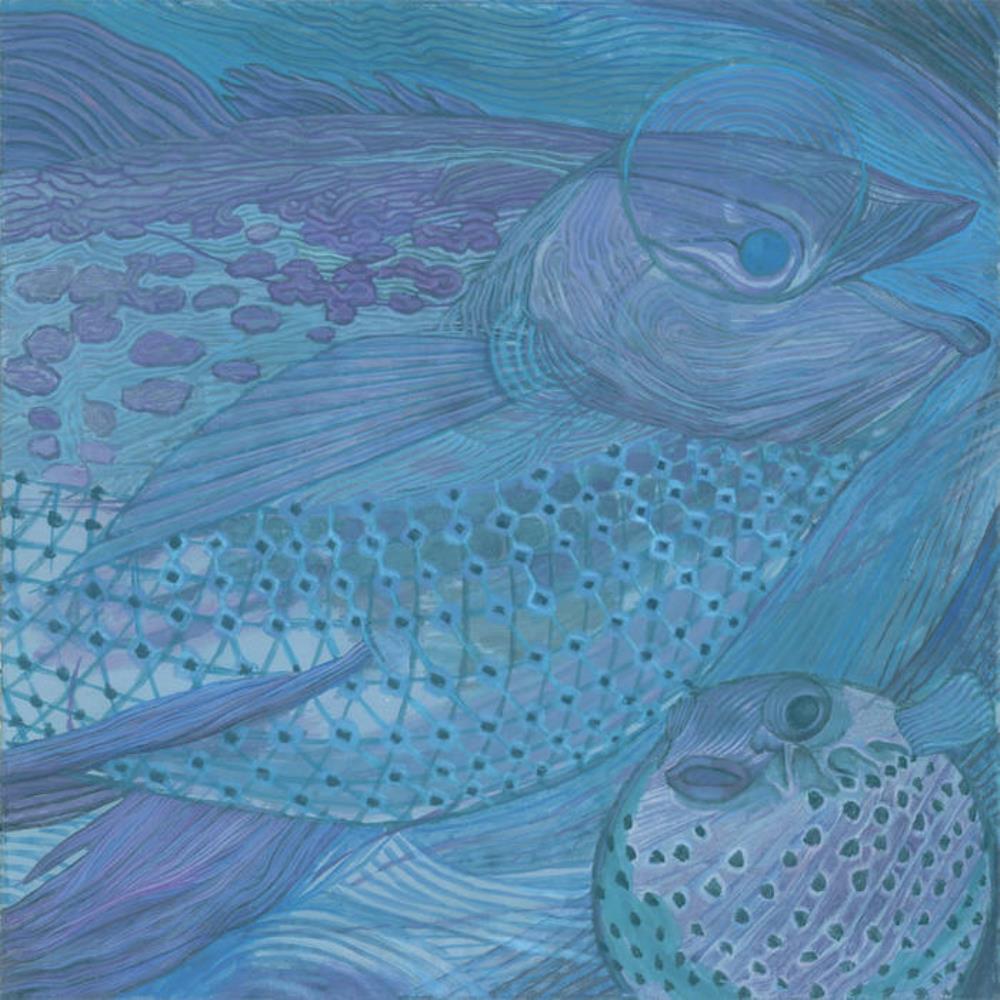
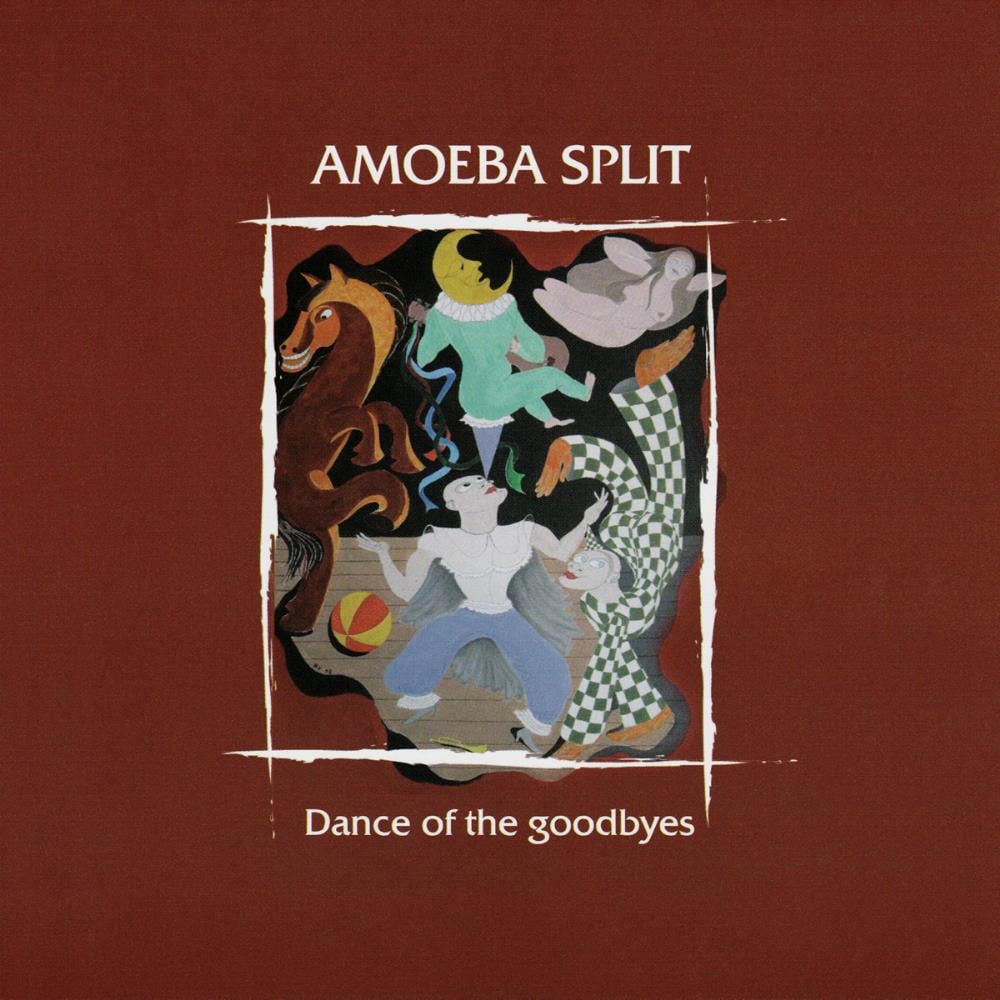
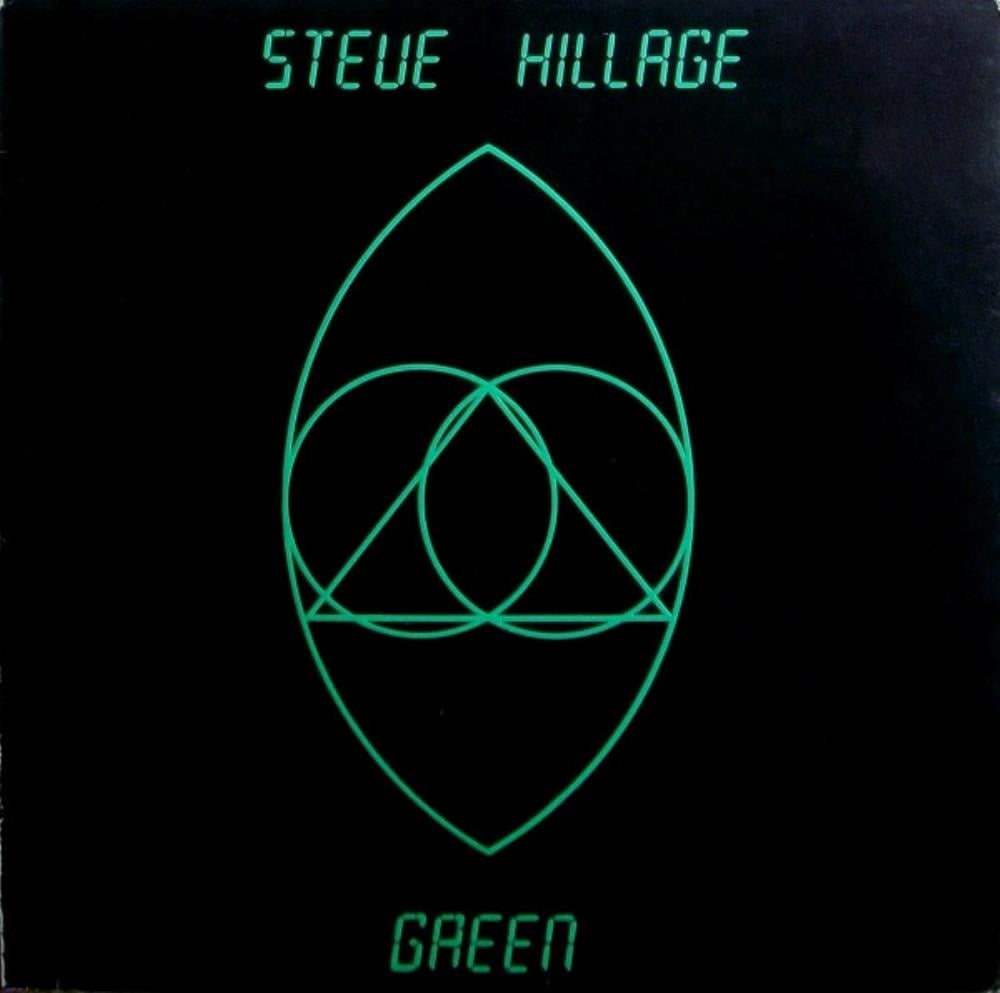

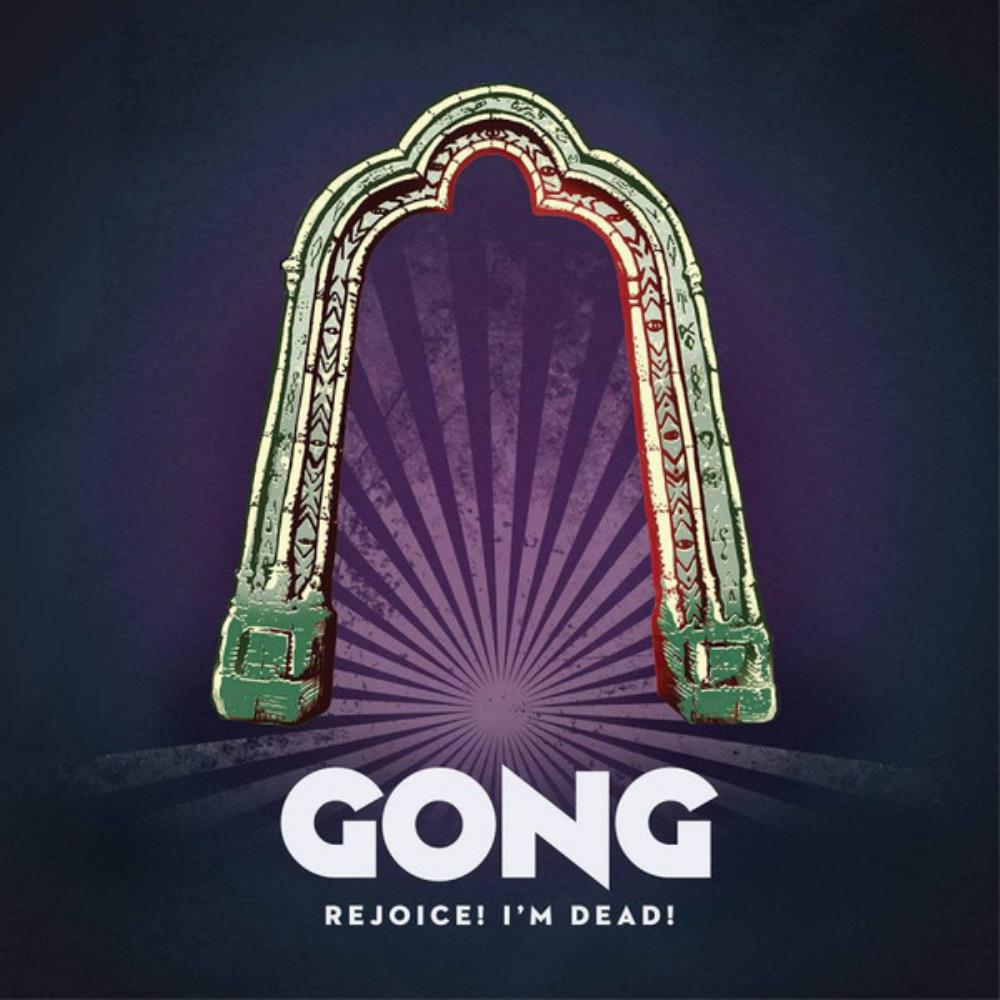
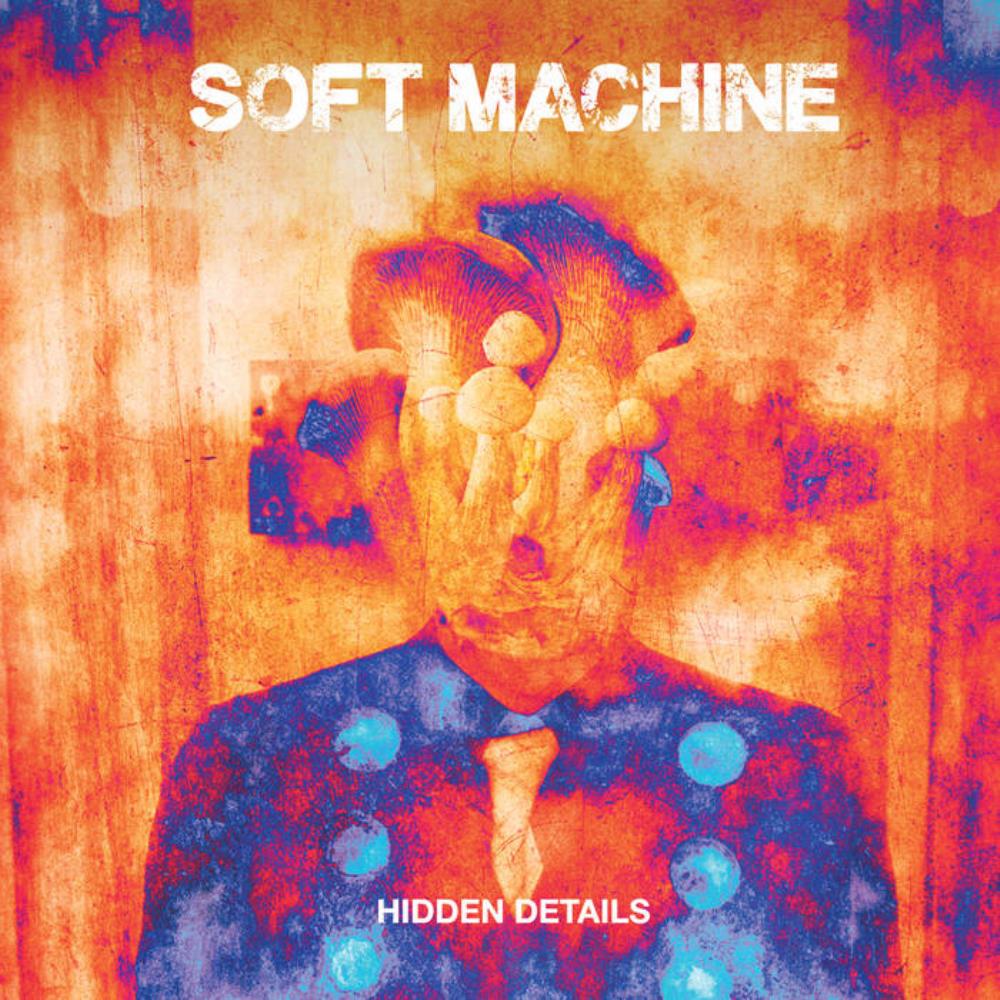
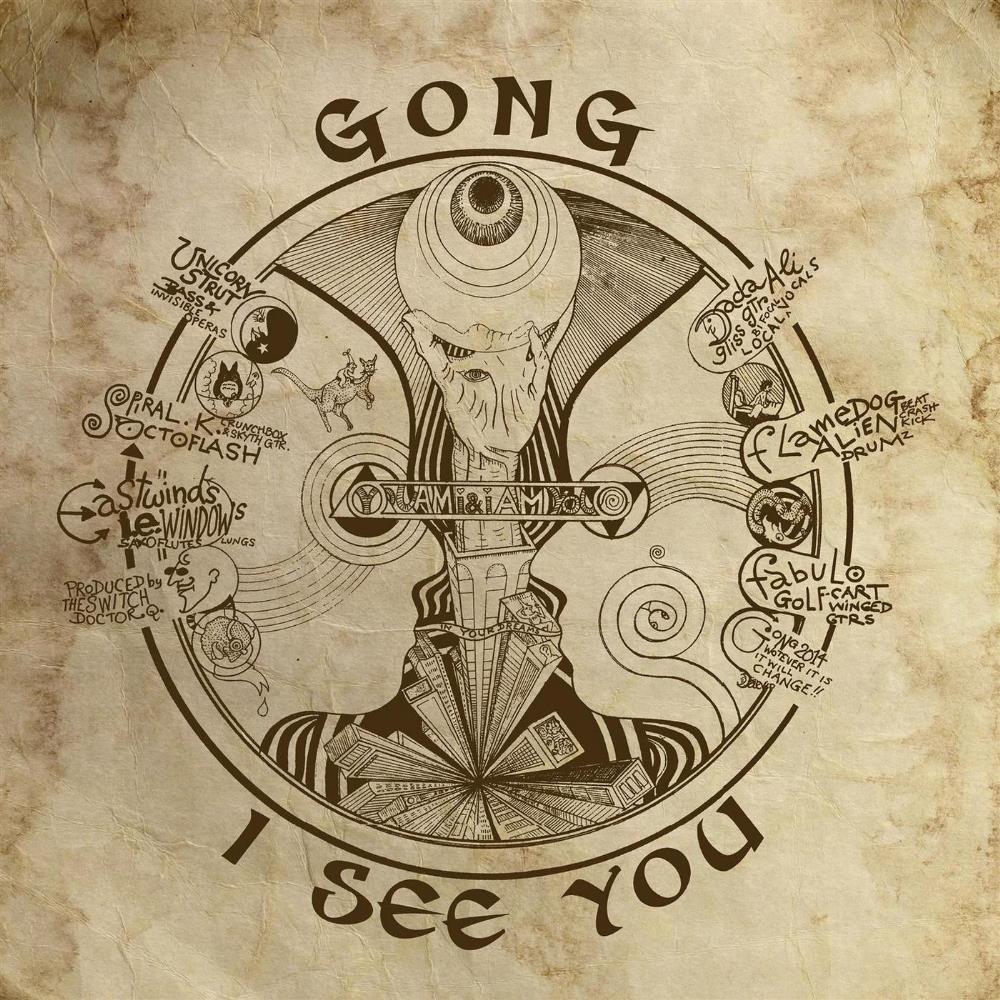
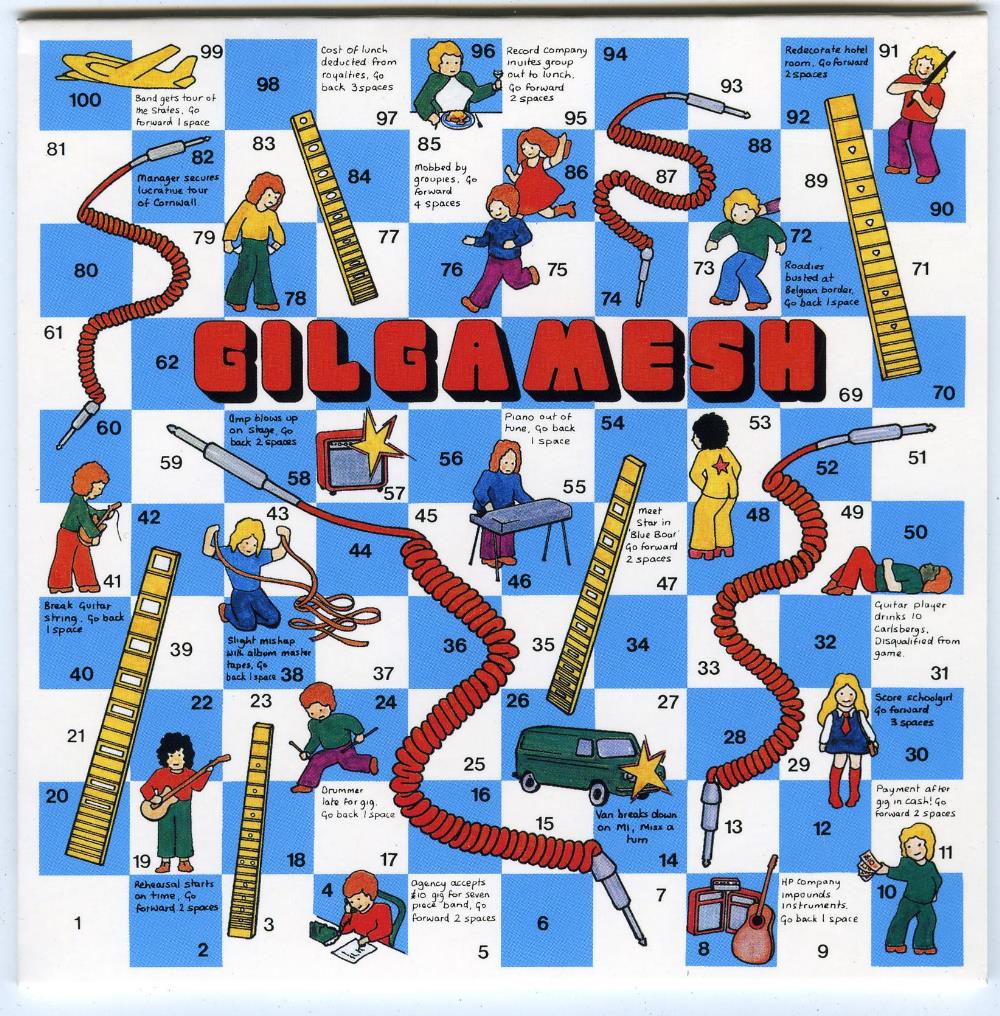
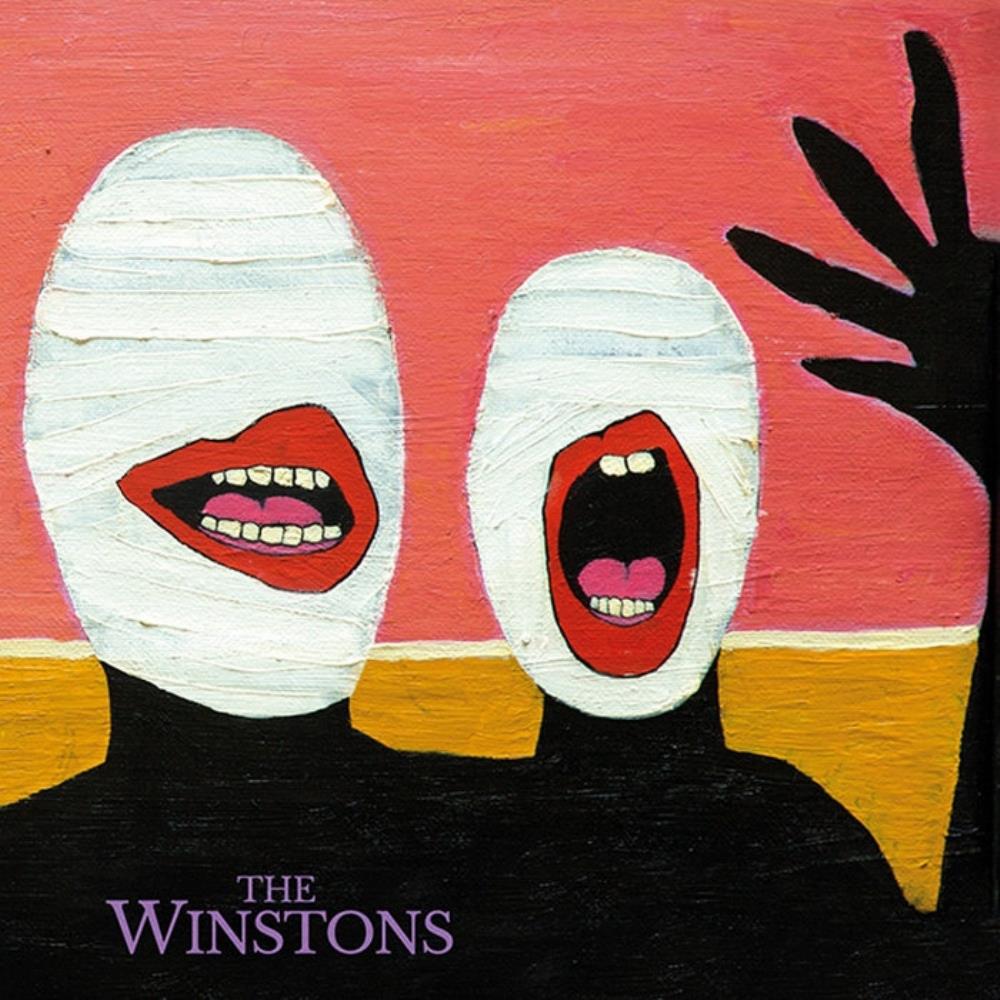
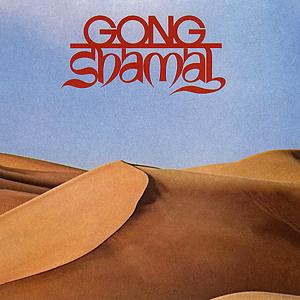
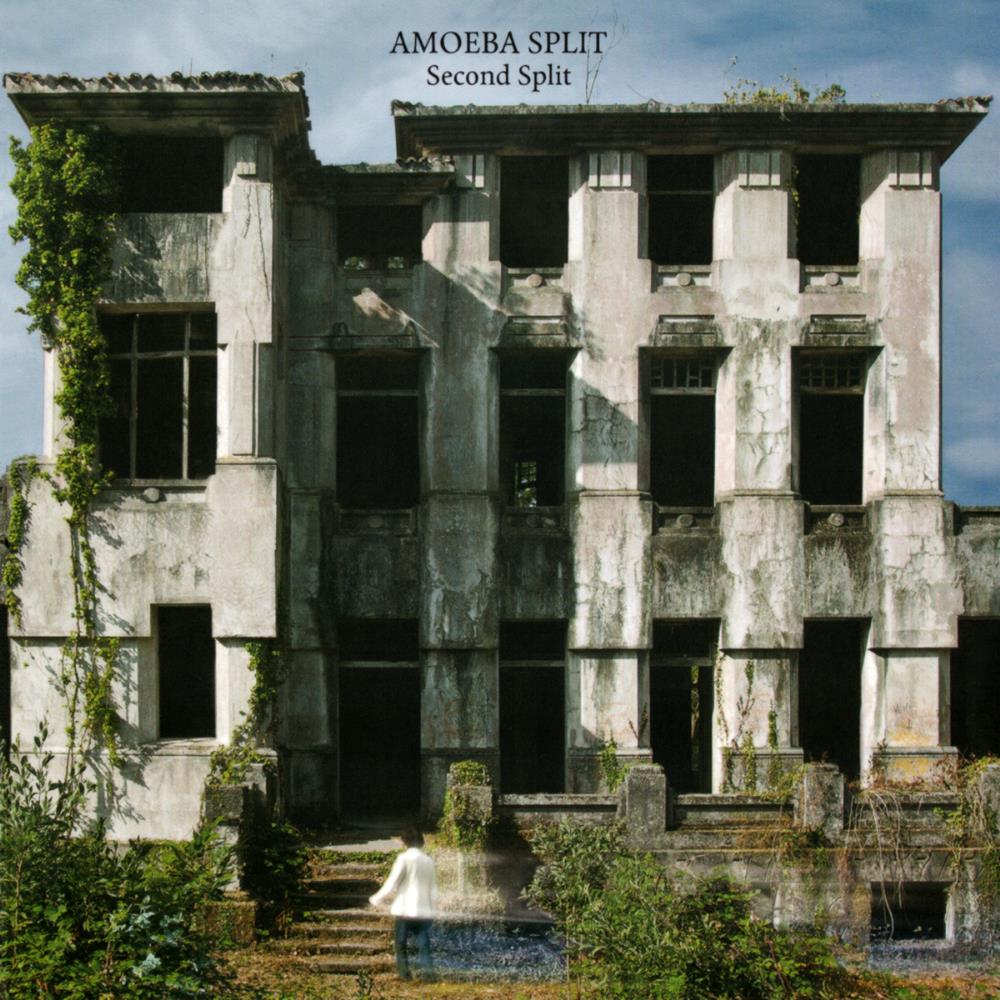
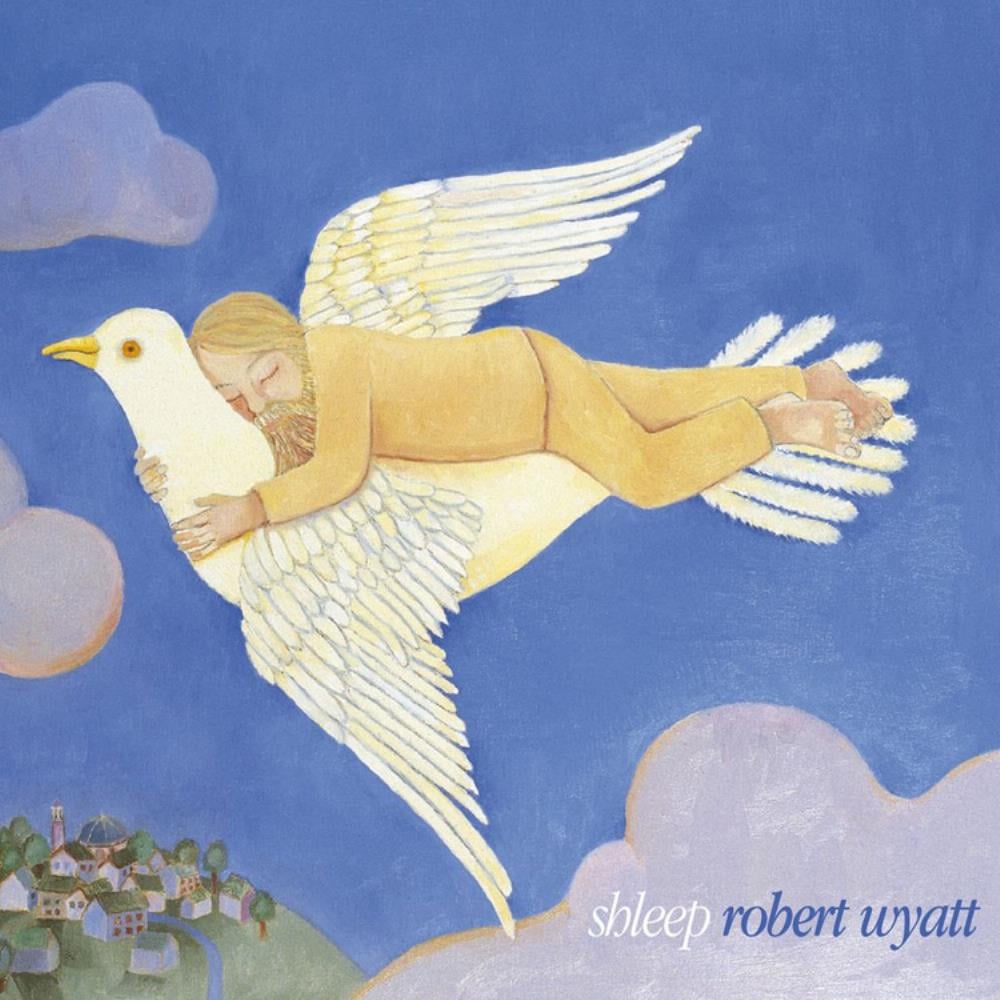
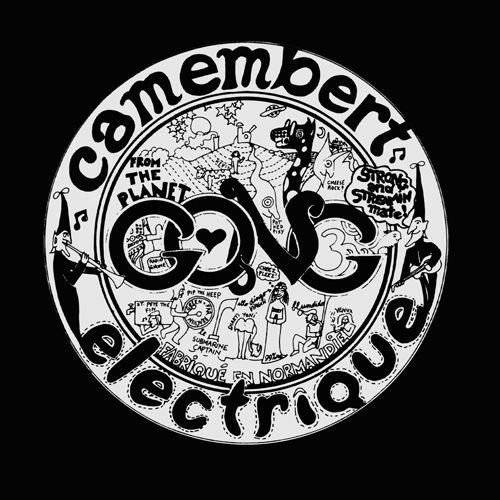
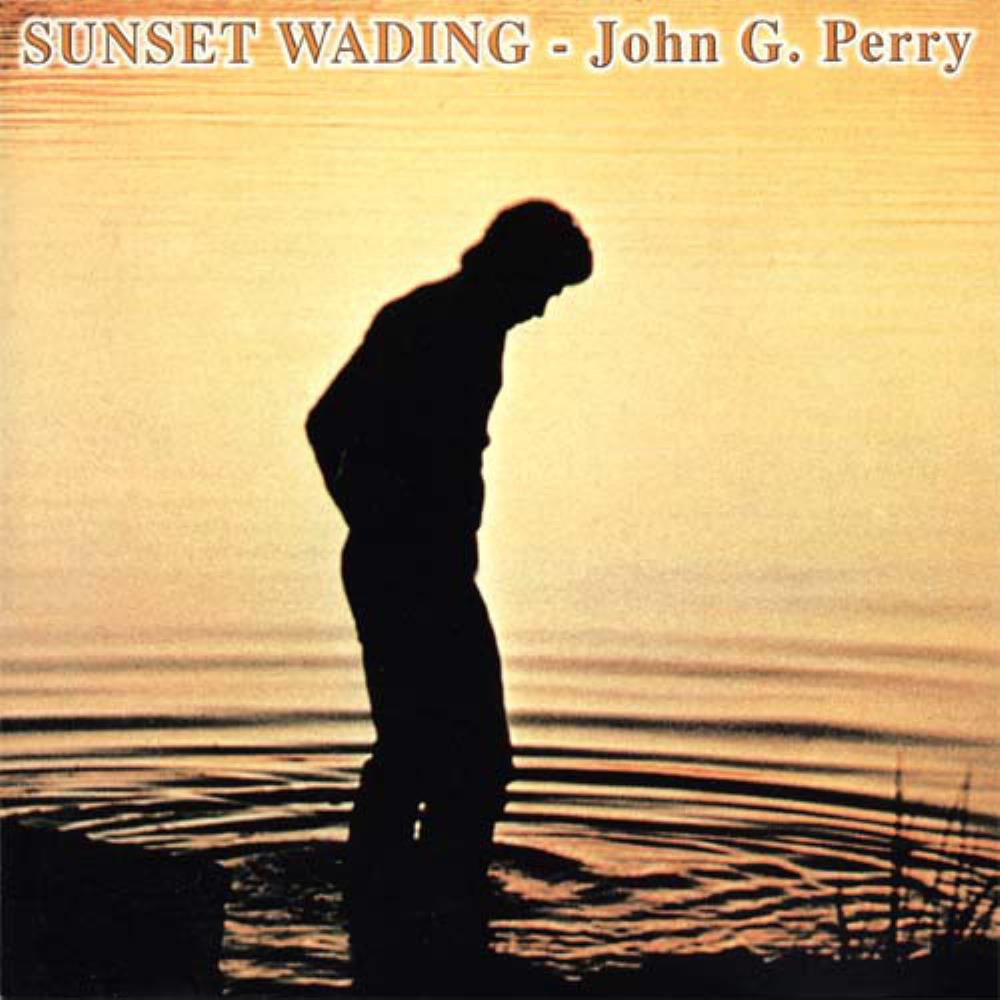
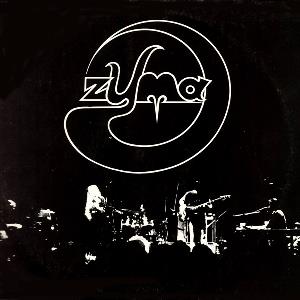
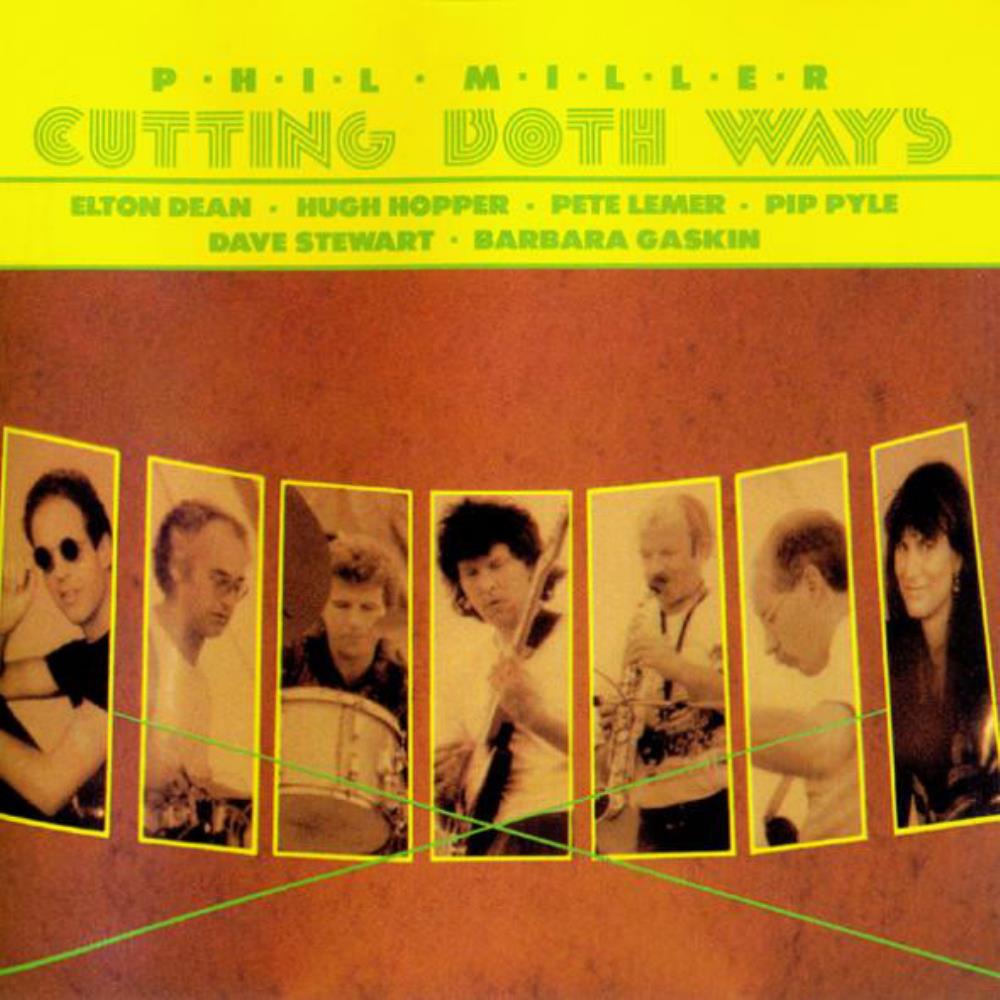
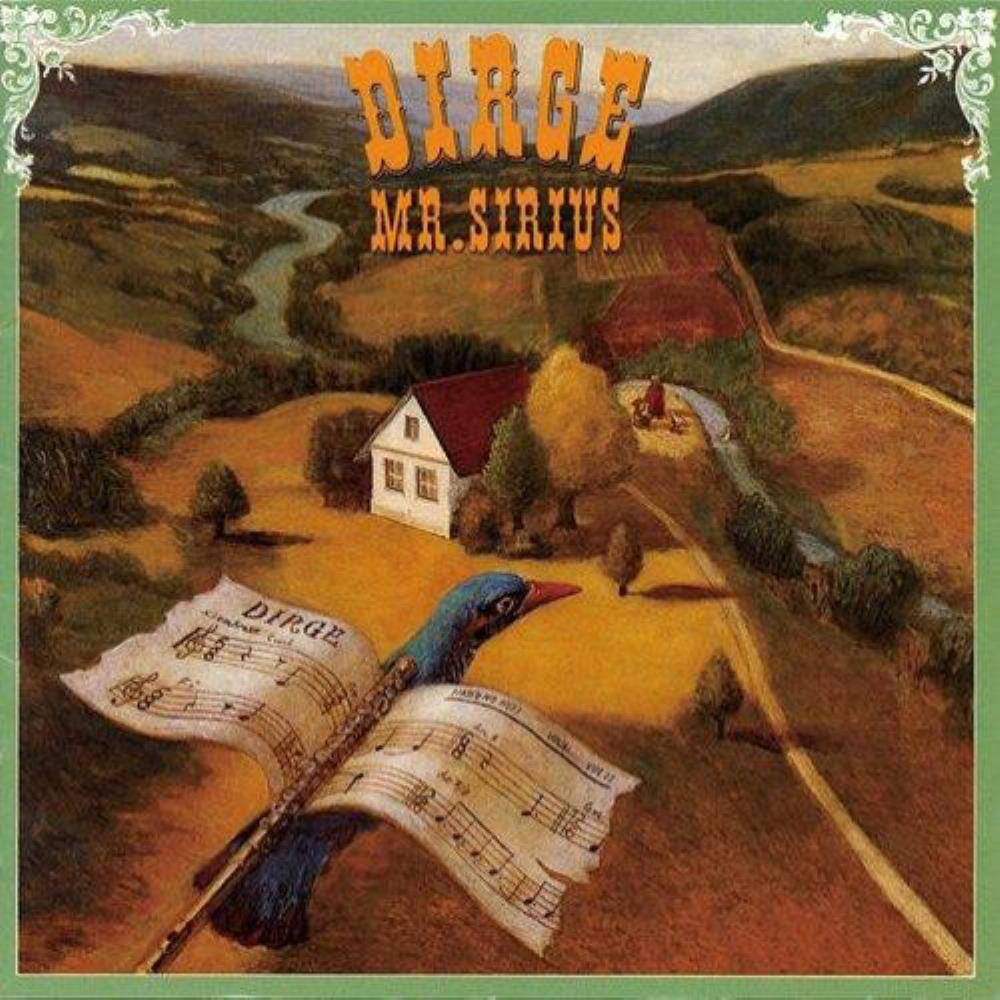
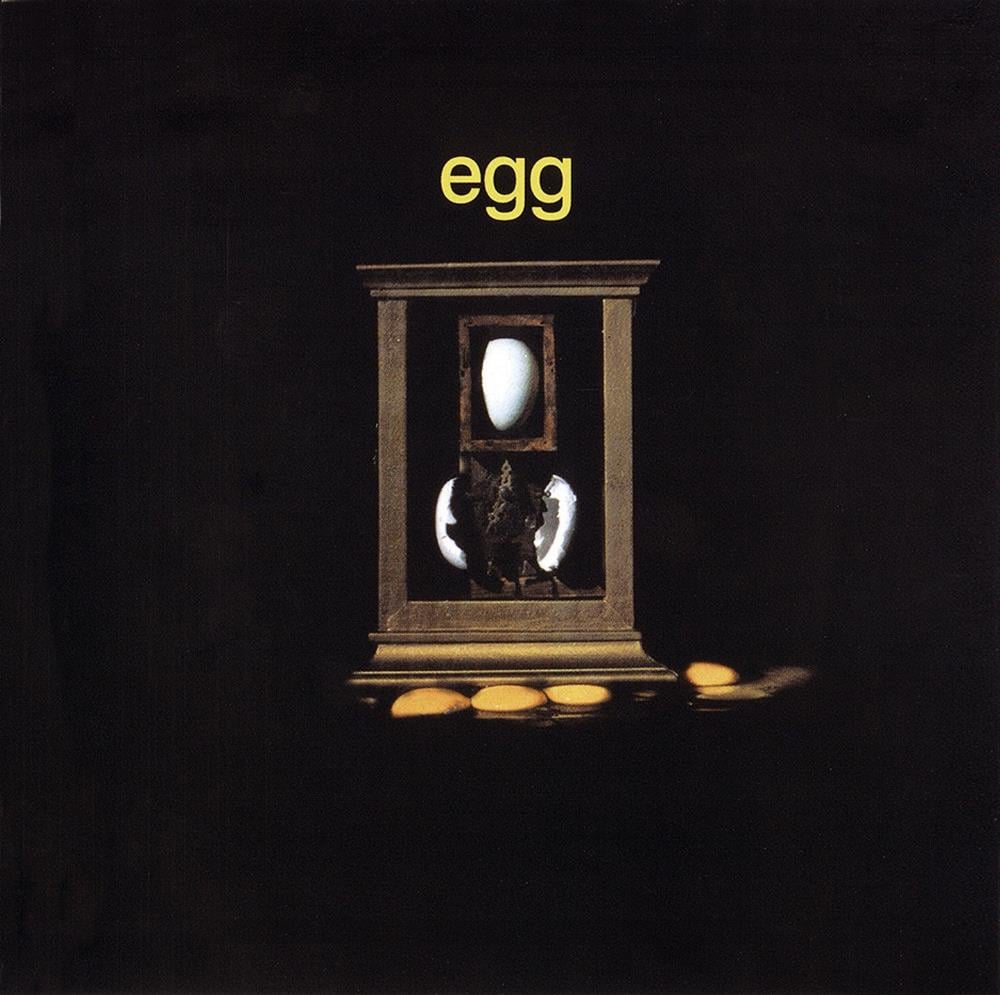
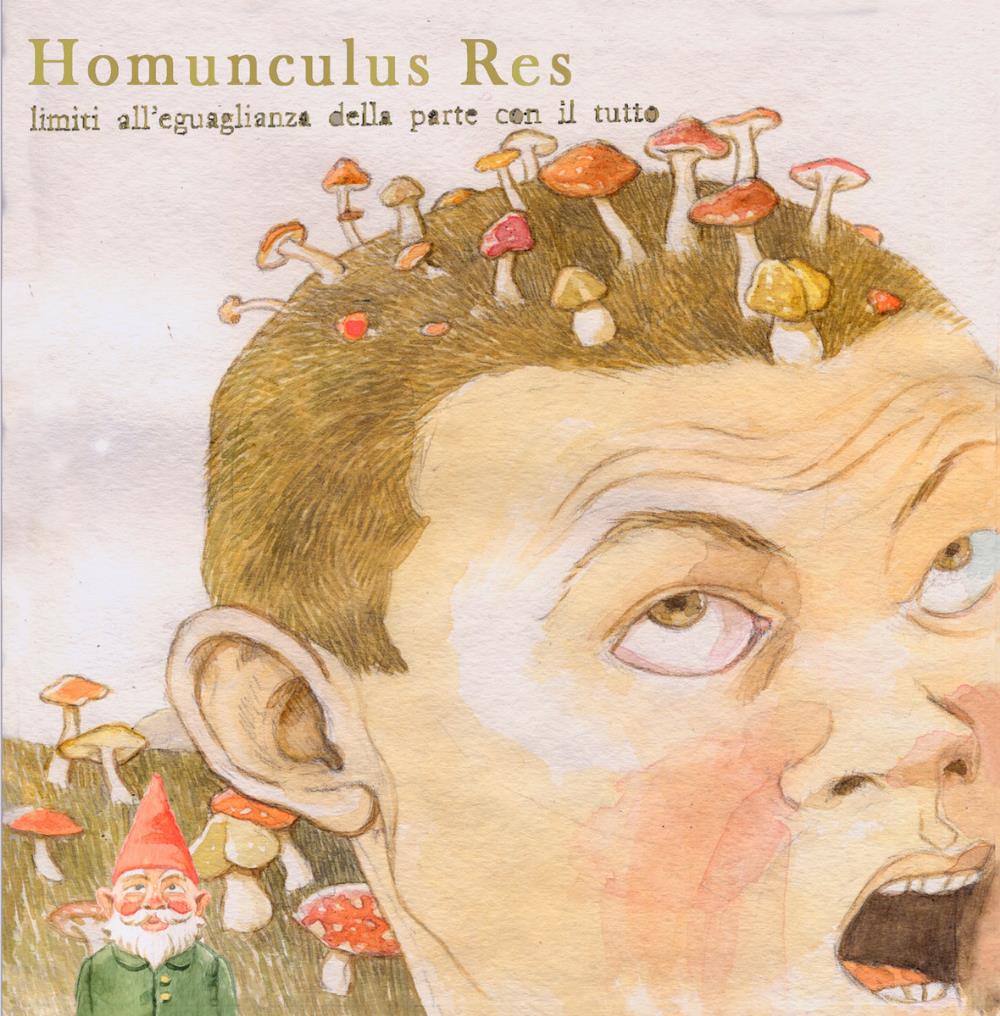
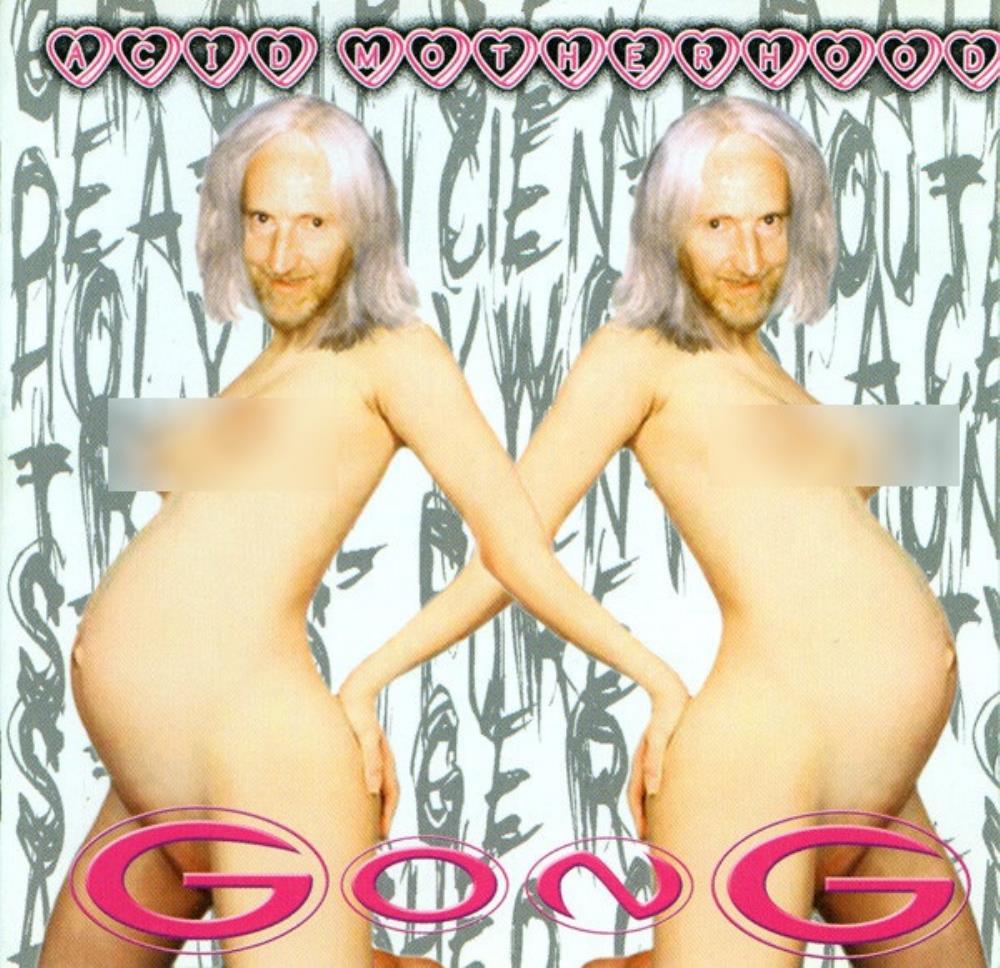
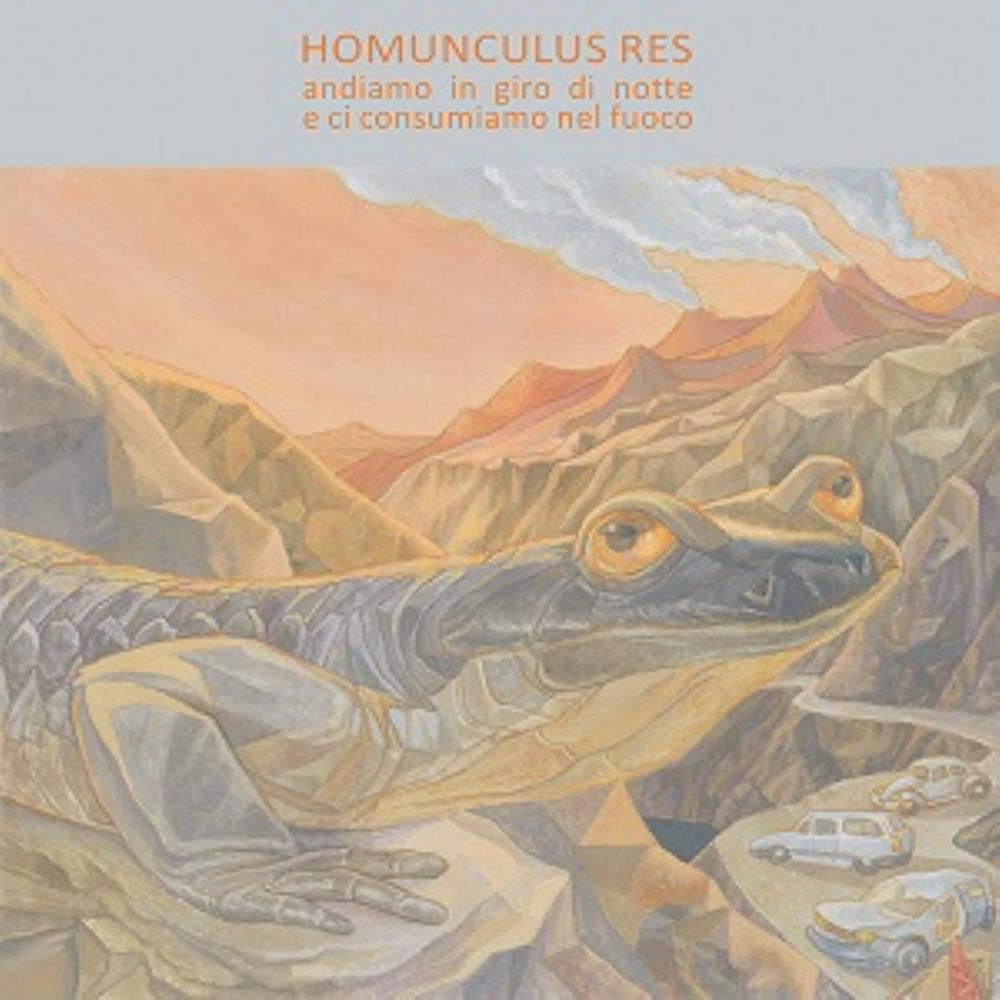
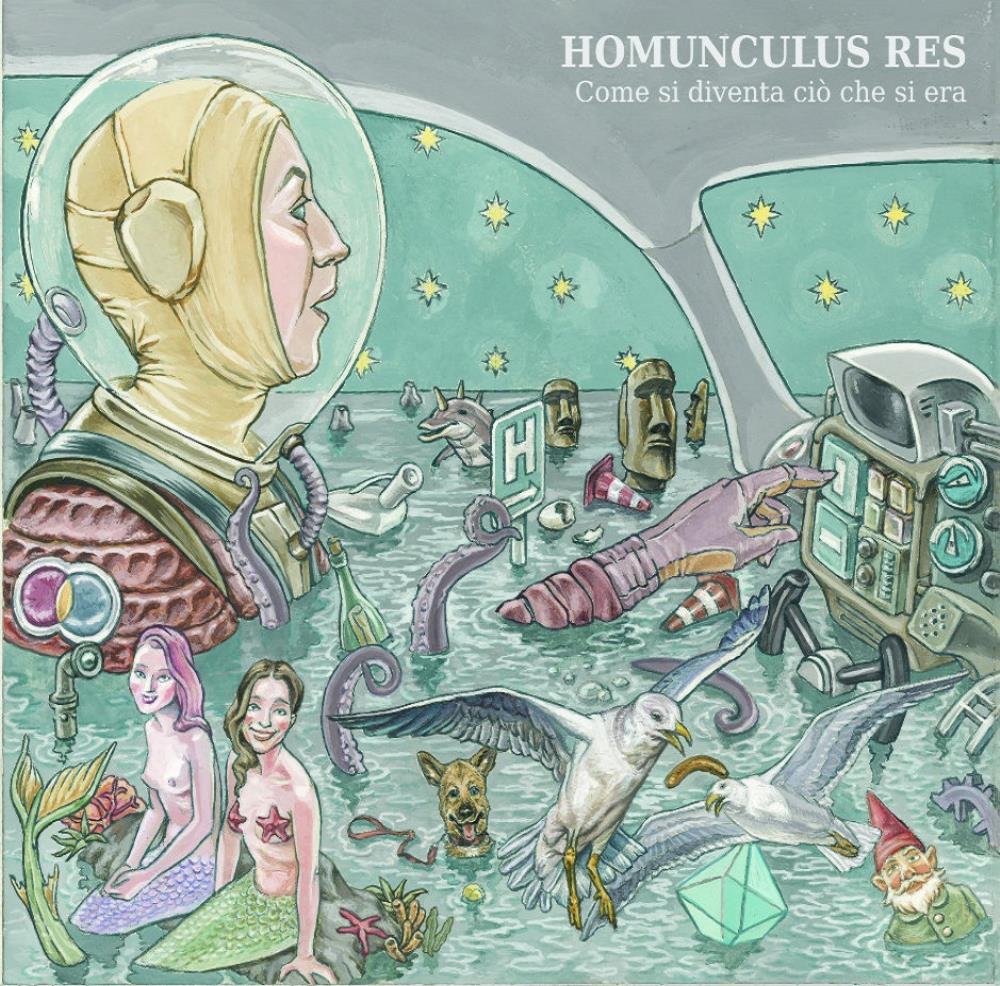
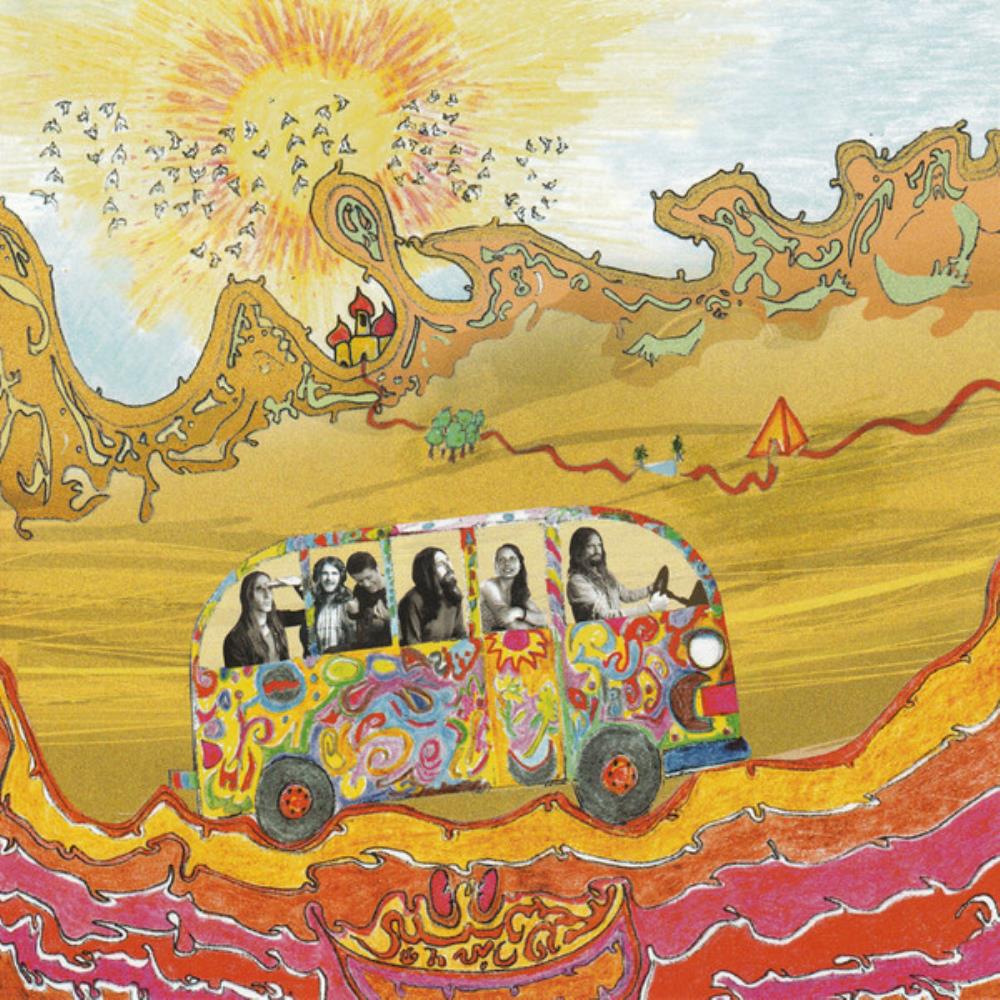
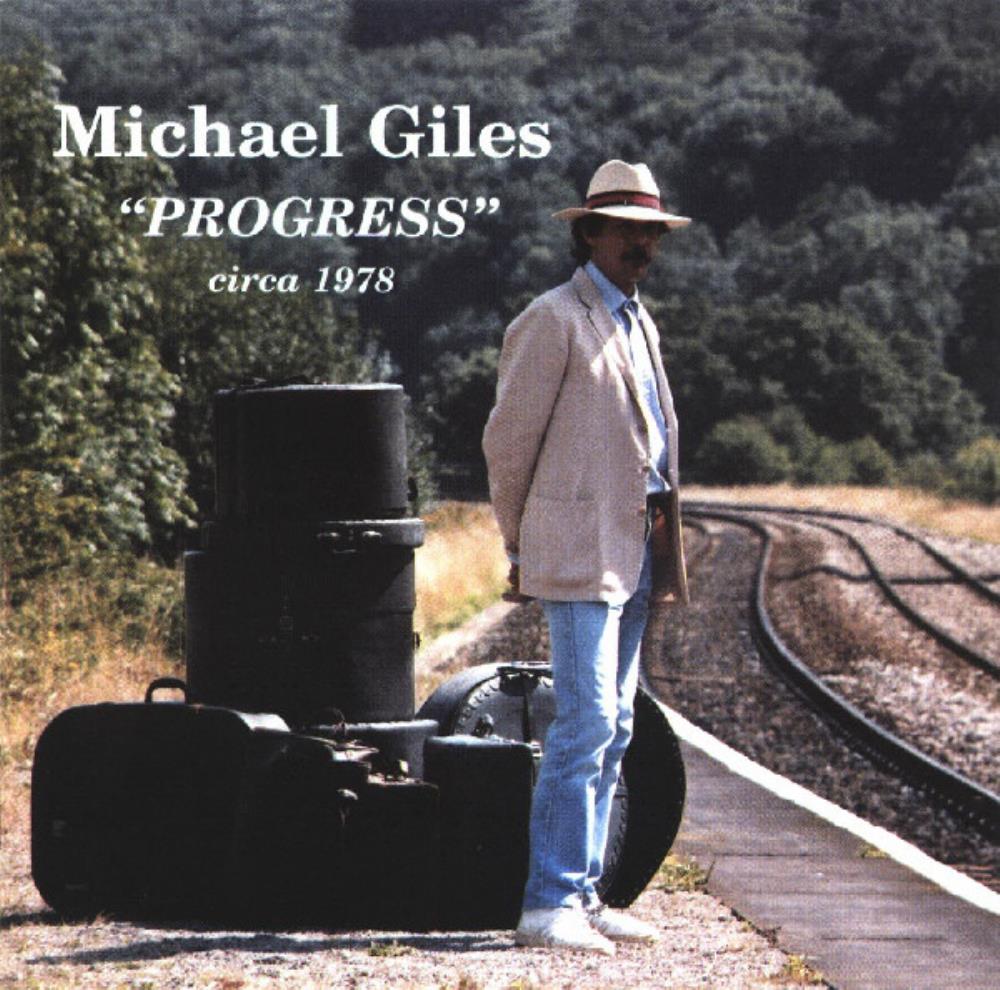
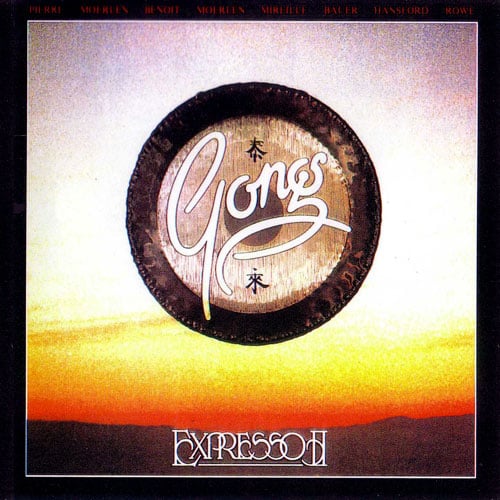
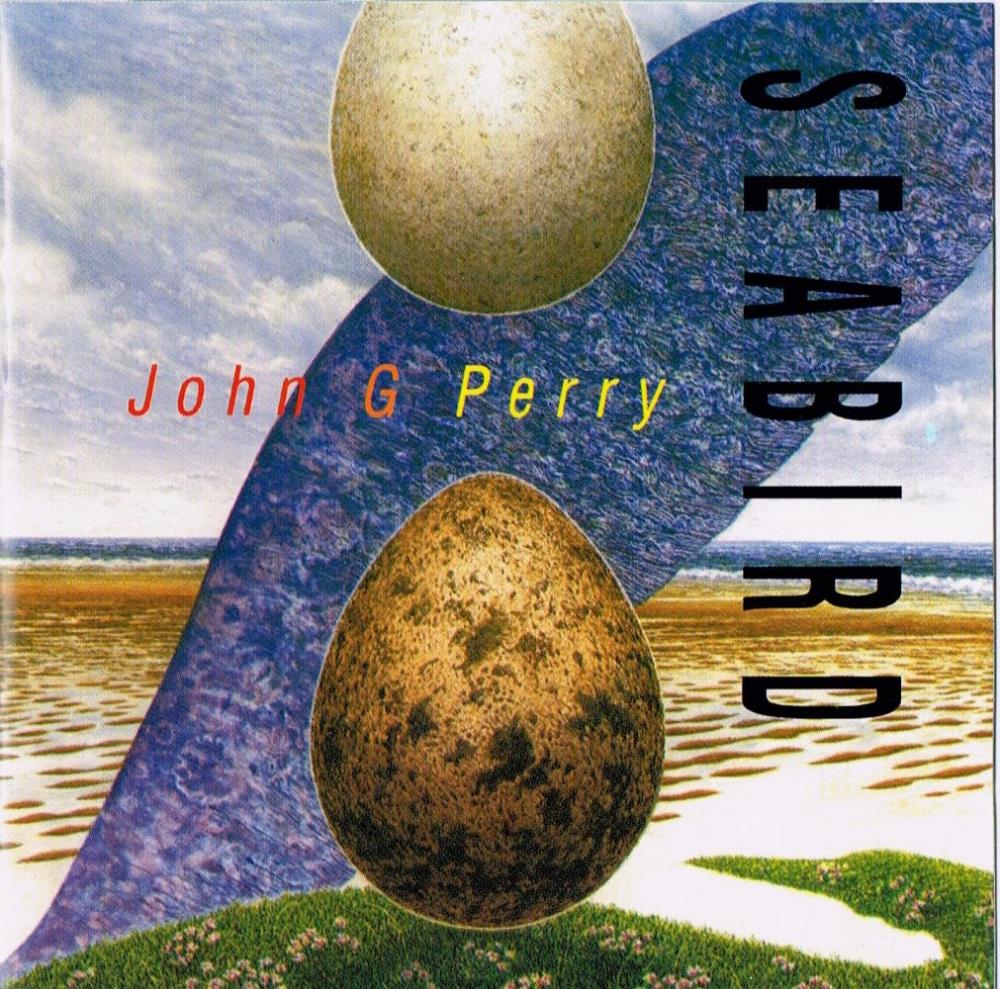
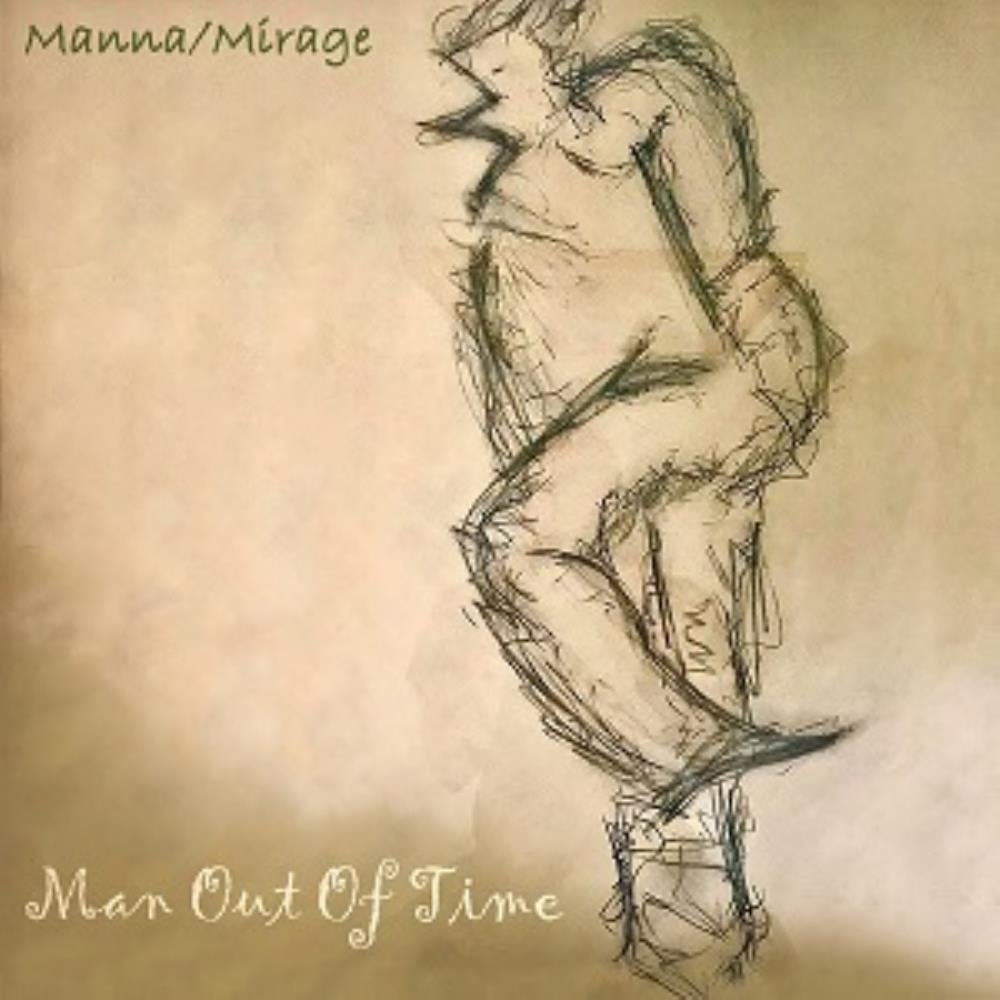
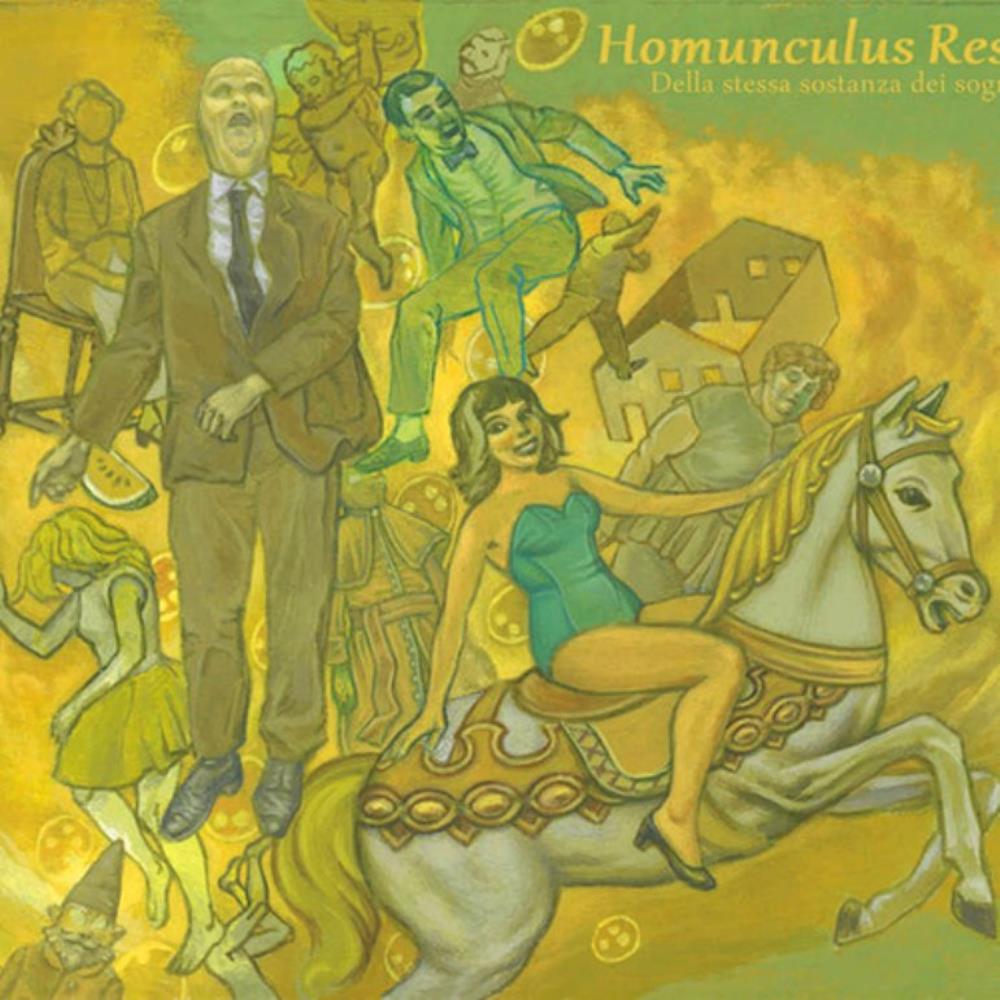
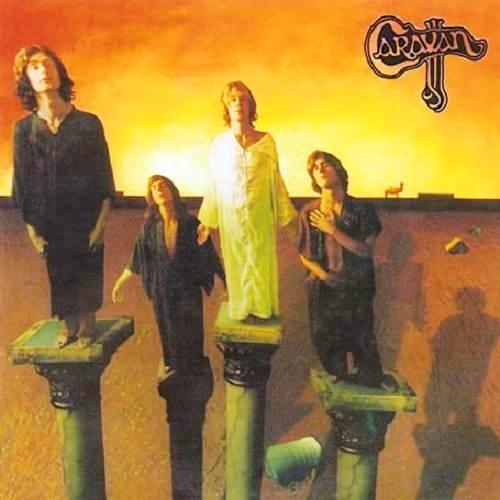
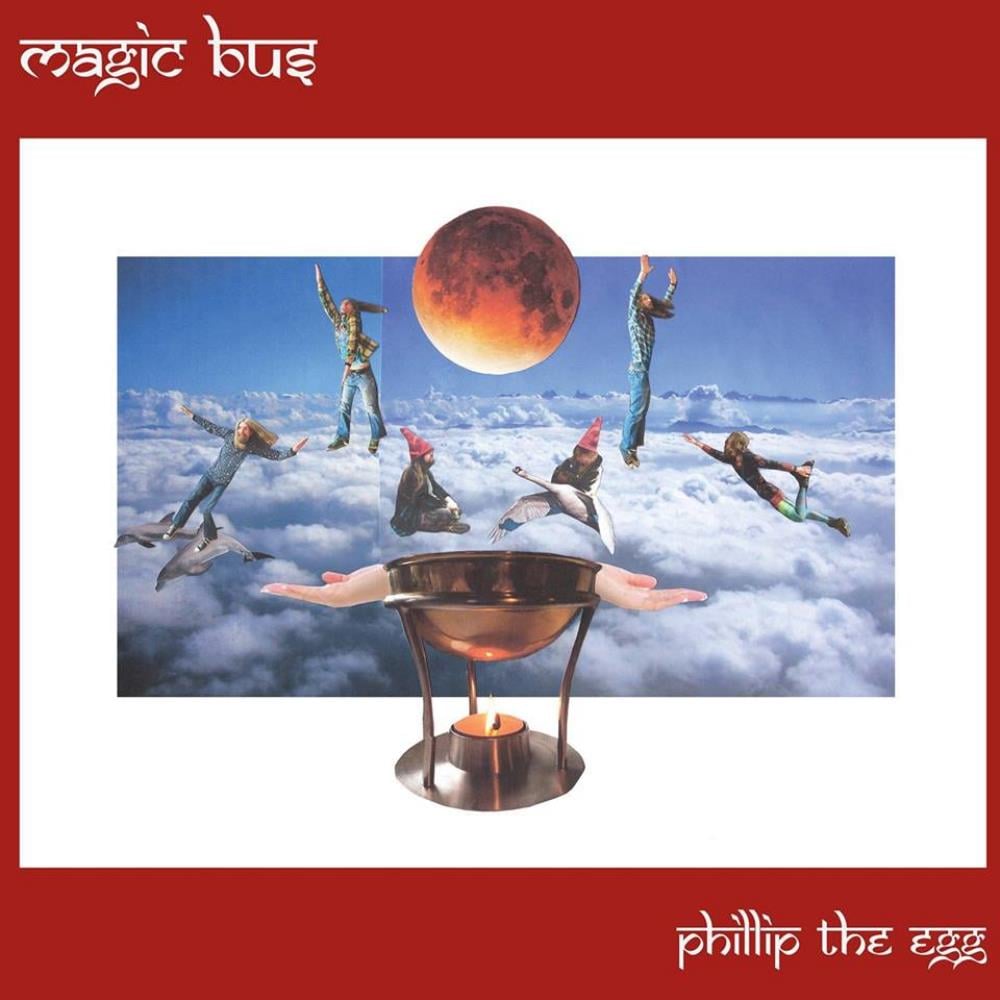
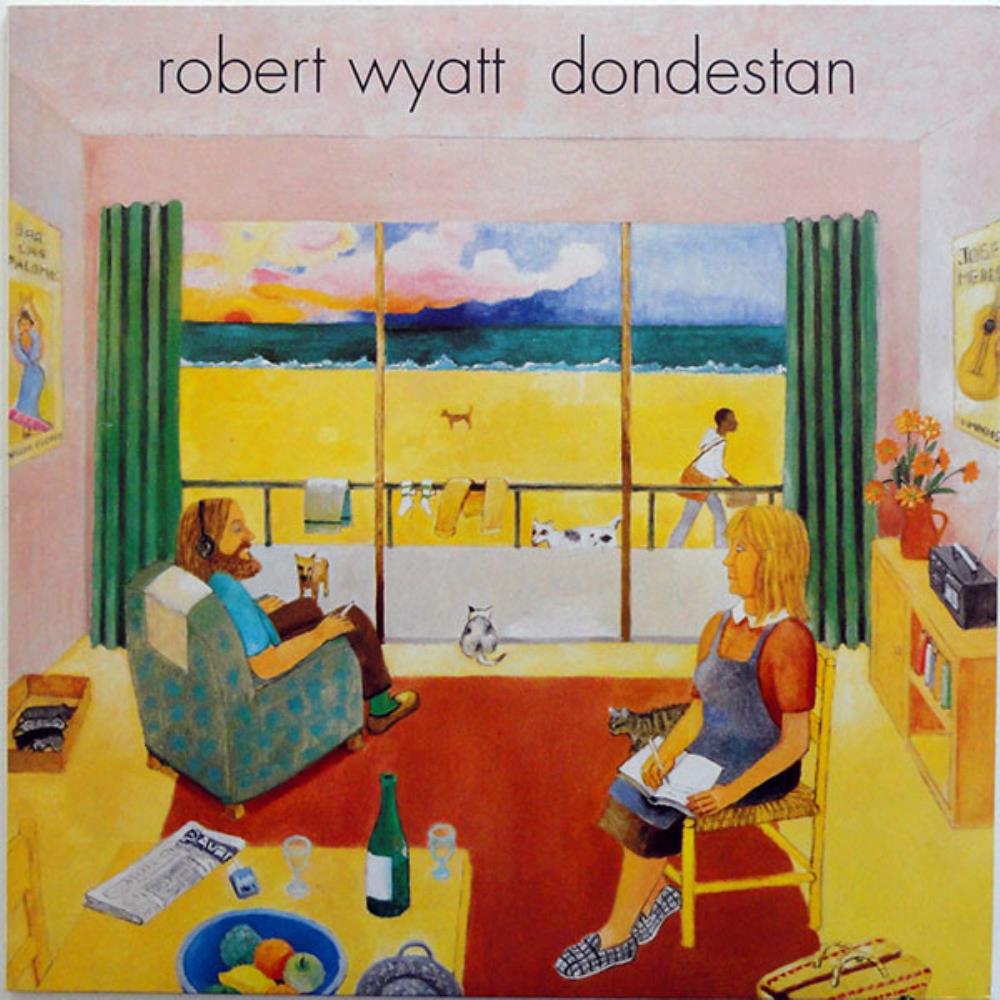
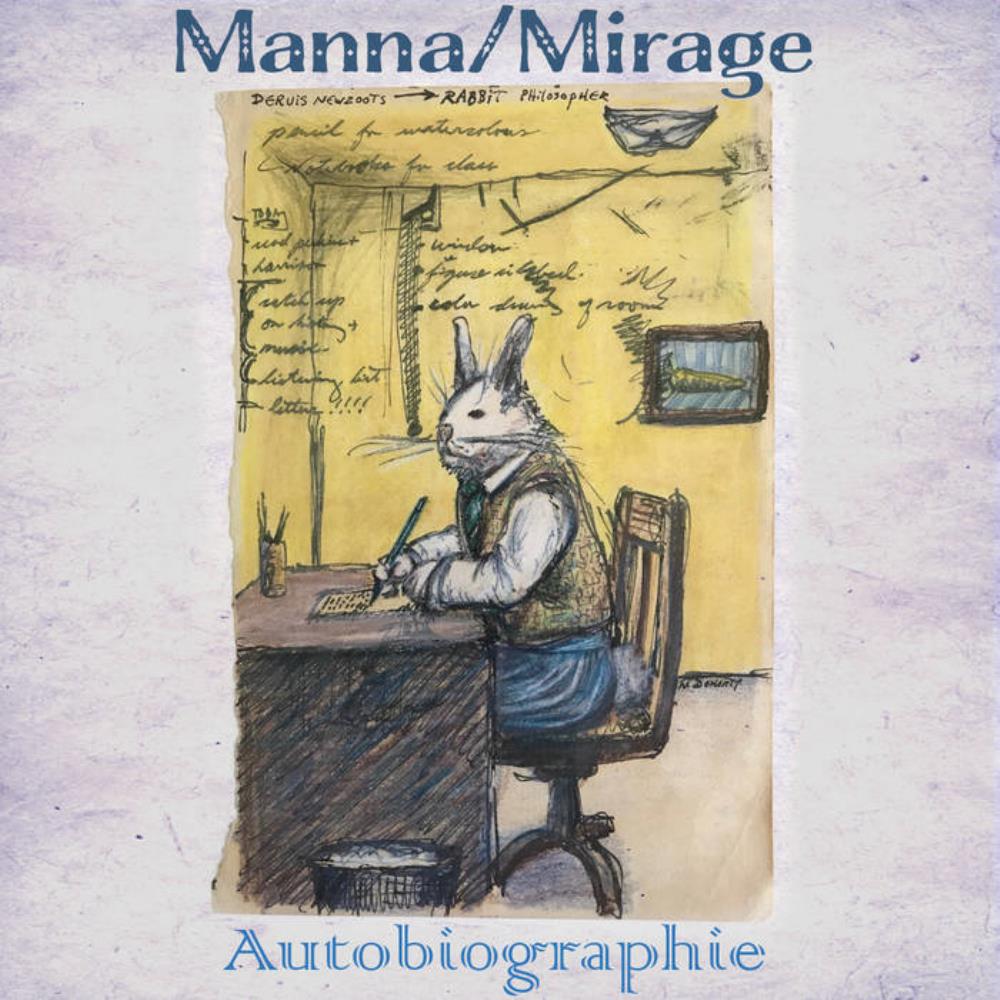
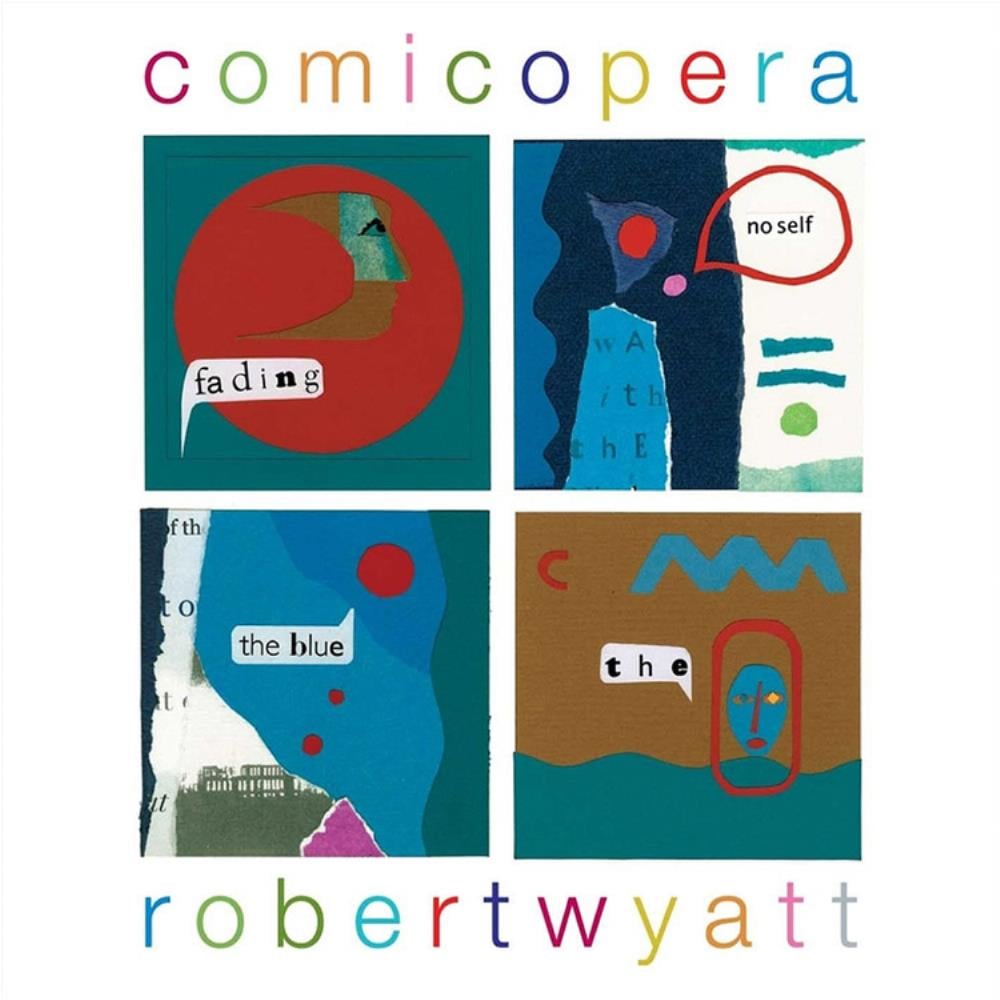
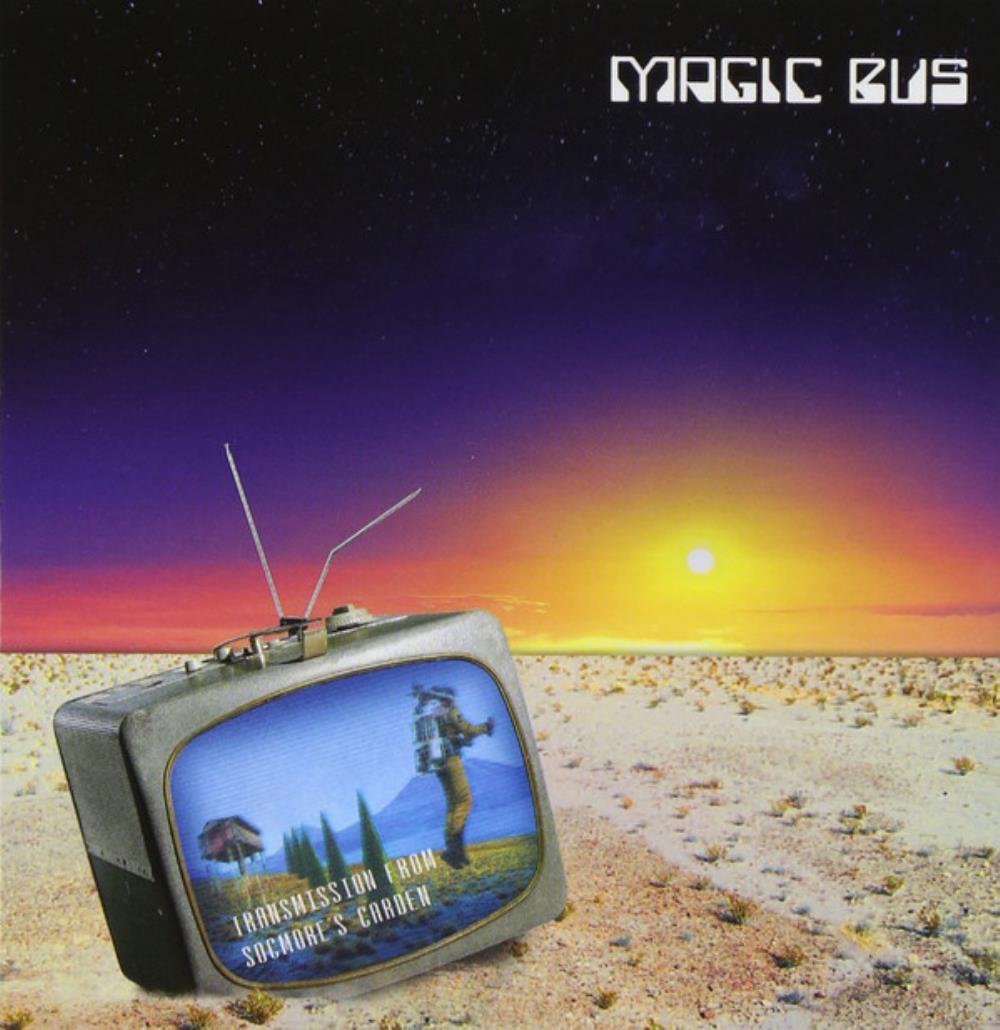
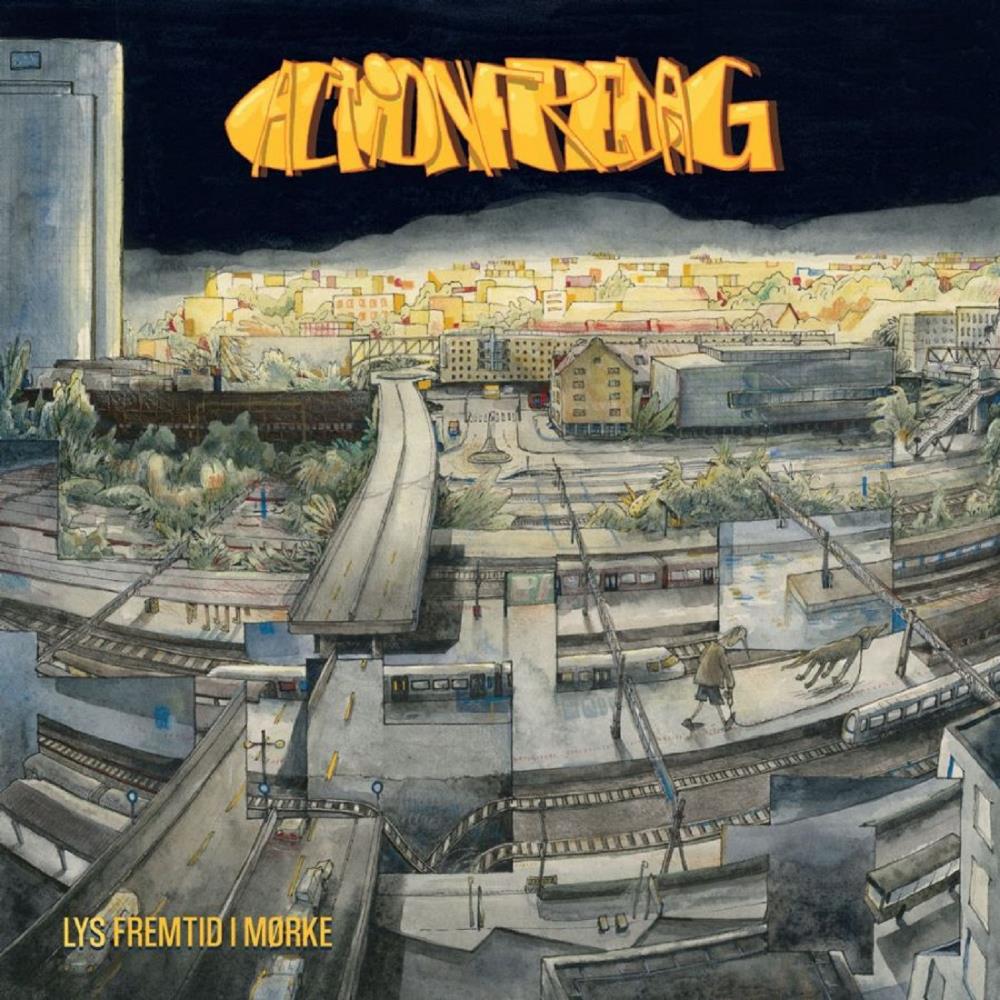
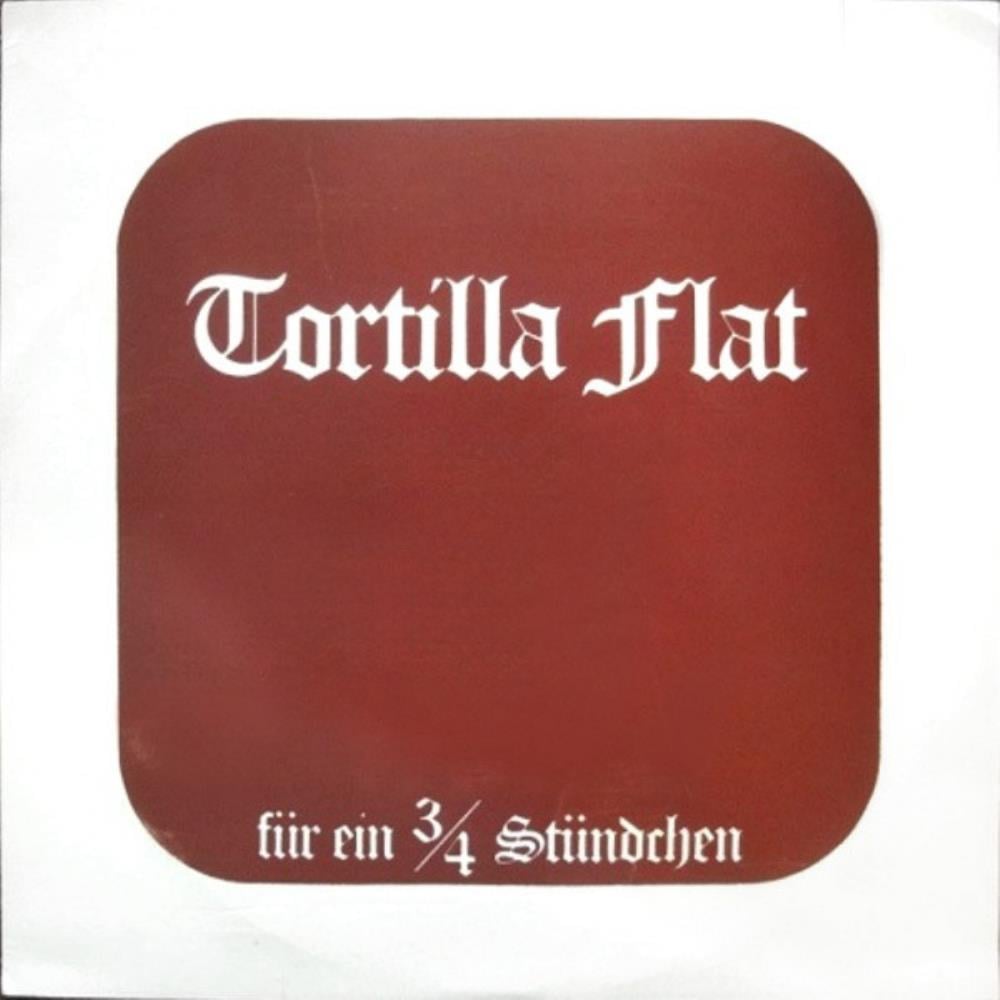
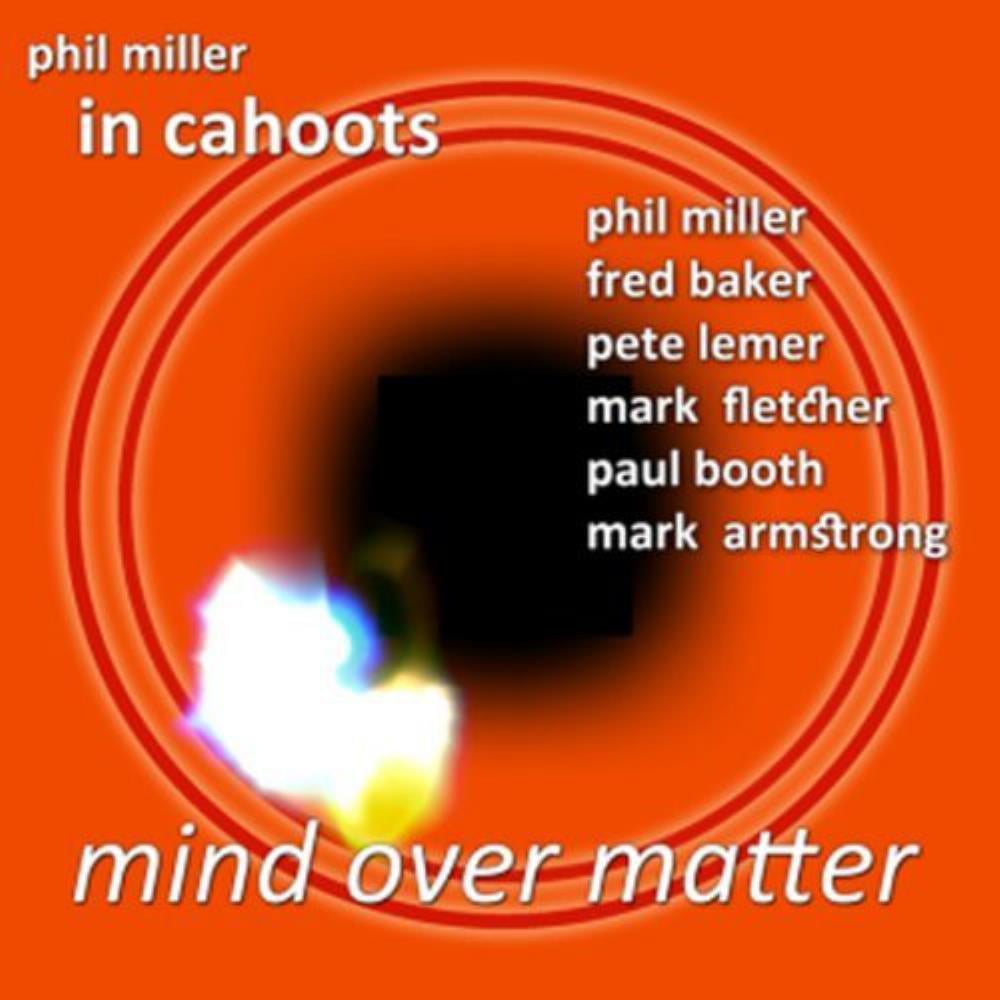
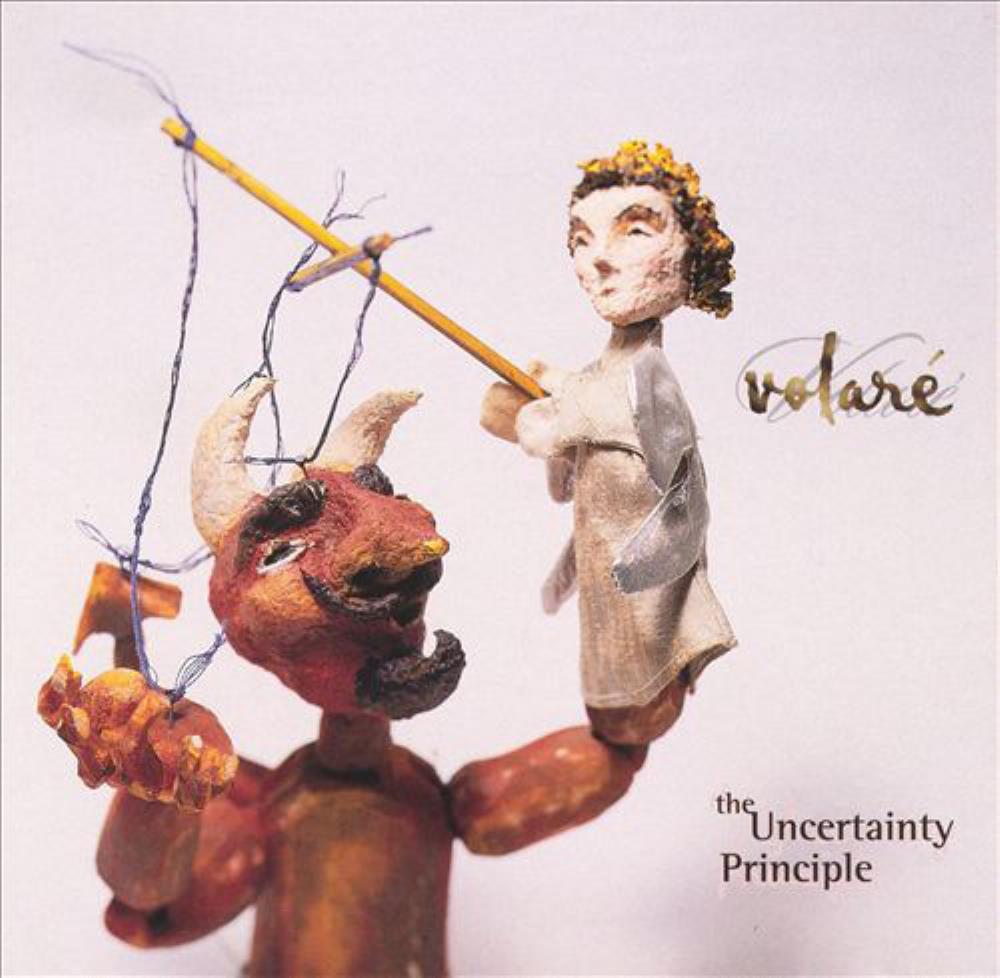
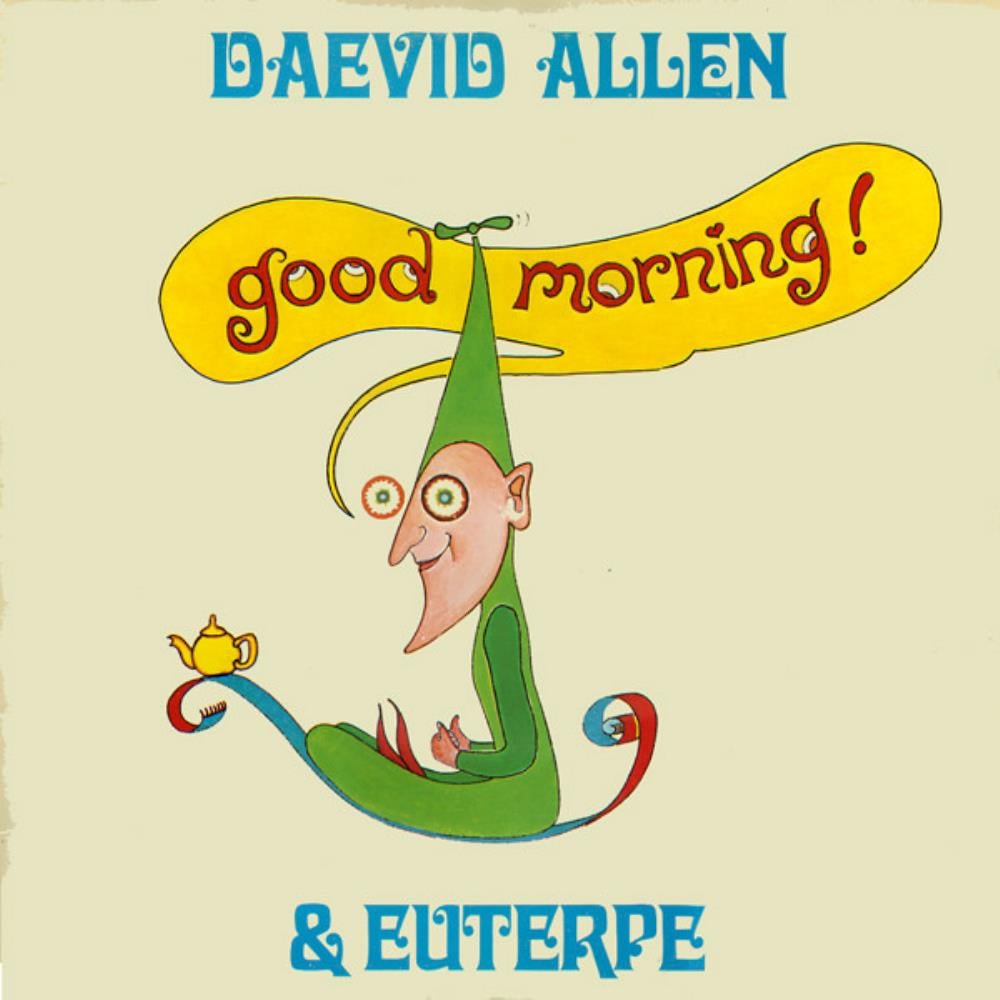
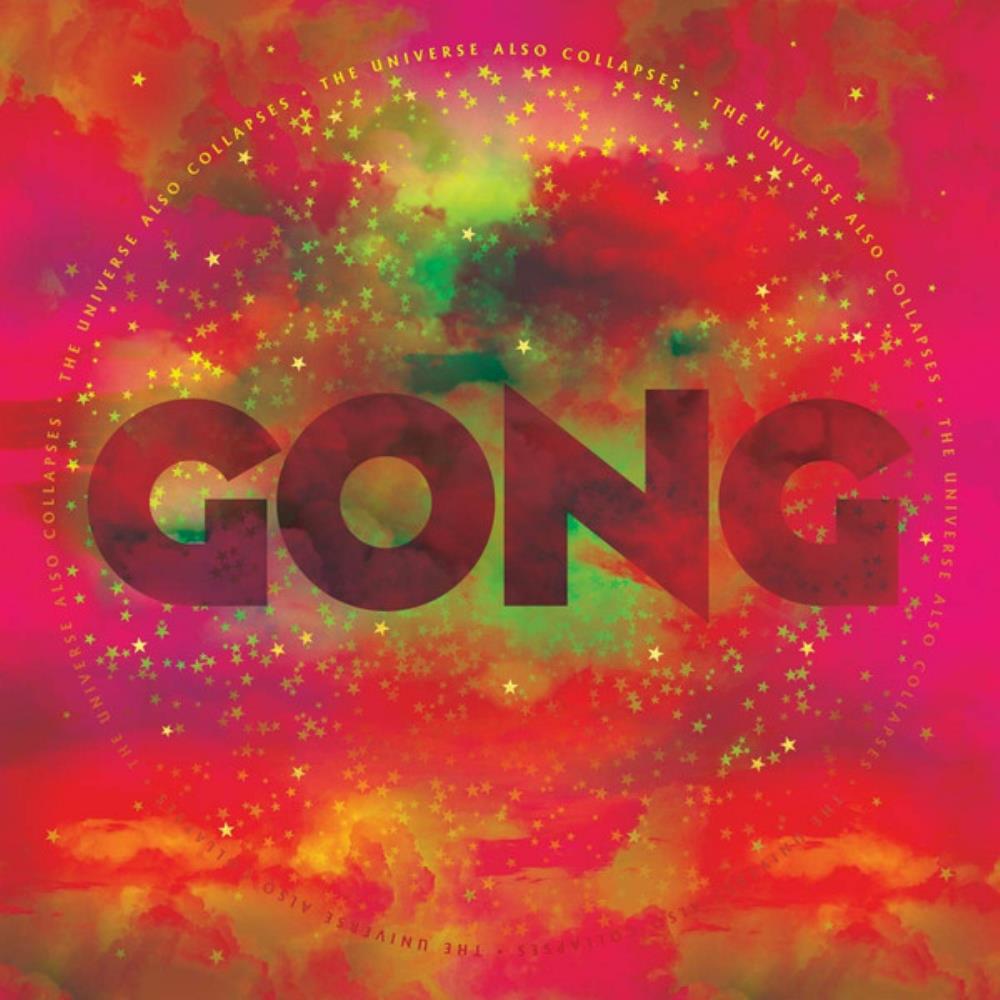
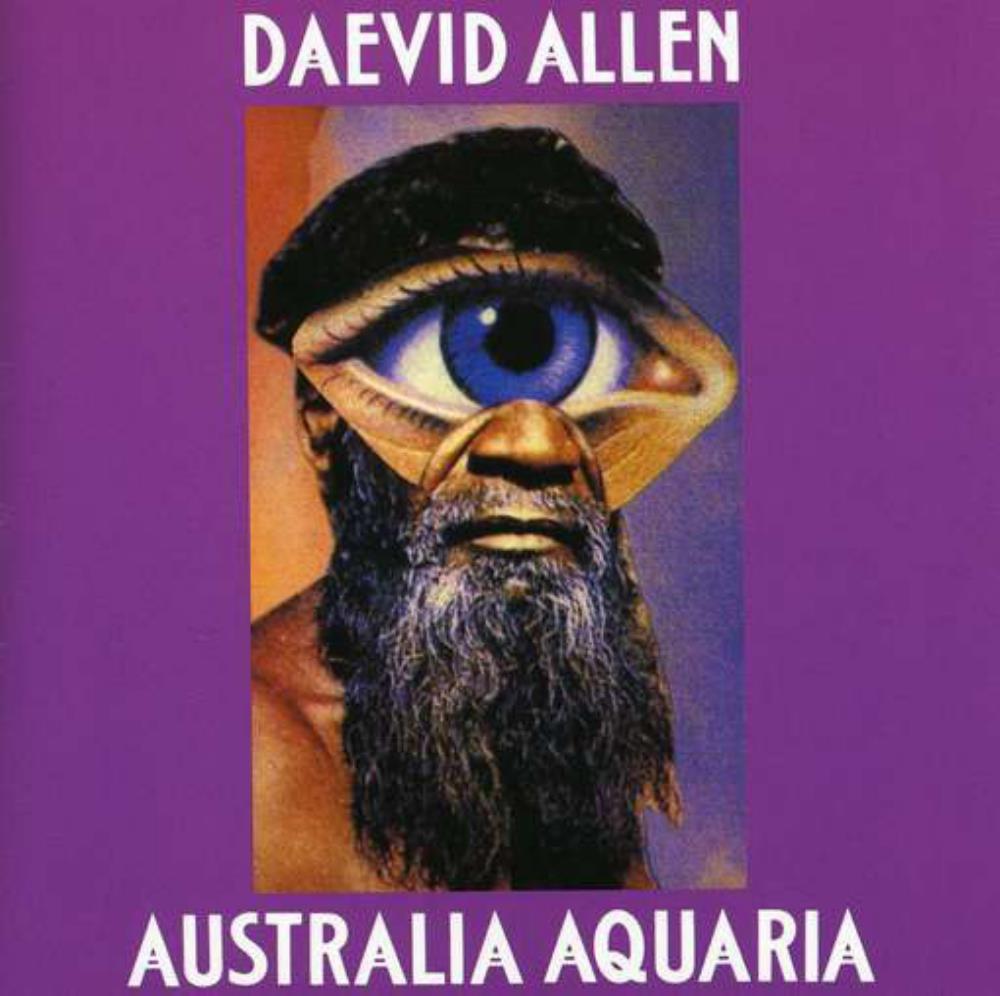
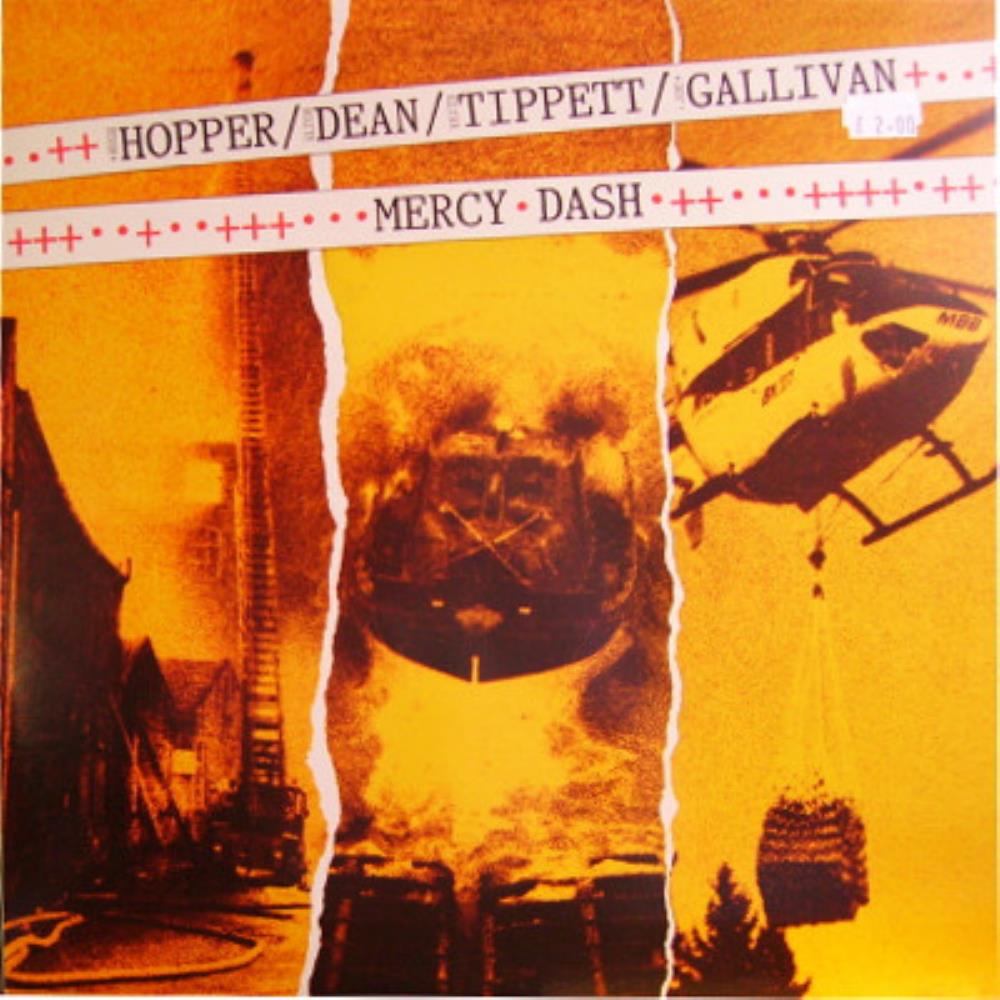
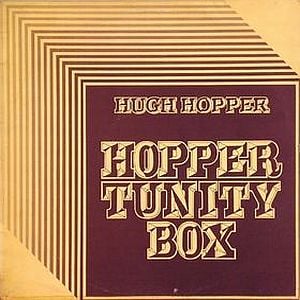
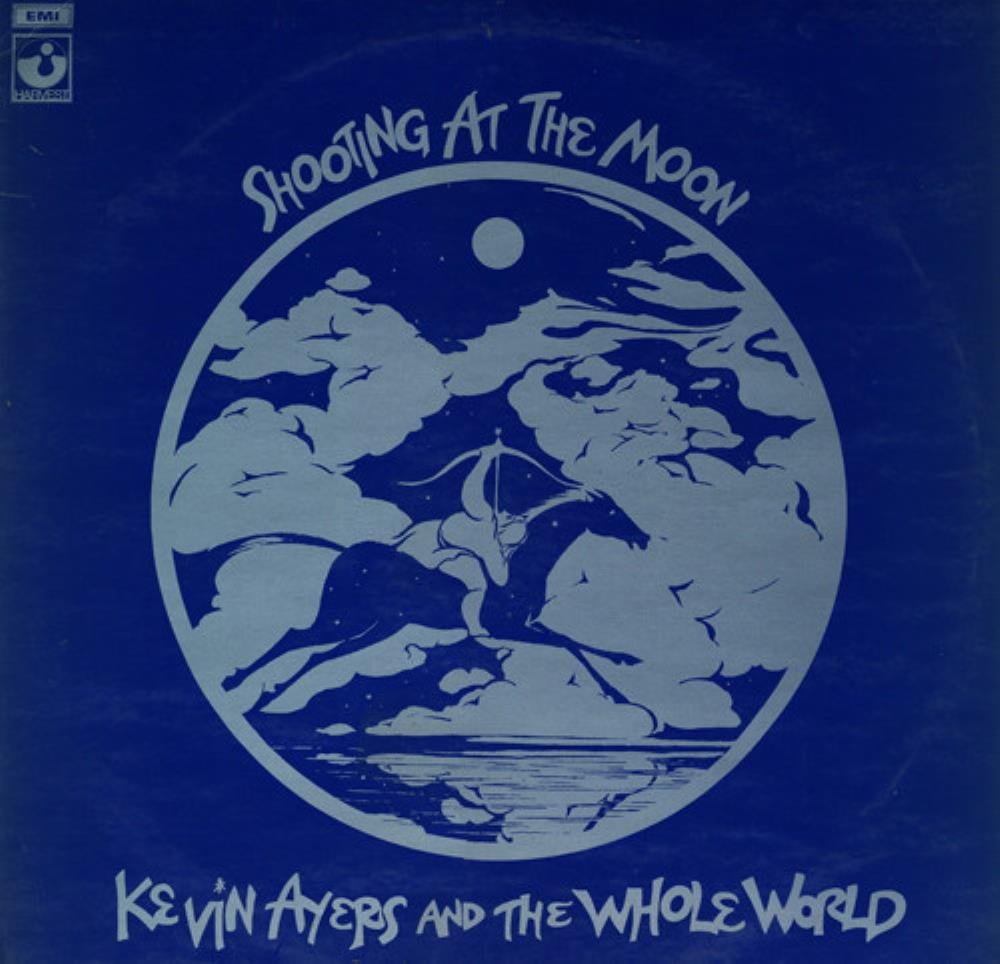
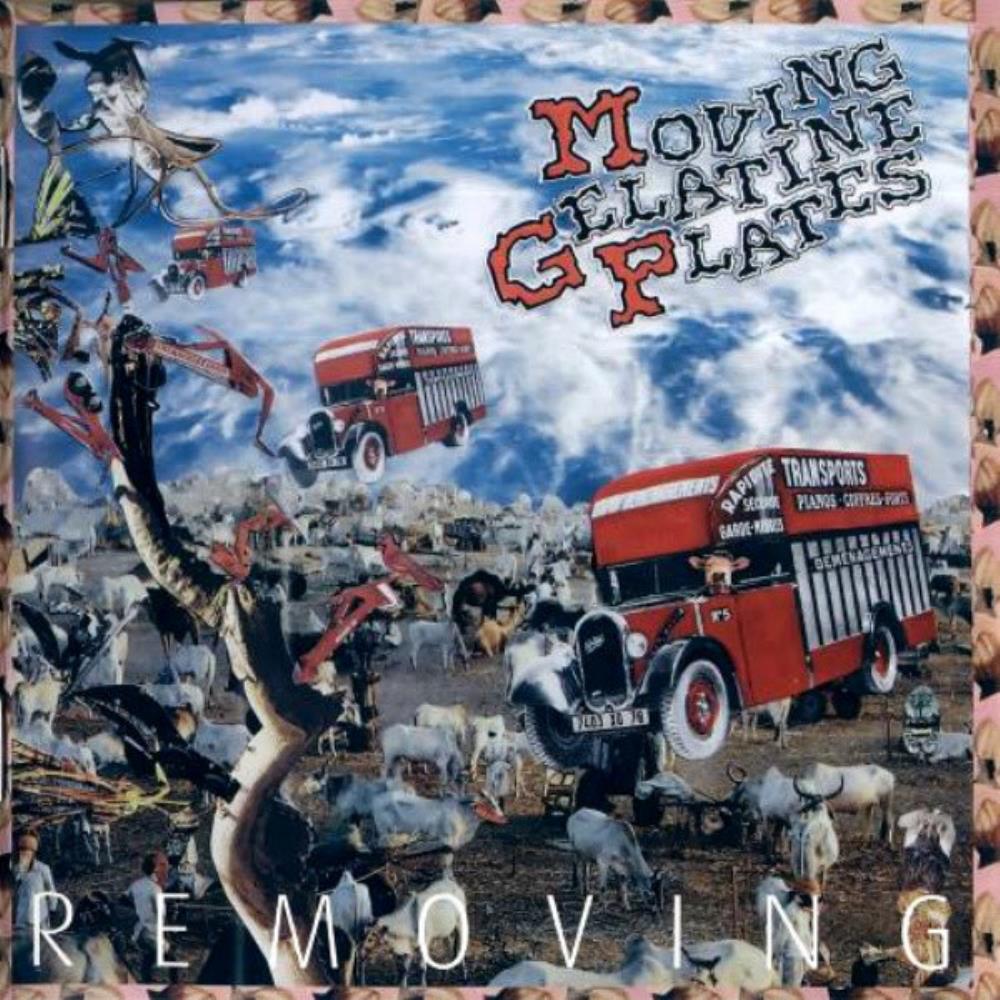
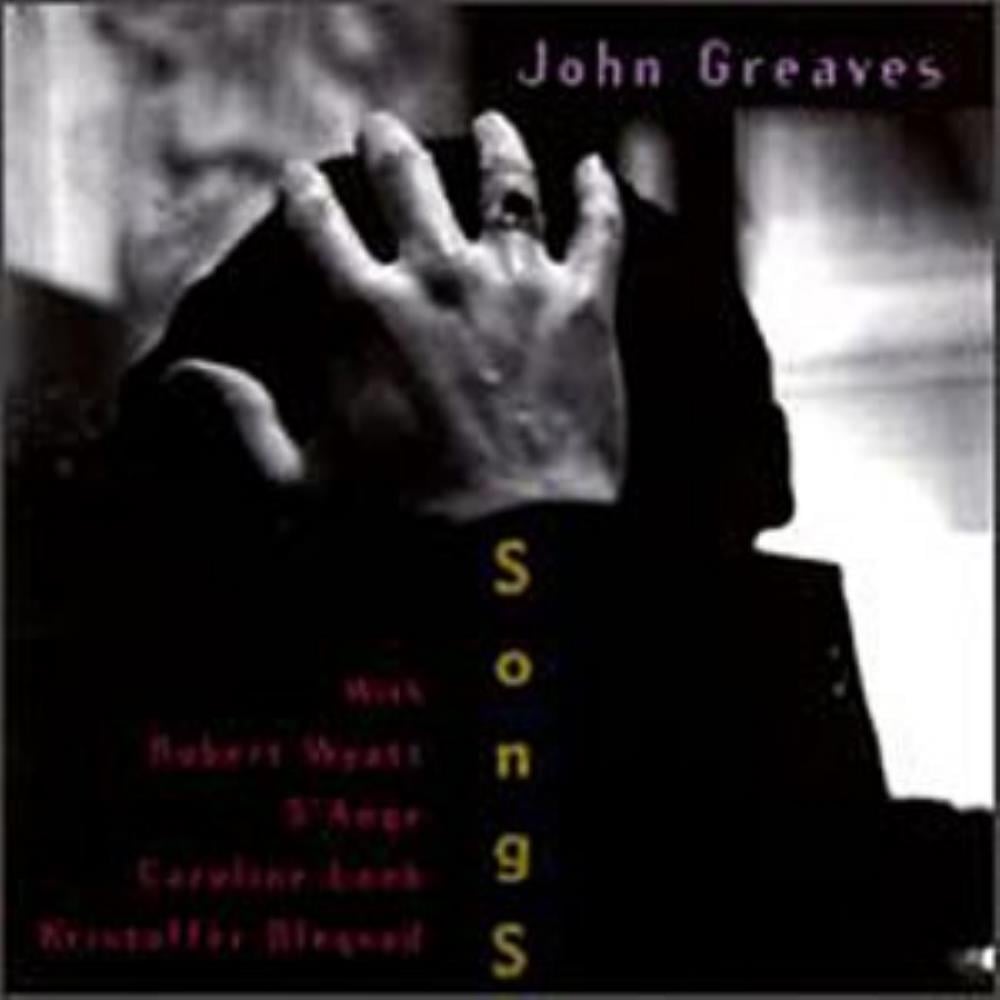
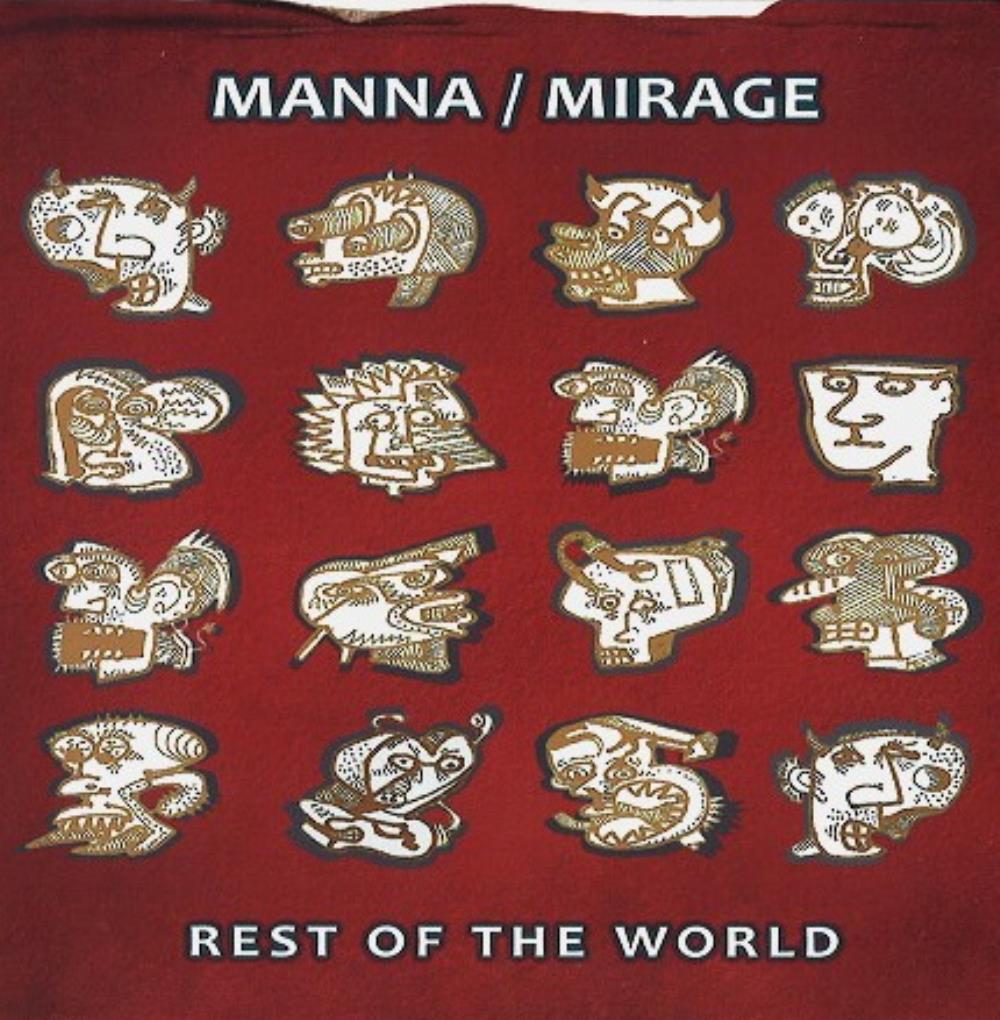
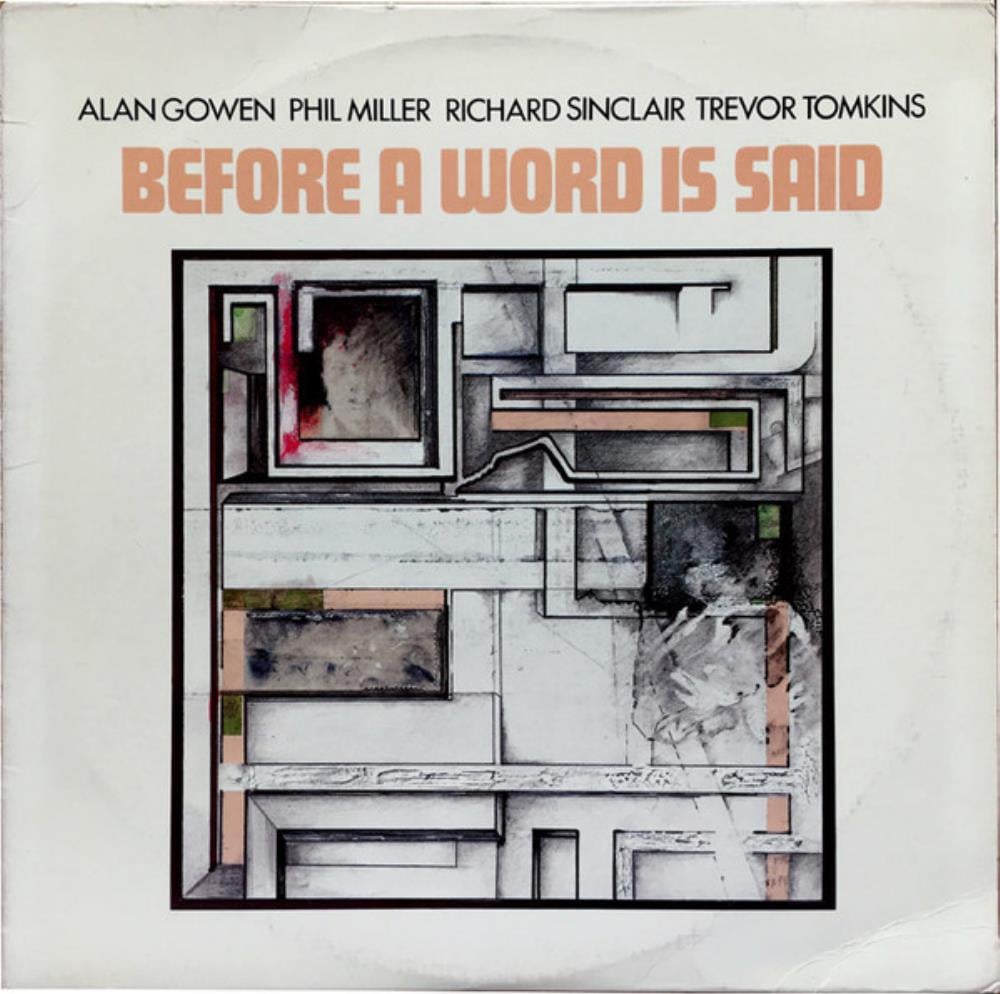

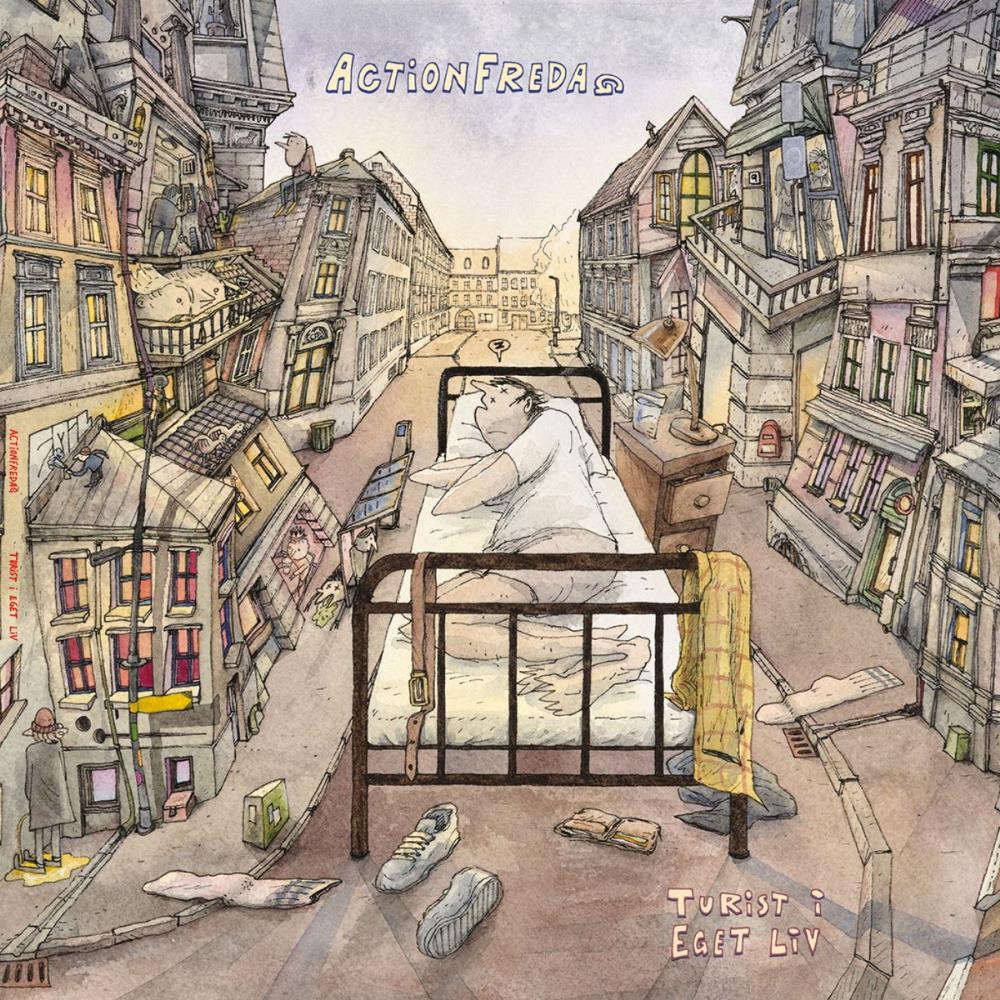
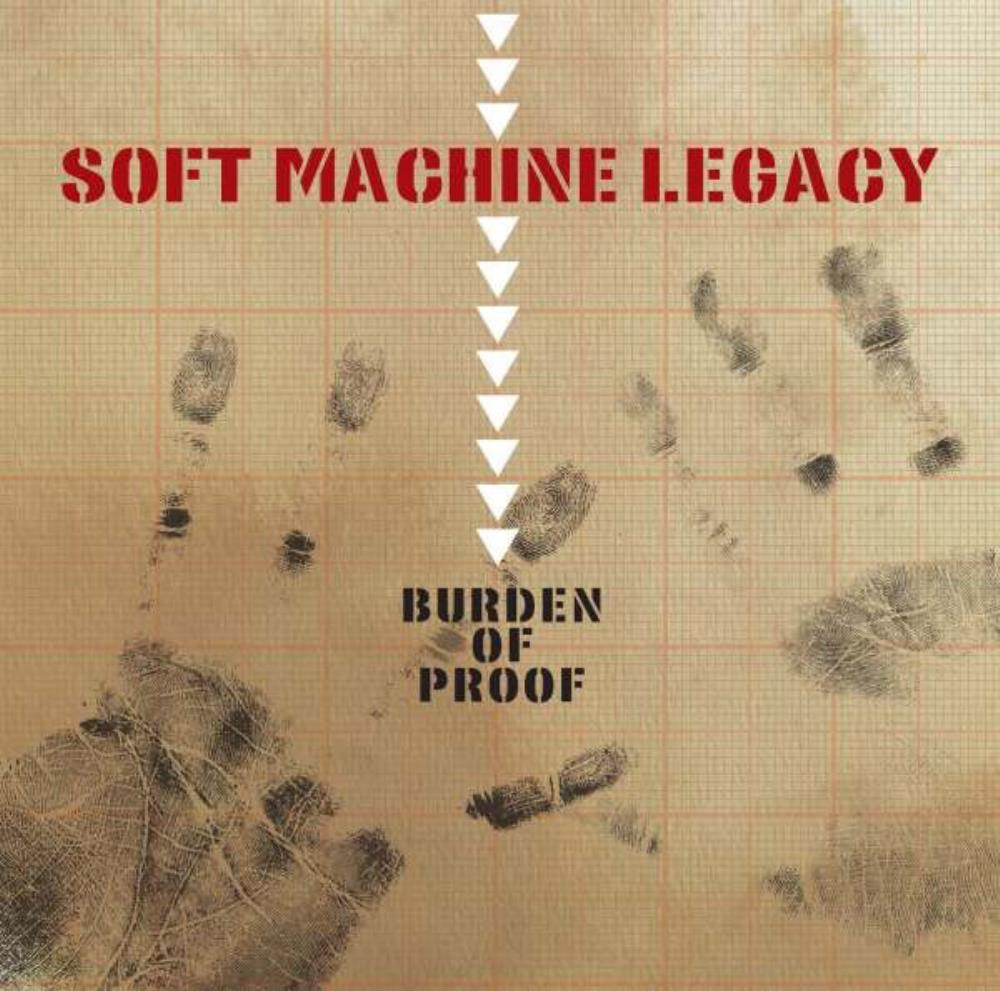

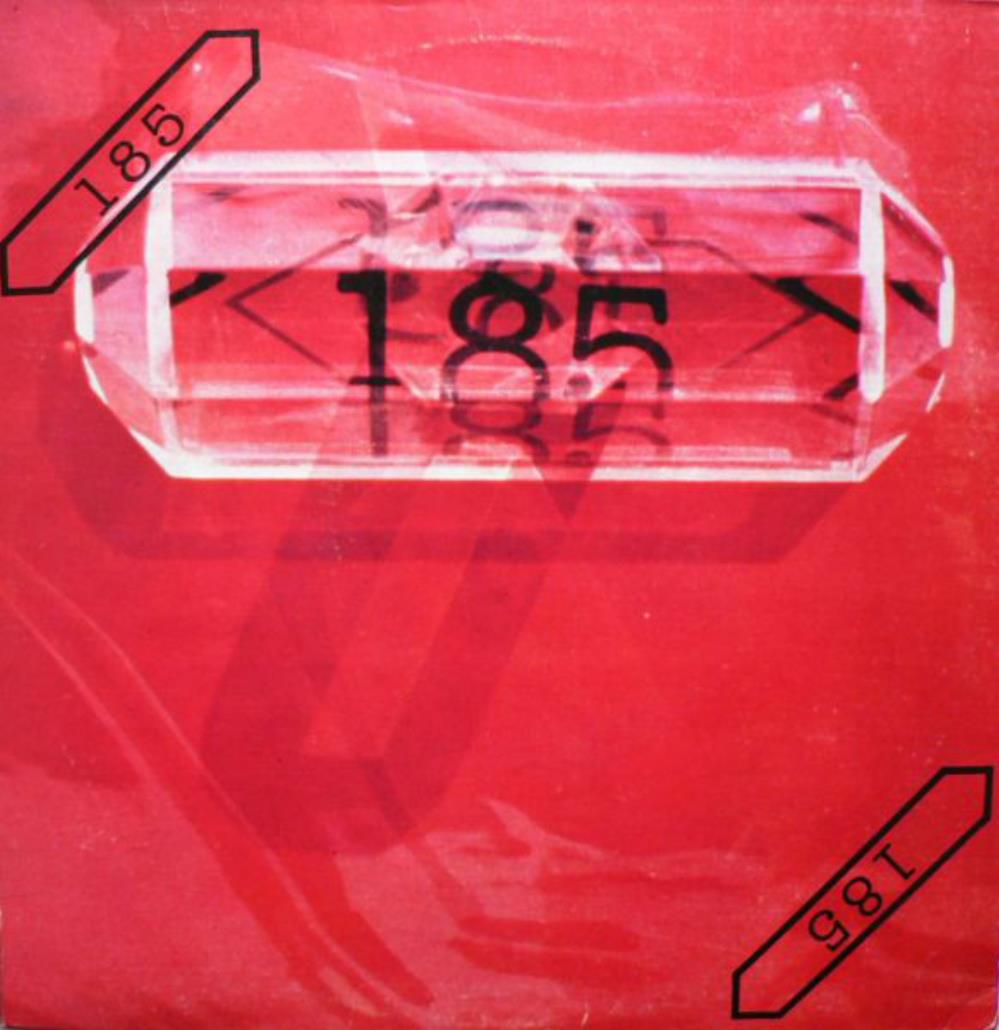
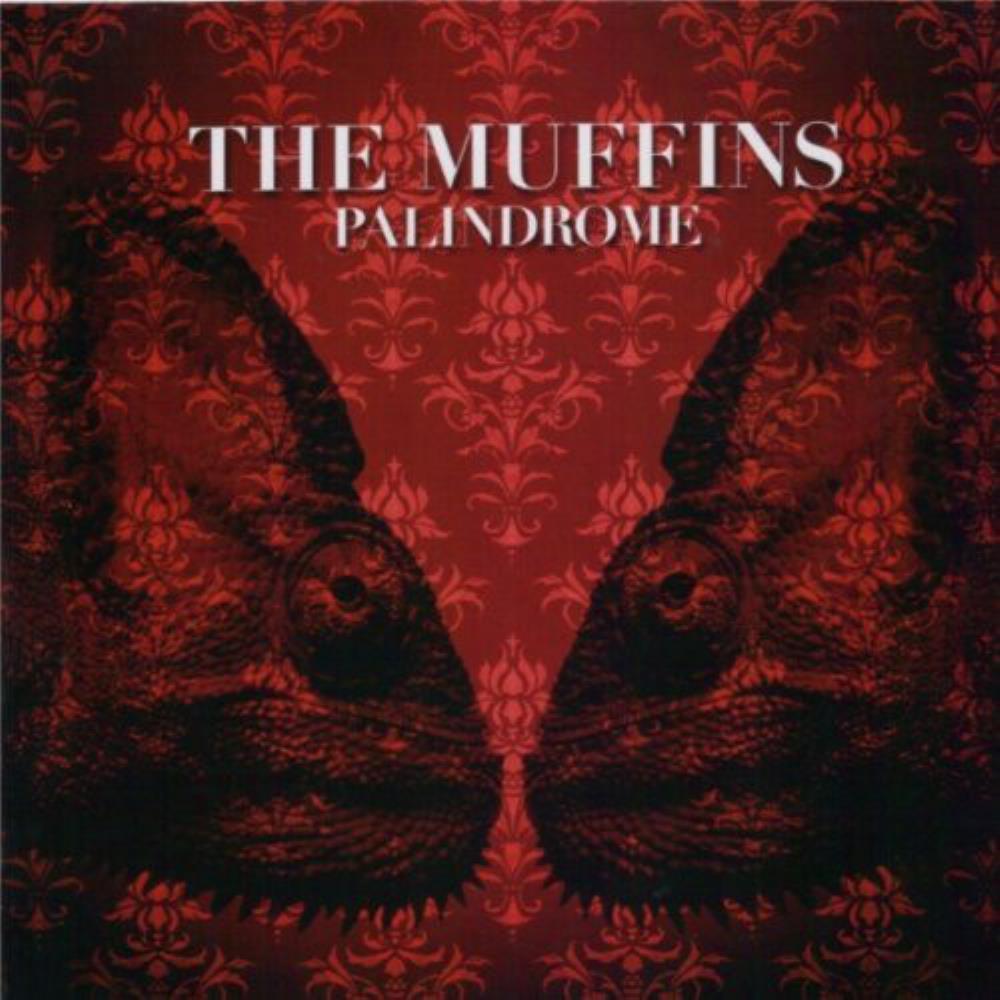
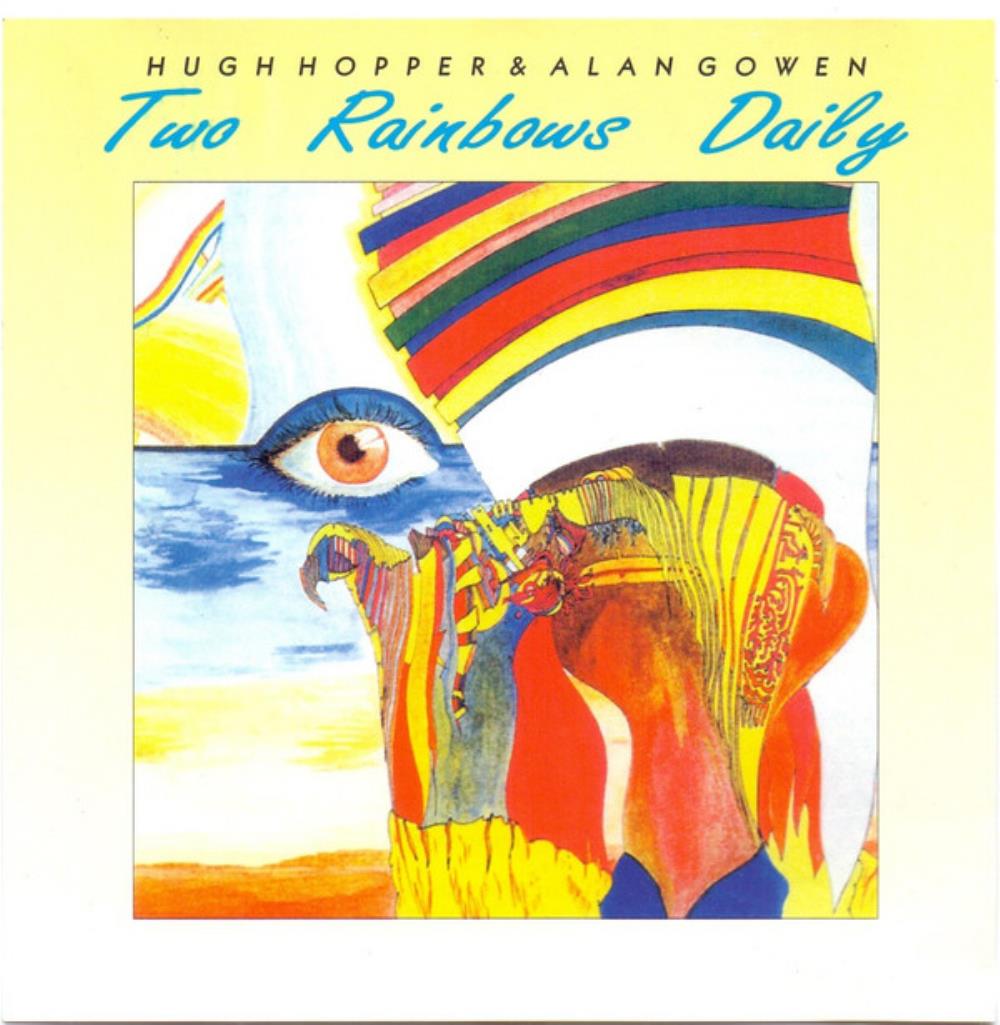
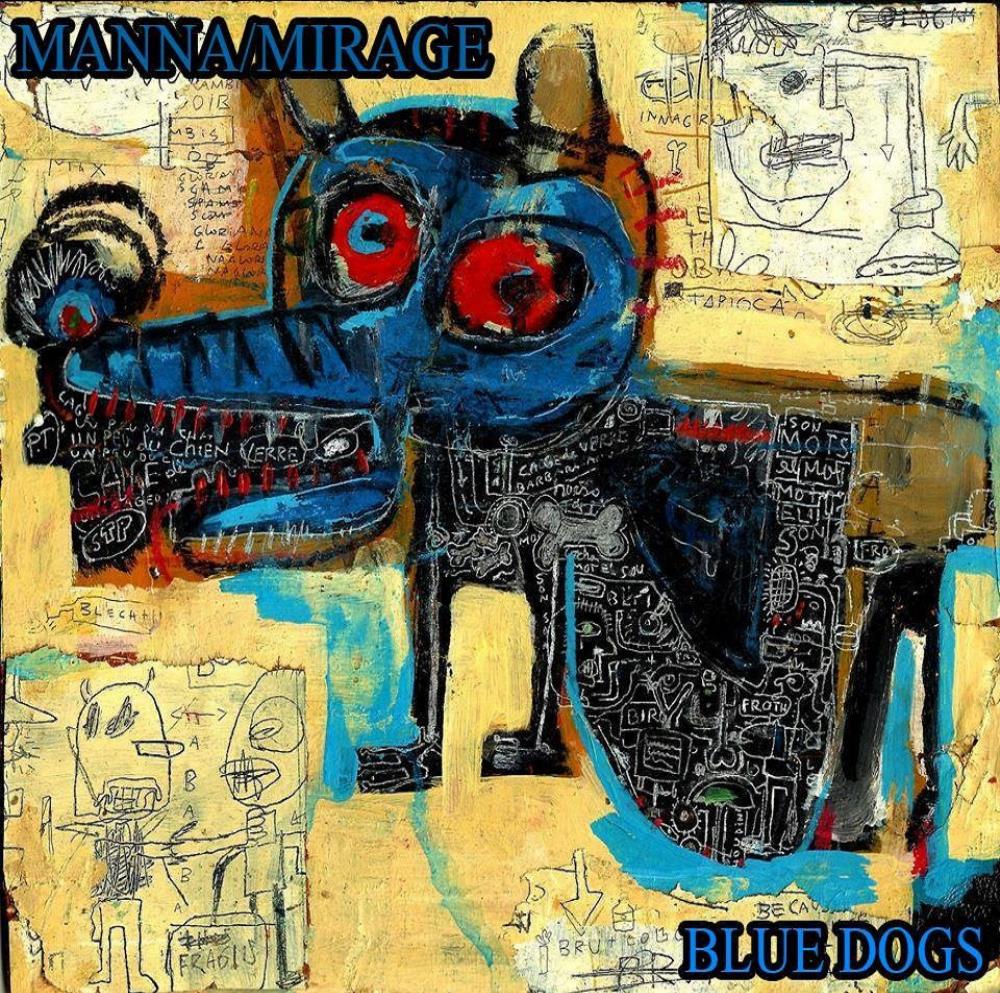
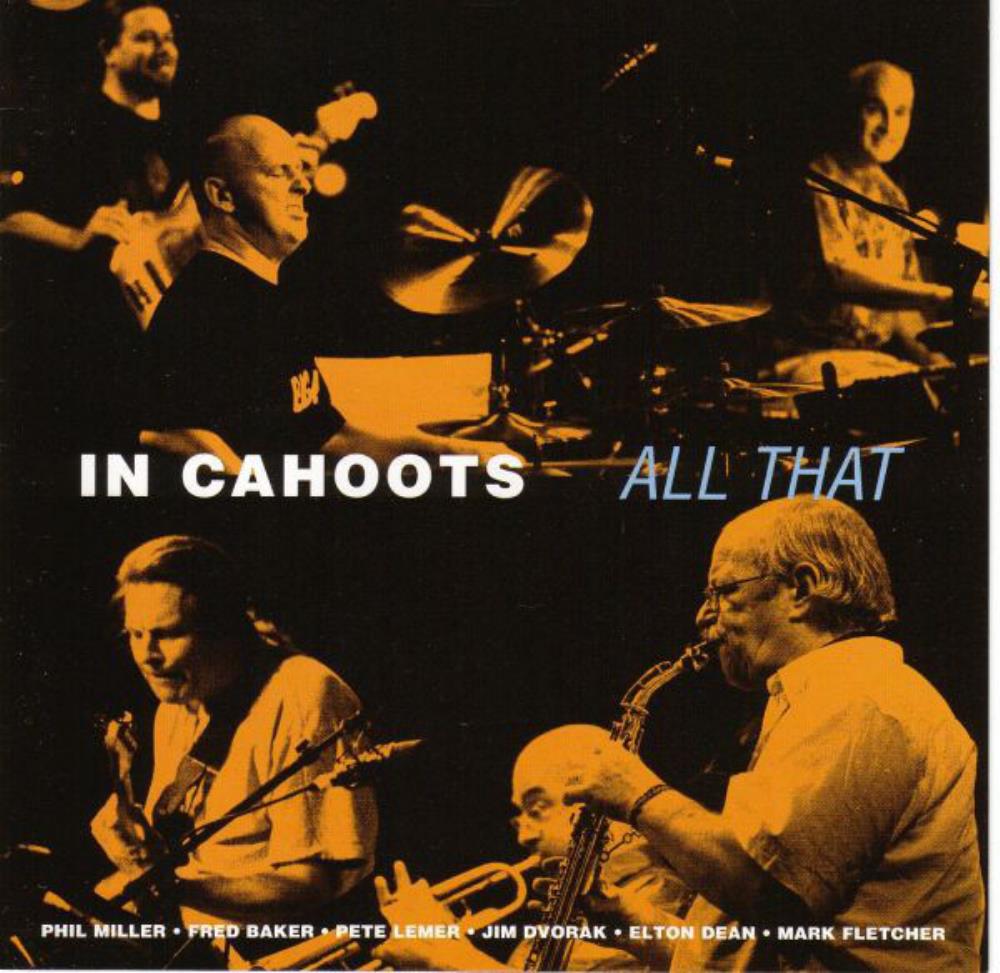
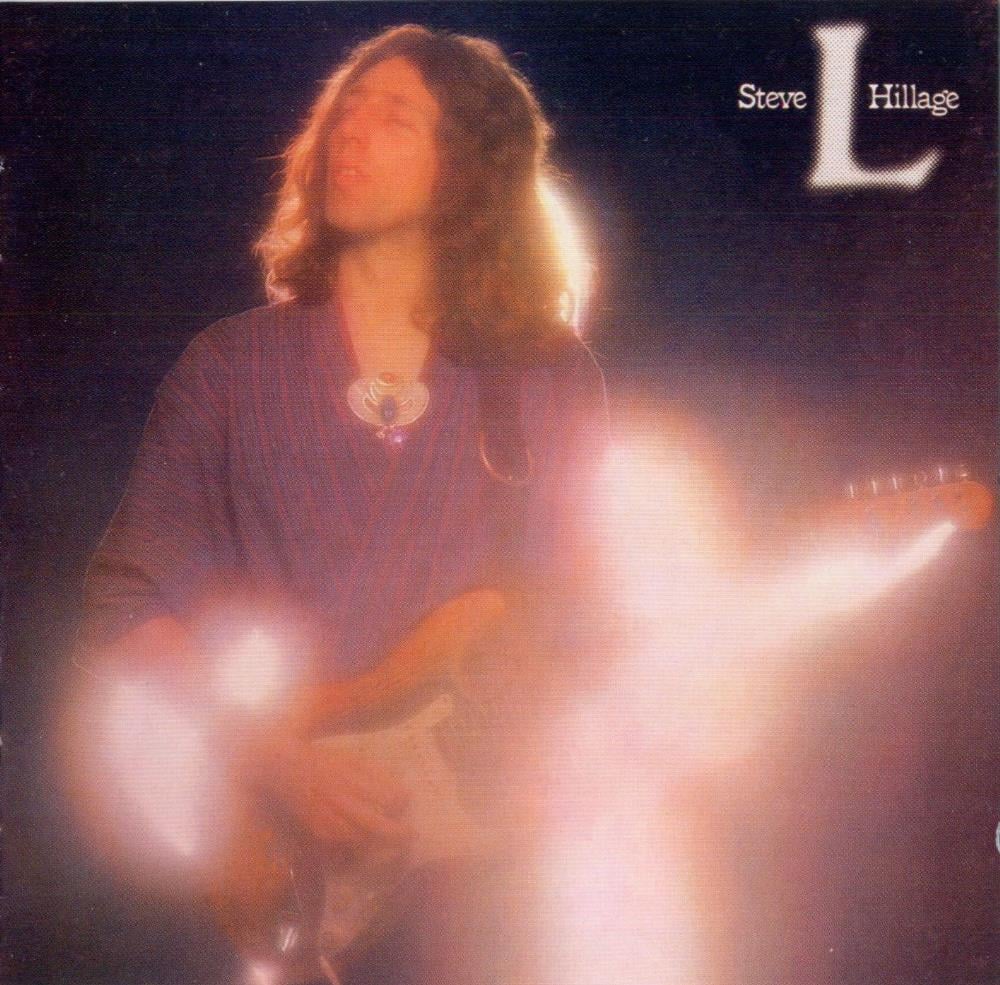

 |
| 